No products in the cart.
The Ultimate Guide to Blister Packaging: Everything You Need to Know About Retail Packaging for Effective Product Protection, Consumer Appeal, Practical Implementations & Execution
In this comprehensive article, we have gathered all the essential information about blister packaging to help you make informed decisions for your product packaging needs.
Whether you are a business owner, a product designer, or simply curious about packaging solutions, this guide has got you covered.
You can easily navigate through the 12 topics below by clicking on the section of your interest to delve into the specific aspects of blister packaging that matter most to you.
Topics Covered (click to scroll to topic):
1. Introduction to Blister Packaging
2. Types of Blister Packaging In Depth
3. Materials Used in Blister Packaging
4. Designing Blister Packages
5. Manufacturing Process
6. Equipment Used in Blister Packaging
7. Quality Control & Testing
8. Regulations and Standards
9. Choosing a Blister Packaging Partner
10. Glossary
11. Frequently Asked Questions
12. Conclusion
Let’s explore the world of blister packaging together!
1. Introduction to Blister Packaging
Welcome to the world of blister packaging, an integral element in the retail packaging landscape. This packaging solution combines the strength of a meticulously formed plastic cavity with the security of a backing card or a lidding seal, offering not just a protective shield for your products, but also an appealing display. Designed to hug the product securely within, blister packaging ensures unparalleled protection during transport, and a customer-friendly display once it hits the shelves.
Definition of Blister Packaging
By definition, blister packaging is a marriage of two critical elements – a custom-formed plastic cavity and a secure backing card or lidding seal. The result is a resilient shell that safeguards your product while enhancing its appeal to the end consumer.
The journey begins with the plastic cavity, skillfully shaped to comfortably hold the product, serving as the first line of defense against potential damage. Picture it as a custom-molded shield, offering tailor-fit protection for your unique product. Next, we have the backing card or lidding seal. Acting in concert with the cavity, it provides a robust barrier against external threats, effectively securing the product within its protective cocoon.
But blister packaging transcends mere product protection; it’s an influential marketing tool. Thanks to advancements in blister packaging machines and the availability of diverse blister packaging supplies such as blister packs & customizable tooling personalizing the packaging to reflect your brand has never been more accessible.
Furthermore, the concept of blister packaging extends to the domain of clamshell packaging. Clamshell sealing machines enable you to package products using clamshell packs offer an elevated level of protection, proving invaluable for heavier items.
As we venture further into the universe of blister packaging, clamshell packaging, and the wide range of retail packaging supplies, understanding the fundamentals of these packaging solutions is pivotal. With a clear comprehension of their advantages and applications, you’re equipped to make informed choices that enhance your product’s protection and presentation. Join us on this enlightening exploration of blister packaging and beyond, arming you with the indispensable knowledge for your retail packaging endeavors.
Common Uses of Blister Packaging
Explore the widespread application of blister packaging, a versatile tool utilized across a myriad of industries due to its superior product protection and aesthetic allure. One can’t overstate its prevalence in areas like pharmaceuticals, where blister packaging safeguards delicate items like pills and capsules. It ensures the product’s integrity while providing a user-friendly means to track medication usage. For these types of products you will need to use a clean room blister packaging machine as seen in the image below.
Let’s summarize some the key uses in common industries that utilize blister packaging:
- Pharmaceutical Industry: Blister packaging is extensively used to protect and manage medications such as pills and capsules. It ensures product integrity and offers a user-friendly way to monitor dosage.
- Consumer Electronics: Small electronics and accessories, including headphones, charging cables, and memory cards, frequently utilize blister packaging for protection and visibility.
- Toy Industry: Blister packaging is common for a variety of toys, from collectibles to action figures, offering a clear view of the product to consumers.
- Hardware: Small components such as screws, nails, and bolts are often packaged in blister packs, making identification easier and offering efficient storage solutions.
- Personal Care Products: Items like toothbrushes, razors, and makeup brushes are commonly found in blister packs, offering both protection and an attractive display.
- Pet Products: From toys to small accessories, blister packaging is widely used in the pet product industry to protect and display products effectively.
- Fishing Industry: A diverse range of fishing lures and tackles are housed in blister packs, offering clear visibility and secure packaging.
- Sporting Goods: Blister packaging finds application in packaging golf products, hunting gear, and even specialized items like duck calls.
- Cosmetics: Blister packs are popular in the cosmetic industry, housing products like lipsticks and compact powders. They offer high visibility and emphasize the product’s aesthetic appeal.
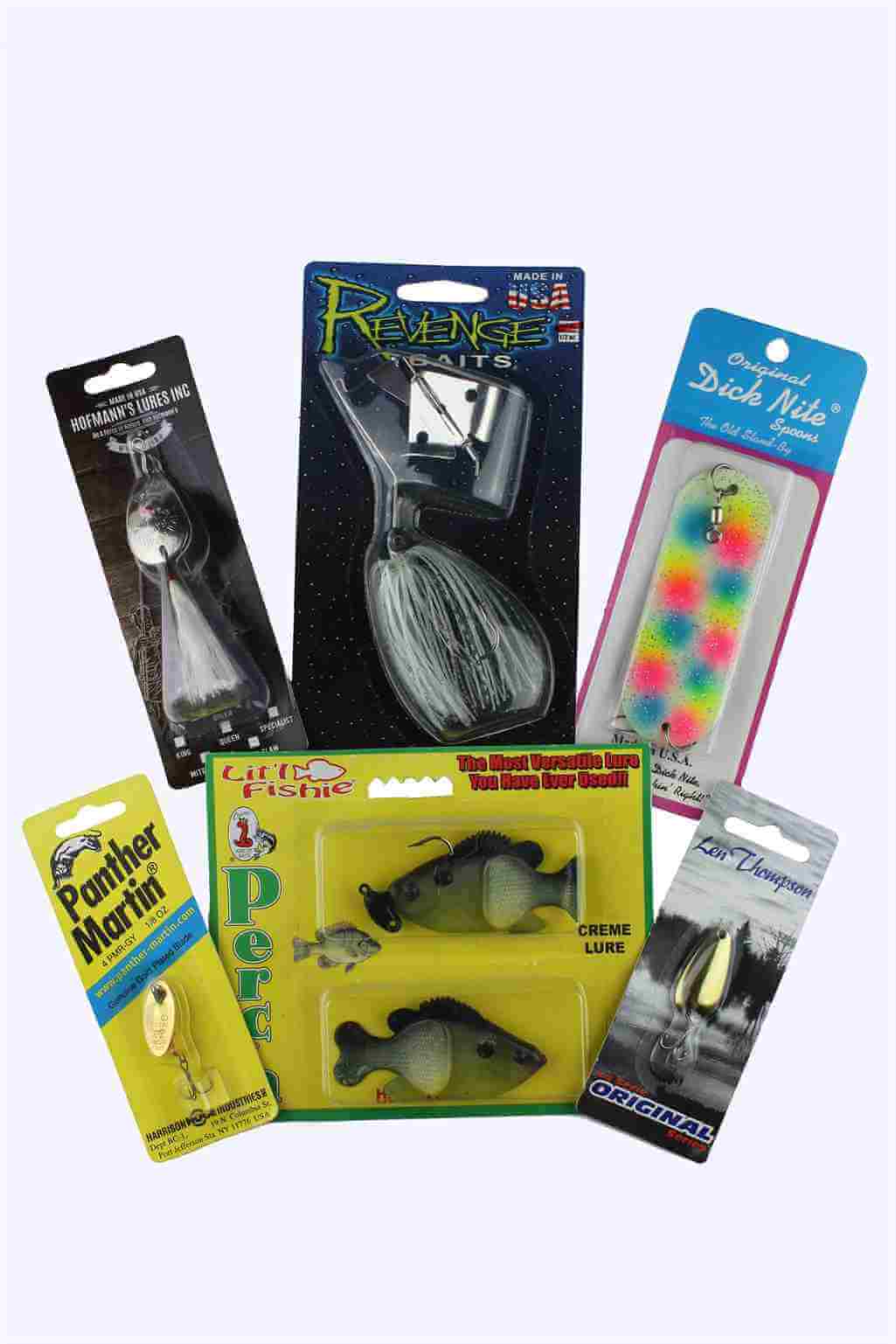
In essence, the utilization of blister packaging spans a diverse range of industries, from healthcare to cosmetics and electronics to sports equipment. With advancements in blister packaging machines and an extensive variety of packaging supplies available, businesses can effectively harness the benefits of blister and clamshell packaging for their unique products.
Importance of Blister Packaging
Blister packaging holds a dominant position in the world of packaging for an array of compelling reasons. First and foremost, it offers exceptional product visibility. The transparent blister, usually formed from sturdy PVC or PET, beautifully showcases the product, enticing the prospective buyer and boosting retail appeal.
Moreover, the design of blister packaging provides indisputable evidence of any tampering, offering consumers peace of mind about product integrity. Furthermore, the sturdy blister provides a protective cocoon for the product, safeguarding it from damage during transportation or on store shelves. It’s not a surprise then that an array of products, ranging from cosmetics and hunting products to pet supplies, have found a safe haven in blister packaging.
Blister packaging also shines when it comes to consumer convenience. Easy-to-open perforations or ‘pop-through’ designs, particularly in pharmaceutical blister packs, ensure a hassle-free experience for the end-user. Additionally, the unit dose packaging capability of blister packs, especially prevalent in the pharmaceutical sector, enhances user convenience, prevents medication errors, and assists with adherence to dosage regimes.
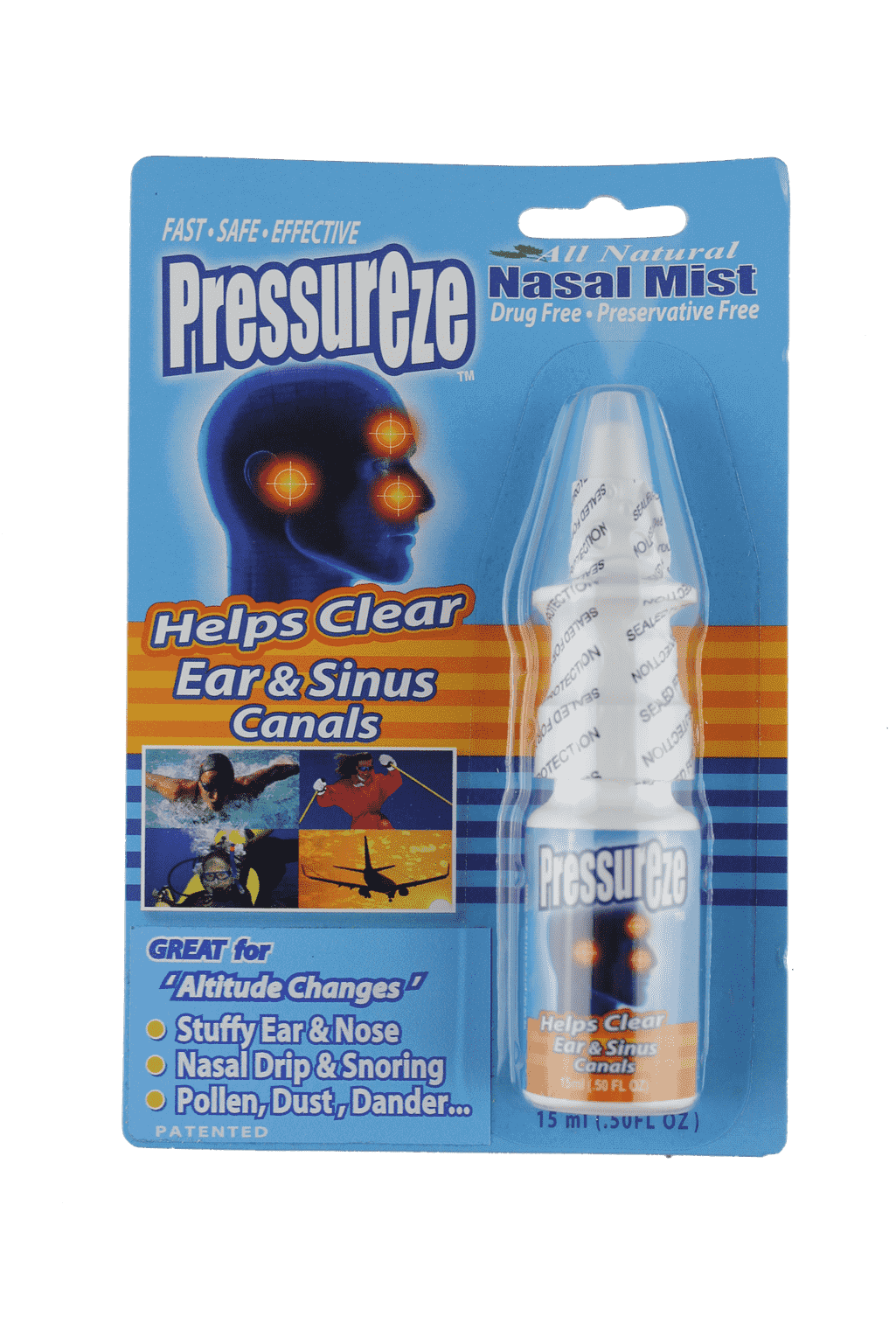
Let’s delve into these key points about the importance of blister packaging:
- Product Visibility: One of the core advantages of blister packaging is the product visibility it offers. The clear plastic blisters allow customers to view the product directly, which can influence purchasing decisions and reduce return rates.
- Tamper Evidence: Blister packs provide clear evidence if a product has been tampered with. It’s especially critical for products like pharmaceuticals, where product integrity is paramount. Once a blister pack is opened, it cannot be resealed, thus providing an extra layer of consumer safety.
- Product Protection: Blister packaging provides a physical barrier to the product, protecting it from external factors such as moisture, UV light, and impact during transit. The rigid structure of the blister offers excellent resistance to shocks, preserving the product in its original condition.
- Consumer Convenience: Blister packaging enhances consumer convenience in several ways. For instance, in pharmaceuticals, each tablet or capsule can be individually packed, making it easier for consumers to manage dosages. Similarly, for retail products, the backing card can provide product information and instructions in a concise, accessible manner.
- Cost-effectiveness: Lastly, blister packaging is a cost-effective solution. The materials used, primarily plastic and cardstock, are relatively inexpensive. Also, with efficient blister packaging machines, the process can be automated, reducing labor costs and improving production speed.
With the right blend of blister packaging machines and supplies, blister packaging proves to be a versatile, secure, and consumer-friendly solution. Whether it’s enhancing retail visibility, providing tamper-evidence, ensuring product protection, or delivering consumer convenience, blister packaging invariably emerges as a popular choice.
Brief History of Blister Packaging
The evolution of blister packaging is a fascinating journey that begins in the early 20th century. Its birth was a response to the market’s demand for a reliable, cost-effective, and user-friendly packaging solution. What started as a rudimentary concept, focused mainly on function, has matured over time into a sophisticated blend of aesthetics, utility, and marketing prowess.
Historically, blister packaging started gaining prominence in the 1950s. The pharmaceutical industry was among the early adopters, lured by the efficiency and protection offered by blister packs. Over the years, advancements in blister packaging machines and materials led to more refined and varied designs, expanding its use to other sectors.
But the transformation didn’t stop there. With innovations in blister packaging supplies and the advent of clamshell packaging, a variant of blister packaging, the 1980s witnessed a new level of customization and durability. This era also saw an increase in the use of heat-seal coating, making the packaging process more efficient.

Fast forward to today, blister packaging has become an indispensable part of retail packaging supplies. Its applications are widespread, from packaging golf products and fishing tackle to cosmetics and pet products. Through constant innovation and adaptability to market needs, blister packaging has indeed etched a prominent mark in the packaging industry. Undoubtedly, the evolution of blister packaging is a testament to the industry’s ingenuity and its ability to respond to changing consumer and market needs.
Learn more about POWERPAK Industries, LLC’s history in the blister packaging industry here.
Differentiating Blister Packaging
Distinct from other packaging methods, blister packaging has carved its niche by offering unique advantages in terms of product visibility, security, and convenience. By comparison, clamshell packaging, another type of thermoformed plastic packaging, has a hinged lid that encloses the product completely. Although clamshell packs provide excellent protection, blister packs surpass them in terms of cost-effectiveness due to their simpler design and the use of less material.

Let’s delve into the main types:
- Face Seal Blister: A widely adopted blister packaging method, the face seal blister features a custom-formed plastic blister that’s sealed to a card, offering exceptional product visibility. However, it doesn’t protect the edges of the card, and hence, is best suited for lighter, less fragile items such as stationery or small electronic components.
- Full Face Seal Blister: This is a variation of the face seal blister where the blister completely covers the card, providing added security and protection. Ideal for retail products like cosmetics or small hardware items, the full face seal blister ensures the packaged product stays secure and visually appealing.
- Trapped Blister: Trapped blister packaging involves sealing the plastic blister between two cards, delivering enhanced security. The high-quality aesthetic appeal and robust product protection make this type an excellent choice for pricier items, including premium fishing tackle or exclusive cosmetic products.
- Clamshell Packs: A stalwart in blister packaging, clamshell packs consist of a hinged blister that encloses the product entirely, providing optimal visibility and product protection. It’s often heat-sealed or stapled and is used widely for high-value or heavier items, such as golf products or high-end electronics.
- Slide Blister: Here, the blister pack slides onto a card that features a fold-over flap. Slide blisters offer strong product protection and are commonly used for heavier items, like tools or hunting products.
- Fold-Seal™ Packs: Fold-Seal™ Packs are exclusively designed to be completely recyclable, marking a significant step towards a greener future.
The type of blister packaging you choose hinges on the nature of the product, its weight, and your presentation preferences. As you navigate your options, consider the strengths and limitations of each type, and the impact your choice will have on the overall consumer experience.
Blister packaging, with its myriad features, stands apart from other packaging methods. Whether it’s blister cards for pharmaceuticals, blister packs for toys, or even blister packaging machines used to streamline production, this method has proven to be both adaptable and practical for various industry needs.
Elements of Blister Packaging
Delving into the world of blister packaging, we encounter two key components: the blister itself and the backing. Firstly, the blister, a thermoformed plastic cavity, acts as a robust yet transparent shield. Its tailored shape not only encloses the product securely but also maintains its integrity during transportation and display. Its transparency, meanwhile, allows customers to view the product without opening the package, increasing buyer trust.
On the other hand, the backing, or blister card, forms the rear part of the packaging. It can be made from diverse materials, such as cardstock, foil, or plastic, depending on the product requirements and the degree of protection needed. Often, it’s sealed to the blister using heat or high-frequency ultrasonic energy through a blister packaging machine, creating a bond that only the end-user breaks. Cardstock backings also provide ample space for product information, branding, and instructions, adding to the overall retail appeal.

Here are the key components of retail blister packaging:
- The Blister: The ‘blister’ in blister packaging is the transparent, pre-formed plastic cavity that encloses the product. It’s usually made from thermoformed plastic, often PVC or PET, allowing customers to view the product directly. Besides visibility, it also provides a physical barrier, protecting the product from impact, tampering, and external contaminants.
- The Backing: The backing or blister card is what the blister is sealed onto. It can be constructed from various materials such as cardstock, foil, or plastic. The backing often carries essential product information, branding elements, and barcodes. In clamshell packs, which is a type of blister packaging, the backing can be another plastic shell, creating a hinged package that opens and closes like a clamshell.
- The Seal: The seal ensures the blister and backing stay secure. Sealing can be achieved using heat or high-frequency ultrasonic vibrations. Reliable blister packaging machines are pivotal for efficient sealing.
- Product: Last, but far from least, is the product itself. From toys and hardware to pharmaceuticals and electronics, blister packaging accommodates a broad array of products. The selection of the other elements often depends on the product’s characteristics.
Regardless of whether it’s a simple tool, an intricate fishing lure, a delicate cosmetic product, or even retail packaging supplies themselves, each item finds its custom-fit home in the world of blister packaging. Consequently, these two fundamental elements work harmoniously to deliver product protection, marketing benefits, and customer convenience, making blister packaging a versatile solution in the retail industry.
Benefits of Blister Packaging
Unraveling the benefits of blister packaging, one cannot overlook its cost-effectiveness, product protection, and marketing advantages. Firstly, the simplicity of its design translates into lower production costs. Be it a fishing lure or a sophisticated golf gadget, utilizing blister packaging machines allows for rapid, efficient packaging production, saving businesses both time and money. Furthermore, as a bonus, the minimized use of materials in blister packs reduces waste, promoting environmental consciousness.
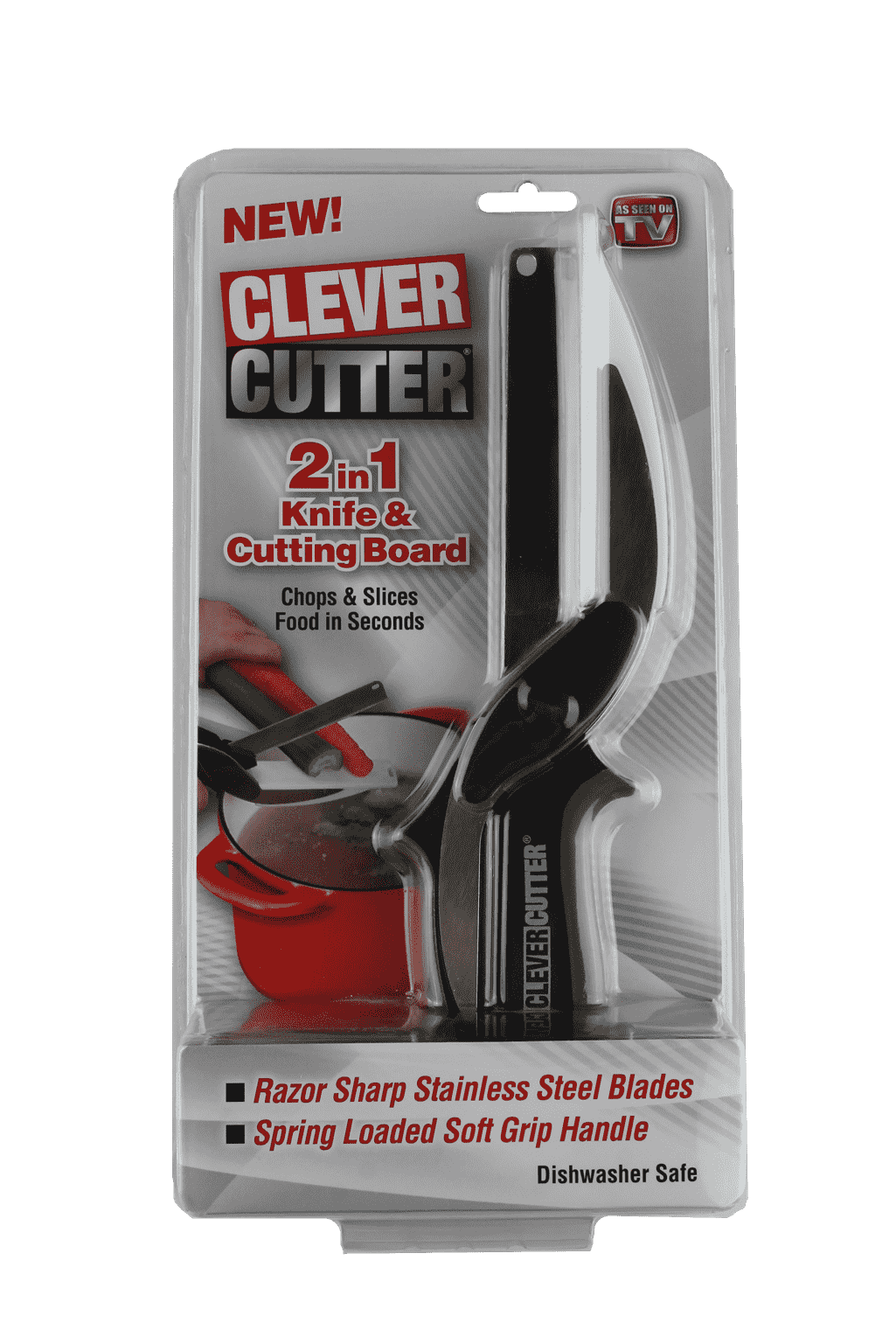
Secondly, the secure sealing of blister cards and packs provides unparalleled product protection. This is crucial, not just for delicate cosmetics and pet products, but also for the robust hunting tools and duck calls. It shields the products from environmental conditions, handling, and tampering, thereby enhancing customer trust and product longevity.
Finally, the marketing advantages of blister packaging are extensive. The high product visibility through the clear blister allows customers to see the product before purchase. Additionally, the ample space on the blister cards allows for vibrant artwork and crucial product information, transforming the packaging itself into a marketing tool.
Here are the key benefits:
- Product Visibility: Blister packaging, with its transparent plastic cover, prominently displays the product, giving consumers a clear view of what they’re purchasing. This visual assurance helps to boost consumer confidence, consequently enhancing sales.
- Tamper-Evidence: A key advantage of blister packaging is its tamper-evident nature. Once a blister pack is opened, it’s immediately apparent, providing a clear indicator of product integrity. For industries such as pharmaceuticals and electronics, this feature is paramount in ensuring safety and quality.
- Cost-Effective: From a production perspective, blister packaging is often more cost-effective than other forms of packaging. The materials used are generally inexpensive, and the production process can be easily automated with the use of blister packaging machines, reducing labor costs.
- Versatility: Blister packaging caters to a wide range of products, from medication to small consumer electronics, making it a versatile packaging solution. Its ability to be customized in shape and size allows it to meet the diverse needs of different industries.
- Durability: Blister packs provide excellent protection from external elements, such as moisture, dust, and UV light. The hard plastic shell safeguards against physical damage, enhancing the product’s shelf life.
Therefore, the myriad benefits offered by blister packaging make it a go-to solution for diverse industries and an integral part of retail packaging supplies. With these advantages, it’s no wonder that its popularity continues to soar.

Drawbacks or Limitations of Blister Packaging
Though blister packaging offers an array of benefits, it’s essential to understand its limitations as well. First, some consumers express difficulty in opening blister packs, which is a vital consideration, especially for products aimed at seniors or children. This difficulty may extend to products like cosmetics or pet items that are frequently accessed, potentially leading to user frustration.
Moreover, although the lean design of blister packaging minimizes material use, the environmental impact of the materials used in blister packaging supplies should not be overlooked. The use of PVC in many blister packs has raised concerns due to its limited recyclability and potential environmental harm. As a result, manufacturers have been pushed to explore greener alternatives like PET and RPET.
Finally, the visibility that is such an asset to marketing can sometimes act as a disadvantage. High-value items are susceptible to theft due to this visibility, so additional security measures might be needed in retail settings.
Below are the key drawbacks:
- Difficult to Open: One common complaint about blister packaging is that it can be challenging to open. The plastic is tough and durable, which is excellent for protection but can lead to a frustrating experience for consumers. This can particularly be an issue for seniors or individuals with reduced hand strength.
- Limited Space for Branding: Compared to other forms of retail packaging, blister packaging provides less space for branding and information. While the transparent cover showcases the product well, it doesn’t leave much room for logos, descriptions, or other marketing material. Businesses often need to rely on the blister cards for this information, limiting the overall design scope.
- Environmental Concerns: The plastic used in blister packaging often contributes to environmental pollution. The recycling process is not straightforward, as the pack often contains different materials (like cardstock and plastic), which need to be separated before recycling.
- Not Suitable for All Products: While blister packs are versatile, they aren’t suitable for all product types. Bulky or irregular-shaped items may not fit well into standard blister packaging, necessitating custom solutions, which can increase costs.
These challenges, however, have encouraged innovation within the industry, resulting in safer, easier-to-open and more environmentally-friendly packaging solutions, including clamshell packs and more. Therefore, understanding these limitations is as vital as acknowledging the advantages when choosing the right packaging solution.
2. Types of Blister Packaging In Depth
Introduction Into The Different Types of Blister Packaging
Welcome to the dynamic and versatile world of retail packaging, where blister packaging enjoys broad acceptance due to its diverse applications. Let’s navigate the different types of blister packaging: face seal, full face seal, trapped blister, and clamshell, and delve into their key attributes.
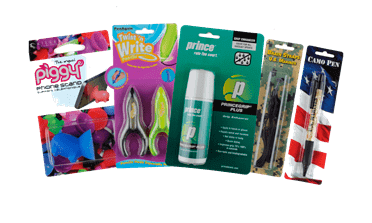
Face Seal Packaging: This variant of blister packaging connects a blister to a blister card through a heat-sealing process. Due to its conservative use of materials, it’s an economical option. However, this type of blister pack only covers part of the card, leaving the rear exposed.
Full Face Seal Blister Packaging: True to its name, this type of blister pack seals the card entirely from edge to edge, thereby providing additional security. This packaging method is particularly suitable for lighter products, and it enhances the perceived value of the product.
Trapped Blister Packaging: Trapped blister packaging method places a product between two sealed cards surrounding the blister, perfect for heavier products. It also provides plenty of space for branding and vital product information, making it a popular choice.
Clamshell Packs: As hinged, one-piece packages, clamshell packs fold onto themselves, encapsulating a product much like a shell. These packs not only offer excellent product visibility but also provide a high degree of protection. Hence, they’re an ideal choice for fragile and high-value items.
Fold-Seal™ Packs: Fold-Seal™ Packs are exclusively designed to be completely recyclable, marking a significant step towards a greener future.
In essence, each packaging method carries its unique benefits. Therefore, gaining an understanding of their key features can aid in selecting the right blister packaging to meet your product’s needs.

Face Seal
Starting with face seal packaging, this format involves a blister card with a portion attached via a heat-sealing process. Known for its cost-effectiveness, it employs less material, leaving the card’s back visible. It’s ideal for lightweight products where the back exposure won’t compromise the product’s integrity.
In the diverse universe of blister packaging, face seal packaging stands out, acting as a frontrunner for affordability and efficiency. This format, remarkably simple yet brilliantly efficient, utilizes a blister card that’s partially attached through a heat-sealing process. The partial attachment does more than just cut down on blister packaging supplies – it leaves the back of the card visible, offering an additional display surface. Now, you might be wondering, “How does that translate into a win for my product?” Well, this visibility offers an opportunity to infuse your product with a distinctive edge in the crowded retail space. However, this is most effective for lightweight items, ensuring that the product’s integrity is not compromised by its exposure. With face seal blister packaging, you can effortlessly balance cost-effectiveness and consumer appeal, making it a smart choice in the complex realm of retail packaging.
Here’s a detailed look of examples:
- Toys: Face seal blister packaging is a go-to for many toy manufacturers. It provides a cost-effective solution that allows the product’s vibrant display, boosting its shelf appeal while maintaining security.
- Hardware Tools: Small hardware tools such as screws, nails, or hooks often find themselves packaged in face seal blister packs. The packaging’s transparent front enables customers to see the exact product, while the back card can carry detailed product specifications.
- Electronics Accessories: For smaller electronics accessories like USBs, earbuds, or charging cables, face seal blister packaging is an ideal choice. It protects the product from dust and damage while providing consumers with a clear view of the product.
- OTC Pharmaceuticals: Over-the-counter medications and health supplements often utilize face seal blister packaging for its efficiency and affordability. It ensures product integrity while providing ample space for necessary dosage and safety information.
Each application of face seal blister packaging highlights its multifaceted benefits: affordability, product visibility, and security. These advantages explain why industries ranging from toys to over-the-counter pharmaceuticals rely on this form of retail packaging.
Pro’s & Con’s of Face Seal Blister Packaging
In our blister packaging journey, face seal blister packaging emerges as an effective choice for a range of products. However, like any other packaging solution, it comes with its own set of pros and cons. Let’s explore these in detail:
Pros of Face Seal Blister Packaging:
- Cost-Efficiency: One of the most appealing advantages of face seal blister packaging is its cost-effectiveness. The manufacturing process requires less material compared to other packaging types, resulting in reduced costs.
- Product Visibility: Face seal blister packaging offers excellent visibility, allowing customers to view the product without opening the packaging. This feature enhances customer trust and boosts the chances of a sale.
- Versatility: Whether it’s toys, tools, or personal care products, face seal blister packaging serves a variety of industries. Its versatility extends its usage, making it a popular packaging choice for diverse products.
Cons of Face Seal Blister Packaging:
- Limited Security: While face seal blister packaging offers basic product protection, it may not be suitable for fragile or high-value items that require robust security.
- Not Eco-Friendly: Due to the use of plastic, face seal blister packaging is not the most environmentally friendly option. Brands conscious about their environmental footprint might need to explore alternative, greener packaging solutions.
- Opening Difficulty: Consumers often find it challenging to open blister packs. This minor inconvenience might affect the overall customer experience.
All in all, face seal blister packaging presents a mixed bag of pros and cons. While it’s cost-effective, offers great product visibility, and serves a variety of industries, its limited security, non-eco-friendly nature, and opening difficulties can’t be overlooked. However, for the right product, it can indeed be a practical retail packaging choice.
Full Face Seal
Taking a step further, the full face seal blister packaging provides a comprehensive seal from edge to edge. So, what does this mean for your product? Well, it offers heightened security and is well-suited for lighter products, creating an impression of higher value.
Full face seal blister packaging, often the next step in the blister packaging journey, brings a host of benefits to the table. Unlike its face seal counterpart, this design ensures a comprehensive seal, running from edge to edge. In essence, this packaging style acts as a safety blanket for your products, promising an added layer of security that consumers will appreciate. With a firm seal completely encasing the product, your customers will enjoy peace of mind knowing their purchase is safe from potential damage. And that’s not all. This packaging design isn’t just about functionality – it’s also a powerful marketing tool. By showcasing your product in a full face seal blister pack, you’re making a statement about your product’s value, even before consumers touch it. Despite being lightweight, this retail packaging technique can lend your product an air of prestige, transforming it from ordinary to extraordinary.

Let’s explore its common applications:
- Cosmetics: In the cosmetic world, full face seal blister packaging is frequently used for items like lipsticks, eyeliners, or nail polishes. This packaging not only lends an air of elegance but also ensures the product’s security and hygiene.
- Electronics: Small electronic devices, including memory cards, phone chargers, and batteries, are commonly packaged using full face seal blisters. The sturdy seal ensures the sensitive components are well-protected from external contaminants.
- Stationery: Full face seal blister packaging also finds extensive use in the stationery industry. From pens and pencils to erasers and sharpeners, this packaging type ensures these lightweight items are safely secured and well-displayed.
- Pharmaceuticals: Certain medications and health supplements also favor full face seal blister packaging. The complete sealing process ensures product integrity and tamper evidence while providing ample space for necessary dosage and safety information.
Indeed, full face seal blister packaging is a versatile packaging solution, satisfying the diverse needs of various industries. From cosmetics to pharmaceuticals, it’s a top pick for enhancing product security and showcasing product attributes effectively.
Pro’s & Con’s of Full Face Seal Blister Packaging
Pros of Full Face Seal Blister Packaging:
- Enhanced Branding: The full face seal blister packaging significantly amplifies branding opportunities. With ample space available on the blister card, companies can effectively utilize it to showcase brand identity and convey essential product information.
- Excellent Protection: Full face seal blister packaging offers impressive protection, thanks to its robust construction. Hence, it’s a preferred choice for securing valuable or fragile items against potential damages.
- Versatile Applications: From pharmaceuticals to electronics, the broad range of applications is another major benefit of full face seal blister packaging. It’s a versatile packaging solution that fits an array of industries’ requirements.
Cons of Full Face Seal Blister Packaging:
- Higher Costs: Due to the additional material used in the packaging, full face seal blister packs can be more expensive than other types of blister packaging.
- Environmental Concerns: Given that plastic is a significant component in this packaging, the environmental impact can be concerning. Thus, companies committed to sustainability might think twice before opting for full face seal blister packaging.
- Difficult to Open: As with other types of blister packs, full face seal blister packs can sometimes be challenging to open, which may cause some inconvenience to the customers.
To sum up, full face seal blister packaging offers superior protection, enhanced branding, and versatile applications, albeit at a higher cost, environmental concerns, and potential opening difficulties. Weighing these factors is essential in making an informed decision about the right retail packaging for your product.
Trapped Blister
The trapped blister packaging comes next, where a product finds itself comfortably sandwiched between two sealed cards. Given its robust construction, it’s an optimal pick for heavier products, offering ample space for vibrant branding and detailed product information.
The innovation in blister packaging doesn’t stop at full face seals. Trapped blister packaging is yet another excellent solution to consider. Picture a cozy sandwich with your product comfortably nestled between two securely sealed cards. Sounds secure, doesn’t it? Well, it certainly is! Designed with robust construction, this type of blister packaging is perfect for heavier products. Beyond its superior protective qualities, trapped blister packaging doubles as a blank canvas for showcasing your brand. Not only does it provide ample space for vibrant branding, but it also offers plenty of room for detailed product information. Therefore, while consumers can immediately identify your brand, they also have access to essential details, contributing to an informed purchase decision. Consequently, it’s safe to say that trapped blister packaging blends function with marketing finesse for a result that’s nothing short of impressive.
The common applications of trapped blister packaging, a favorite among manufacturers and retailers for its robust design and brilliant showcasing capabilities.
- Tools & Hardware: Trapped blister packaging shines when it comes to packing heavy tools and hardware items like drill bits, hammers, or screwdriver sets. The robust seal keeps the product securely in place while providing ample space for branding and detailed product information.
- Toys: Toy manufacturers often choose trapped blister packaging for action figures and small toy sets. The secure packaging protects the toys from damage and contamination while simultaneously showcasing the product to spark a child’s imagination.
- Electronics: For electronics like headphones, USB cables, or portable chargers, trapped blister packaging is an ideal choice. The firm seal offers robust protection, and the clear visibility allows customers to inspect the product without opening the packaging.
- Healthcare Products: From diagnostic kits to medical devices, healthcare products often use trapped blister packaging. The dual-card design safeguards the product and provides plenty of space for important instructions and safety warnings.
In summary, trapped blister packaging provides a harmonious blend of product protection and display benefits, making it a popular choice across various industries. From tools and toys to electronics and healthcare products, this packaging type continues to serve a diverse array of products with resounding success.
Pro’s & Con’s Of Trapped Blister Packaging
Next, let’s delve into the pros and cons of trapped blister packaging. Known for its sandwich-like structure where the product is encased between a layer of plastic and a blister card, trapped blister packaging can be an intriguing solution for your product packaging needs.
Pros of Trapped Blister Packaging:
- Superior Protection: Trapped blister packaging offers excellent product protection due to its double layer structure. Its unique design makes it an ideal option for delicate products susceptible to damage during transit.
- Visible Product Display: Even with its robust protection, trapped blister packaging allows clear visibility of the product, an aspect that can contribute to a product’s attractiveness in retail spaces.
- Increased Branding Space: With the product sandwiched between a card and plastic, there is ample space on both sides for branding, advertising, and necessary product information.
Cons of Trapped Blister Packaging:
- Higher Production Cost: Compared to its counterparts, trapped blister packaging can be relatively expensive due to the extra material and manufacturing processes involved.
- Environmental Impact: Just like other blister packs, the plastic component of trapped blister packaging poses environmental concerns. Companies with strong eco-friendly policies may need to consider this.
- Difficult to Open: A common issue with most blister packs, including trapped ones, is the challenge consumers often face when opening them.
While trapped blister packaging provides high-level protection, product visibility, and increased branding space, the consideration of a higher production cost, environmental impact, and potential difficulties in opening is paramount. Understanding these pros and cons can guide you to choose the best-suited blister packaging for your products.
Clamshell Packs
Characterized by its hinged, one-piece design, the clamshell pack folds onto itself, encasing a product in a ‘shell’. It not only offers an excellent visual showcase of your product but also provides stellar protection. This makes it a top contender for fragile and high-value items.
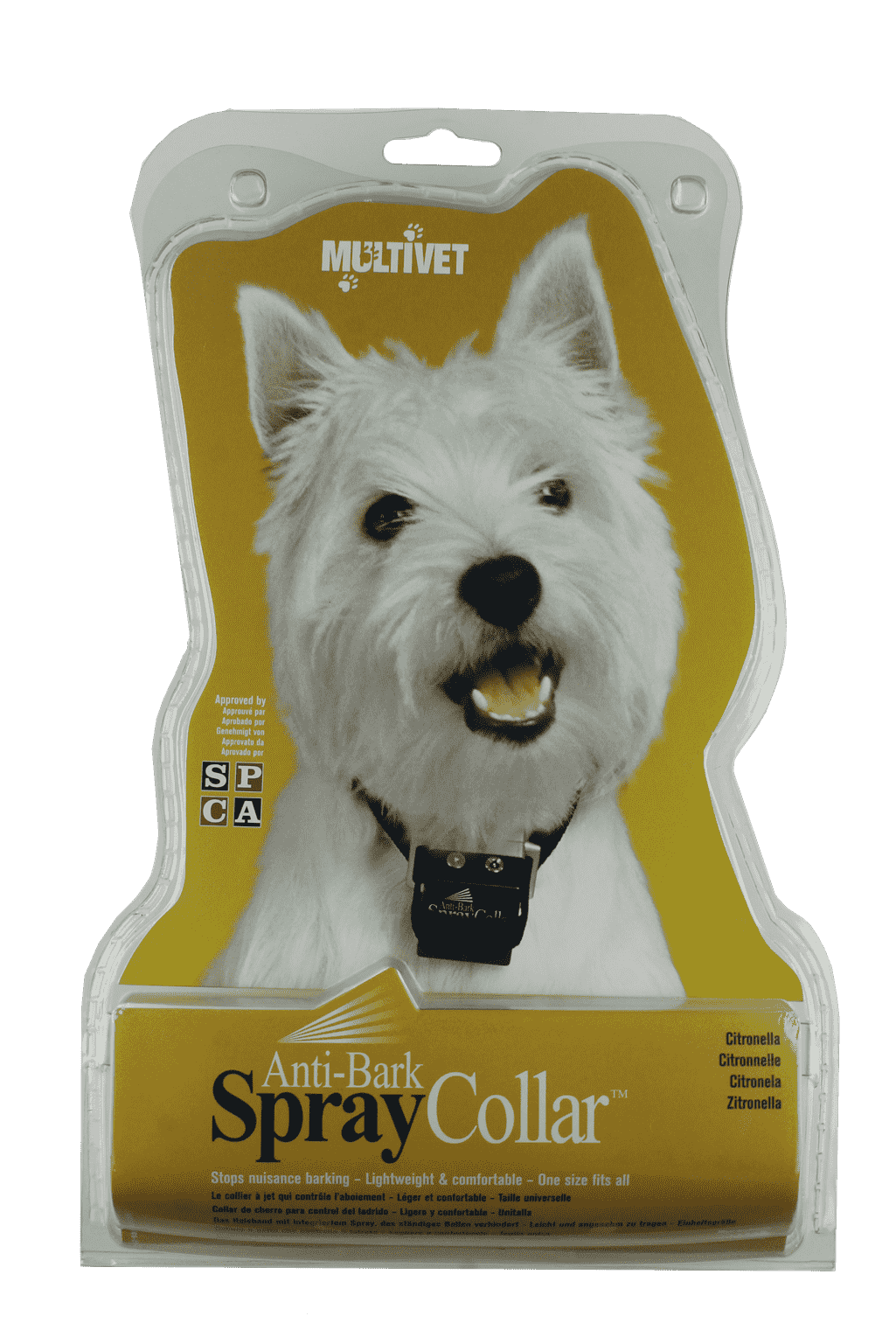
As we delve deeper into the world of blister packaging, we can’t skip mentioning the role of clamshell packs. If you’ve ever marveled at a product perfectly encapsulated in a clear ‘shell’, you’ve encountered a clamshell pack. Distinguished by its hinged, one-piece design, the clamshell pack cleverly folds onto itself, neatly enclosing your product within. But, its genius doesn’t stop there! This design goes beyond mere aesthetics. Indeed, while it superbly showcases your product, it concurrently offers stellar protection against the rigors of retail environments. For fragile and high-value items, a clamshell pack is a leading choice. It not only protects but also enhances your product’s visibility, creating an irresistible visual appeal. In essence, if protection and presentation are your top priorities, clamshell packs might be your go-to blister packaging solution.
The widespread uses of clamshell packaging, a packaging choice admired for its robust protection and visual appeal.
- Electronics: Clamshell packaging is commonly used for smaller electronics such as headphones, phone accessories, and memory cards. Its secure closure and clear view allow customers to inspect the product without compromising its integrity, adding a level of confidence during the purchase decision.
- Food Products: For fresh fruits, bakery items, or prepared salads, clamshell packaging is a popular choice. Its clear, secure, and resealable features maintain product freshness while providing consumers with a view of the food inside, enhancing their shopping experience.
- Personal Care Products: Ranging from high-end cosmetic items to everyday toothbrushes, clamshell packaging offers an excellent showcase for personal care products. The clear view ensures that customers can see exactly what they’re buying, while the robust design prevents any damage during transportation.
- Sporting Goods: Smaller sporting goods, such as golf balls or fishing equipment, often use clamshell packaging. This format offers excellent protection and visibility, allowing customers to assess the quality and details of the items before purchasing.
In a nutshell, clamshell packaging offers an unbeatable combination of robust protection, visual appeal, and practicality. Its versatility extends across industries, from electronics and food products to personal care items and sporting goods, enhancing both the retailer’s product presentation and the customer’s shopping experience. It’s easy to see why it continues to be a popular choice in retail packaging.
Pro’s & Con’s Of Clamshell Blister Packaging
To continue our exploration, let’s consider the pros and cons of clamshell blister packaging, a unique and versatile solution in the world of blister packaging. This packaging type, as its name suggests, resembles a clamshell with its hinged design that opens and closes like the shell of a clam.
Pros of Clamshell Blister Packaging:
- Robust Protection: The hardy plastic shell provides superior protection against physical impacts, making it ideal for fragile items.
- Transparent Display: The transparent nature of clamshell packs allows customers to view the product from all angles, enhancing the in-store experience.
- Tamper-Evident: Once sealed, clamshell packaging is notoriously hard to open, making it an excellent deterrent against theft and ensuring product integrity.
Cons of Clamshell Blister Packaging:
- Difficult to Open: Ironically, the same feature that provides security can be a significant drawback. Consumers often find clamshell packs challenging to open, leading to the phenomenon known as “wrap rage.”
- Costlier Option: The manufacturing process and the amount of material used in clamshell packaging can make it more expensive than other blister packaging options.
- Environmental Impact: Like all blister packs, clamshell packaging has an environmental impact due to its plastic content, which is a crucial consideration for eco-conscious companies.
While the clamshell blister packaging offers robust protection, a transparent display of products, and tamper-evidence, you need to consider the drawbacks of potentially frustrating the end-users, slightly higher costs, and environmental concerns. Your product’s unique needs and target audience preferences should guide your choice in the vast landscape of blister packaging options.
Fold-Seal™ Packs
Introducing a groundbreaking solution within the packaging industry – Fold-Seal™ Packs. As the world edges towards sustainable practices, it’s crucial for industries to align. First, Fold-Seal™ Packs represent a revolutionary leap in this direction by reducing the use of plastic in packaging, aligning perfectly with eco-conscious business practices. These packs, unlike traditional blister packs, leverage state-of-the-art design and materials to secure products efficiently without compromising environmental responsibility.
In addition, Fold-Seal™ Packs are not only a greener option, but they also offer robust protection for your items. Through a unique blend of flexibility and strength, these packs safeguard your products during transit, minimizing damage and ensuring customer satisfaction.
Moreover, adopting Fold-Seal™ Packs doesn’t require a complete overhaul of your existing packaging equipment. Many blister packaging machines can adapt to these packs with minimal modification, allowing a smooth transition for businesses seeking a more sustainable packaging method. As such, if you’re on a mission to reduce your carbon footprint while maintaining high packaging standards, Fold-Seal™ Packs offer the perfect blend of efficiency and responsibility.
So, are you ready to take the next step towards sustainability? Embrace the future with Fold-Seal™ Packs, and join countless other businesses revolutionizing their retail packaging strategies. There’s no better time than now to invest in the future – a future that values both our planet and profit.
Common uses of old-Seal™ Packs
Let’s delve into some of the top applications where Fold-Seal™ Packs can make a significant impact:
- Pharmaceutical Industry: In an industry where safety and security are paramount, Fold-Seal™ Packs offer a reliable solution. With its robust and secure design, these packs ensure the integrity of the product, preventing tampering and contamination. As a result, they become a top choice for packaging tablets, capsules, and other medical supplies.
- Electronics: Small electronic components, especially those susceptible to static electricity, can benefit from Fold-Seal™ Packs. Thanks to their protective properties, these packs shield the components from damage and degradation, ensuring they reach the end-user in pristine condition.
- Food and Beverage: Fold-Seal™ Packs can offer a secure packaging option for various food items. The packs ensure the product’s freshness, contributing to the preservation of flavor and extending the product’s shelf life.
- Cosmetics: Products like lipsticks, eyeliners, and compact powders are often delicate and require superior packaging. Fold-Seal™ Packs, being sturdy and protective, make an excellent packaging choice in the cosmetics industry.
- Toy Industry: Small toy parts, collectibles, and other components can be securely packaged using Fold-Seal™ Packs. The transparent design of these packs allows potential buyers to see the product clearly, boosting customer engagement and interest.
So, as you can see, Fold-Seal™ Packs are incredibly versatile, finding application across numerous industries. Whether you’re in the pharmaceutical business or retailing cosmetics, these packs offer an efficient, secure, and environmentally friendly blister packaging solution.
Pro’s & Cons of Fold-Seal™ Packs
Pros:
- Environmental Friendliness: A prominent advantage of Fold-Seal™ Packs is their environmentally friendly nature. Given that they are made without the use of plastic, these packs significantly reduce environmental pollution. Thus, they offer an excellent alternative to traditional blister packs for companies aiming to minimize their carbon footprint.
- Product Protection: Fold-Seal™ Packs provide superior product protection. They are designed to shield the product from contamination, tampering, and damage, ensuring product integrity from production to the end user.
- Versatility: Fold-Seal™ Packs are incredibly versatile and can be used across various industries, including pharmaceuticals, electronics, food and beverage, cosmetics, and toy industries.
Cons:
- Cost: While Fold-Seal™ Packs offer numerous advantages, they might come with a higher price tag compared to traditional packaging materials. Therefore, cost could be a potential downside, particularly for small businesses with tight budgets.
- Specialized Sealing Machines: Fold-Seal™ Packs might require the use of specialized blister packaging machines for sealing, which could result in additional initial investment costs.
- Packaging Speed: The sealing process with Fold-Seal™ Packs might be slower than with plastic alternatives, potentially impacting packaging speed and efficiency.
In conclusion, while Fold-Seal™ Packs offer significant environmental and protection benefits, it’s essential to balance these advantages against the potential higher costs and possible slowdown in packaging speed. Therefore, businesses need to make an informed decision based on their specific requirements and constraints when considering the adoption of Fold-Seal™ Packs as their primary packaging solution.
Environmental Impact of Each Blister Packaging Type
In the face of escalating environmental concerns, the sustainability of packaging methods is indeed crucial. Let’s delve into the environmental impact of each type of blister packaging, focusing on recyclability, the carbon footprint of production, and green initiatives for improvement.
Face Seal Blister Packaging: Being primarily a paper card and plastic combination, the face seal variant does pose some challenges in terms of recycling, particularly the separation of these materials. However, many manufacturers are exploring the use of easily separable or fully recyclable materials to minimize environmental impact. Despite these hurdles, face seal packaging typically has a smaller carbon footprint due to the lesser amount of plastic used compared to other types.
Full Face Seal and Trapped Blister Packaging: The recyclability issues are similar to face seal packaging. On the positive side, some companies are now employing blister packaging supplies made from recycled materials, thereby reducing the carbon footprint. Additionally, many manufacturers are researching more environmentally-friendly adhesives for sealing the packaging.
Clamshell Packaging: Clamshell packs, comprised entirely of plastic, have the most significant environmental impact due to the difficulty in recycling mixed plastic materials. While initiatives are in progress to design clamshell packs that can be more easily broken down for recycling, the larger volume of plastic contributes to a higher carbon footprint. However, strides are being made in the use of biodegradable and compostable plastics.
Fold-Seal™ Packs: Fold-Seal™ Packs present a revolutionary alternative to traditional packaging methods, offering an environmentally friendly solution without the use of plastic. These innovative packs demonstrate that sustainability and efficiency can go hand-in-hand, reducing our ecological footprint while meeting our packaging needs with excellence.
In conclusion, while each type of blister packaging has its environmental considerations, there are ongoing industry initiatives to innovate and improve their sustainability profiles. As we look to the future, an increased emphasis on using recycled materials, finding greener alternatives, and enhancing recyclability will play pivotal roles in shaping the environmental impact of blister packaging.
Choosing the Right Type of Blister Packaging
Selecting the ideal type of blister packaging for your business may seem challenging, but by focusing on a few key aspects, it becomes less daunting. First and foremost, consider the nature of your product. For smaller, lighter items like jewelry or consumer electronics, face seal or full face seal blister packs might be ideal due to their economical use of materials. Heavier items may benefit from the robust protection offered by trapped blister or clamshell packaging.
Moving on, the product’s size plays a critical role. Large retail items often demand clamshell packs due to their spacious design and superior visibility, enhancing the product’s marketing appeal. On the other hand, small products benefit from the compact size of face seal blister packs. Furthermore, consider your budget. Face seal and full face seal options are generally more cost-effective, while clamshell packs might entail higher costs due to the greater amount of material used.
Notably, another point of consideration is your brand’s stance on environmental responsibility. As sustainability becomes a key differentiator in today’s market, the environmental impact of your packaging solution could significantly influence customer perception. Blister packaging made from recycled or easily recyclable materials can boost your green credentials.
Lastly, remember that the right blister packaging machine can enhance productivity and maintain quality control. A clamshell sealing machine, for instance, can expedite the process for clamshell packs.
In conclusion, when choosing the most suitable blister packaging, weigh these factors against each other. A clear understanding of your product’s attributes, your budget, marketing considerations, and sustainability goals will guide you towards the most effective and efficient blister packaging solution.
3. Materials Used in Blister Packaging
Delving into the world of blister packaging, you’ll find a variety of materials skillfully utilized to ensure product safety and boost visual appeal.
- PVC (Polyvinyl Chloride): Undeniably, PVC is a champion in the blister packaging arena. Thanks to its adaptability and low cost, this material is a popular choice among manufacturers. With a knack for flexibility, PVC effortlessly conforms to the product shape, providing secure packaging while also offering clear visibility for consumers. However, it’s important to keep in mind that PVC isn’t a friend to the environment due to its difficult recycling process.
- PET (Polyethylene Terephthalate): For those seeking an eco-friendly alternative, PET stands tall. Not only is it recyclable, but it’s also resilient, offering superior protection against external factors. Therefore, PET is often seen hugging electronics, toys, and other fragile goods. On the flip side, PET’s production process is more energy-intensive compared to PVC.
- PP (Polypropylene): PP’s unique selling point is its high melting point. Consequently, it’s an excellent pick for blister packs that need to withstand heat during the sealing process or while housing products prone to heat. However, despite PP being recyclable, its widespread use in retail packaging is hampered due to its lower clarity compared to PVC or PET.
- PE (Polyethylene): PE is primarily used for its excellent resistance to chemicals. Hence, it is often utilized in pharmaceutical blister packs, safeguarding medicines from potential damage. While PE is an economical choice and recyclable, it offers lower rigidity than other materials.
Besides the plastic materials mentioned, other components like cardboard, paper, ink, and adhesives play a crucial role in blister packaging. Let’s delve deeper into these:
- Cardboard/Paper: An indispensable part of blister packs, cardboard or paper serves as the backing onto which the plastic blister is attached. This offers a canvas for marketing messages, brand logos, product information, and instructions. In many blister packaging types like face seal and trapped blister packs, cardboard is used, making these packages partially recyclable and more environmentally friendly.
- Inks: Used for printing on the cardboard or paper backing, inks bring life to the packaging. The right choice of ink can influence the product’s visual appeal and convey brand identity. Besides aesthetic considerations, some inks are resistant to UV light, water, and chemicals, preserving the integrity of printed information.
- Adhesives: Adhesives are essential for sealing the blister to the backing card in face seal and trapped blister packaging. The choice of adhesive can impact the package’s tamper-resistance and ability to endure various temperatures and pressures.
- Aluminum Foils: Commonly used in pharmaceutical blister packaging, aluminum foils help form the push-through backing of such packs. They provide excellent barrier properties, protecting sensitive medicines from moisture, light, and oxygen.
The interplay of these materials, chosen based on product requirements, cost, and environmental considerations, ultimately shapes the performance and appeal of blister packaging.
In conclusion, when selecting blister packaging materials, it’s crucial to understand the strengths and limitations of each. Choose wisely, keeping in mind your product needs, budget, and commitment to the environment. Remember, the right blister packaging can be the difference between a product reaching a customer in perfect condition or damaged, impacting your brand reputation.
Comparison of Each Material
Unpacking the diverse range of materials used in blister packaging, we must consider their unique attributes and respective applications. First up is PVC, the most commonly used plastic in blister packaging. It’s a popular choice due to its durability, excellent barrier properties, and low cost. On the flip side, however, PVC isn’t as environmentally friendly as other options.
Next, we have PET, another frequently used plastic in blister packaging. PET boasts excellent clarity and high impact resistance, lending itself well to retail display purposes. However, compared to PVC, it is more costly. So, while PET outshines PVC in environmental compatibility, cost factors could come into play.
Thirdly, we look at PP, known for its heat resistance. Ideal for applications requiring autoclaving or hot filling, PP’s major downside is its hazy appearance, which could obscure product visibility.
PE, on the other hand, finds its niche in applications demanding flexibility and high tear strength, although it falls short in terms of transparency and rigidity.
Then, we have Cardboard. Offering a canvas for engaging visuals and product information, cardboard enhances the packaging’s aesthetic appeal and provides additional rigidity. However, it’s not suitable for moisture-prone environments.
Inks and Adhesives play a crucial role in the packaging’s aesthetic appeal and integrity, respectively. Choosing the right ones can make a world of difference in terms of visual impact and product protection.
Finally, Aluminum Foil is the go-to choice for pharmaceutical blister packaging due to its excellent barrier properties. While it provides optimal protection, it contributes to higher packaging costs.
Ultimately, the selection of materials for blister packaging hinges on a myriad of factors: product requirements, cost, and environmental considerations. As such, balancing these elements is key to optimized blister packaging solutions.
Price & Cost Implications of Each Material
When it comes to the cost implications of materials used in blister packaging, a comprehensive understanding of each is vital. For instance, PVC, owing to its wide availability and relatively simple production process, often represents a cost-effective choice. Nevertheless, its environmental drawbacks might lead to long-term costs, like potential disposal fees or consumer backlash.
Contrastingly, PET typically has a higher upfront cost than PVC, attributed to its higher production cost. Yet, it scores better on sustainability, possibly reducing future costs related to environmental compliance. Not to mention, its high clarity can boost product appeal, potentially leading to higher sales.
Meanwhile, PP is a somewhat pricier option due to its heat-resistant properties. However, the cost could be justified if you need packaging to withstand high temperatures during sterilization.
PE often competes with PVC in terms of cost-effectiveness, but like PVC, its limited clarity and rigidity might affect product presentation and, by extension, sales.
The usage of Cardboard, Inks, and Adhesives can increase costs due to the complexity they add to the manufacturing process. Yet, their aesthetic contribution could lead to enhanced customer appeal and better product differentiation, possibly boosting revenue in the long run.
Finally, Aluminum Foil stands as the most expensive material due to its excellent barrier properties, commonly reserved for pharmaceutical applications where product protection is paramount.
In summary, the choice of material in blister packaging isn’t solely a matter of upfront costs. Factors like product requirements, sustainability, and potential impact on sales can significantly affect the overall cost implication. Hence, a balanced approach to material selection can lead to efficient, cost-effective blister packaging.
4. Designing Blister Packages
Fundamentals of Blister Packaging Design
Embracing the art of blister packaging design is a game-changing decision for any product-centric enterprise. Firstly, the primary purpose of this design is not only to safeguard your product, but also to enhance its appeal to potential customers. To attain that, visibility is a key element. An optimal blister packaging design should exhibit your product prominently. It should captivate customers, persuading them to choose your product amidst a sea of alternatives.
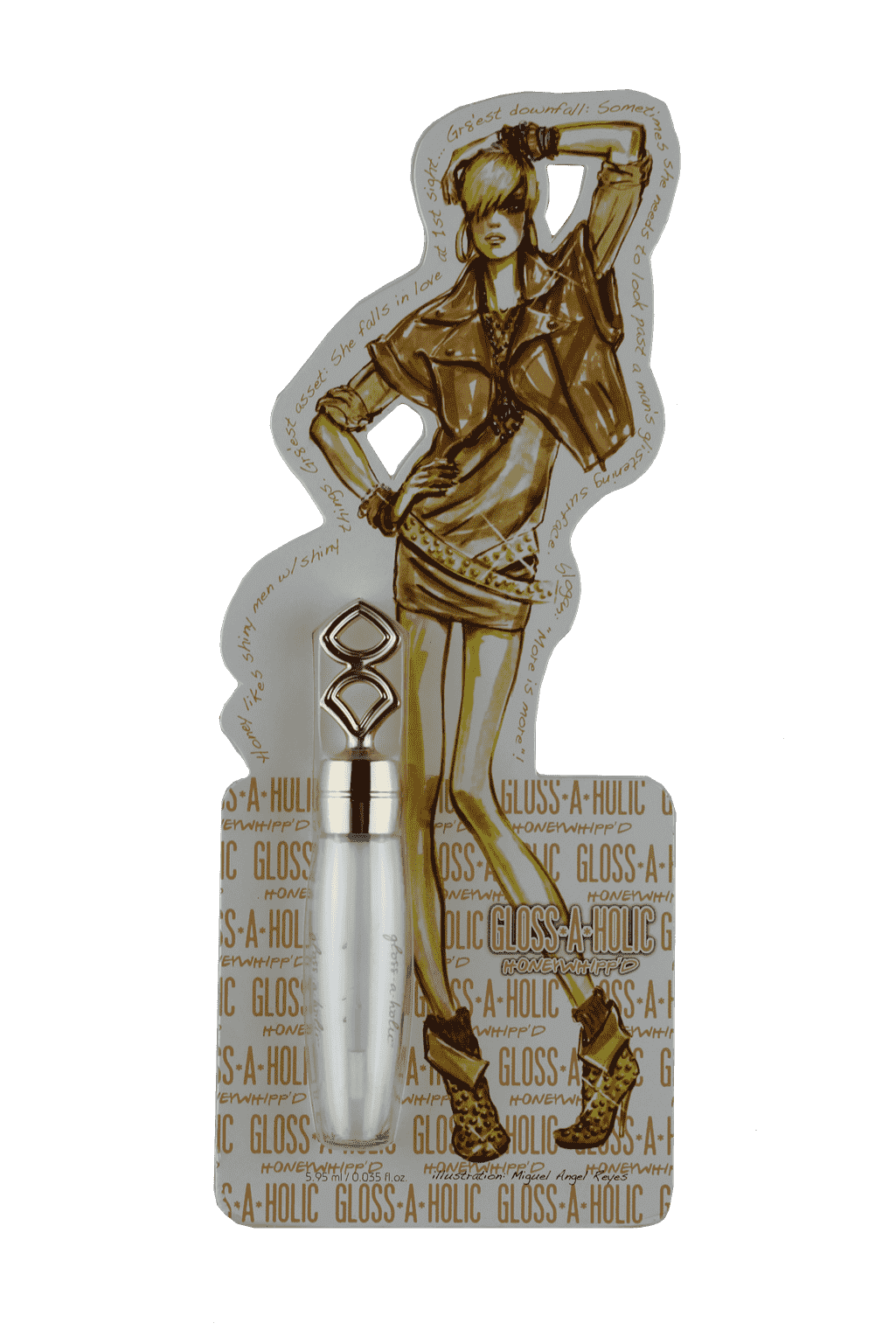
Aesthetics, too, hold a fundamental role in the design process. While the functional aspects of the packaging provide protection, the aesthetic attributes significantly contribute to your branding and marketing. It’s essential to merge your brand’s visual identity into the packaging design seamlessly. This includes your brand colors, fonts, logos, and any other relevant design elements. Remember, a well-designed blister packaging can act as a silent salesperson, drawing customers in and influencing purchasing decisions.
Choosing the right retail packaging supplies and using efficient blister packaging machines also play a part in delivering an impeccable design. By ensuring the design and production processes are meticulously carried out, you set the stage for a superior unboxing experience, which ultimately helps in forging a stronger bond with your customers. So, invest in blister packaging design – it’s your silent brand ambassador, ensuring your product stands out in the bustling retail market.
Breakdown of the core principles:
- Purpose: At the heart of blister packaging design is its primary purpose – to protect and display the product. A well-designed blister pack secures the product during transit, prevents tampering, and provides an effective barrier against moisture, dust, and other environmental factors.
- Visibility: With blister packaging, you’re essentially giving your customers a sneak peek into what they are purchasing. The design should maximize product visibility, allowing consumers to view the product from different angles. A clear, high-quality plastic blister enhances visibility and instills buyer confidence.
- Aesthetics: In the competitive retail landscape, the design aesthetics of blister packaging can make a significant impact on product sales. Elements like color, shape, and graphics play a vital role in capturing customer attention. Consequently, the blister card should be appealing, with clear branding and concise product information.
- Ease of Use: Consumers appreciate packaging that’s easy to open but also secure. It’s crucial to strike a balance between these two aspects. Clamshell packaging, for example, offers a robust, resealable option, while a simple face seal blister pack might be ideal for more cost-sensitive items.
- Environmental Considerations: As consumers become more environmentally conscious, choosing recyclable materials like PET for your blister packaging can improve your brand image. In addition, considering the packaging’s end-of-life in the design phase can contribute significantly to your company’s sustainability efforts.
Material Selection
In the realm of blister packaging design, the selection of the right material is as crucial as the creative aspect itself. Firstly, PVC, a material that’s widely used in blister packaging, is prized for its transparency and robustness. This allows for clear visibility of the product while offering reliable protection, leading to a design that’s both visually enticing and sturdy.
Furthermore, PET is another common choice, particularly lauded for its recyclability, a trait that’s crucial in today’s eco-conscious world. When PET is used in the design, it sends a message about your brand’s commitment to sustainability, subtly enhancing your brand image in the eyes of environmentally conscious consumers.
Additionally, don’t forget that each material behaves differently in blister packaging machines. As such, understanding the characteristics of each can aid in creating a seamless production process, ensuring that your design doesn’t just look good, but also performs well in terms of manufacturing efficiency.
When it comes to blister packaging supplies, balancing aesthetics, functionality, and sustainability is key. The material you choose greatly influences these factors and can create a lasting impression on your consumers. So, take your time to explore your options and select the right materials for your blister packaging design. It’s a crucial step towards achieving retail success.
Consideration of Product Type and Size
A critical consideration in the world of blister packaging is the nature and dimensions of the product being packaged. First, the type of product significantly impacts the choice of design. For instance, high-value items might call for clamshell packs, providing enhanced visibility and robust protection. Additionally, the size of the product isn’t just a measurement; it’s a design determinant that affects the scale of the packaging. A well-designed blister pack has the power to enhance product display and grab consumer attention.
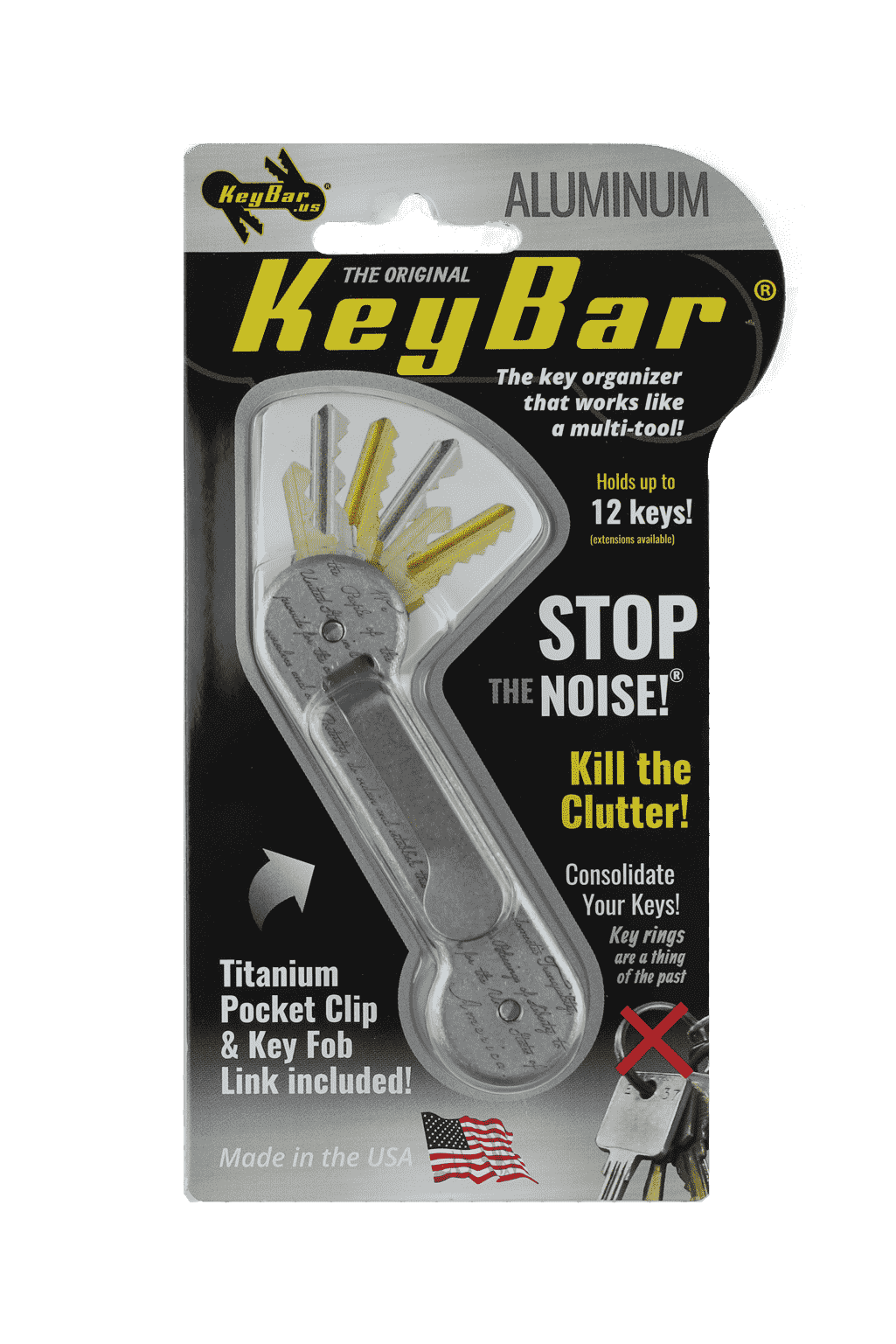
Consider a small-sized product like an electronic accessory. Designing blister packaging for such items requires precision, as it should ensure the product’s visibility without being overwhelmingly large. On the other hand, larger items might require full face seal blister packs to provide ample coverage and protection.
Next, let’s think about blister packaging machines. Ensuring that your packaging design can be efficiently produced by your chosen machinery is essential. The last thing you want is a design that looks good on paper but causes logistical nightmares in production.
In conclusion, considering the type and size of your product plays a crucial role in determining the most effective blister packaging design. It’s not just about looks—it’s about function, efficiency, and creating a memorable unboxing experience for your consumers.
Creating the Blister and Backing
Crafting the ideal blister packaging requires meticulous design of both the blister and the backing. Let’s delve into the fascinating process that brings your product packaging to life. First, the creation of the blister, the clear plastic part that houses your product, requires keen attention to details. The blister’s size and shape should be tailored to the product, enhancing its visibility while providing optimal protection. Moreover, features like hinged lids or snap closures can be added for products that require secure resealing.

Moving onto the backing, also known as blister cards, it’s not just a support structure, but a canvas for your brand’s story. Beyond the shape and size, which need to match the blister perfectly, one should factor in the material’s rigidity and ability to endure the heat from the blister packaging machines. Furthermore, the design on the backing is an opportunity for branding and communicating crucial product information. Using vibrant colors, compelling imagery, and easy-to-read fonts can set your product apart in a crowded retail environment.
Ultimately, the design of blister packs should be a harmonious marriage of functionality and aesthetics. It’s a delicate balance that, when struck perfectly, creates a winning retail packaging strategy.
The process of designing the essential components of blister packaging, namely the blister and the backing, is a fascinating journey. Allow me to guide you through these crucial steps:
- Define the blister size and shape: The initial step in blister packaging design involves defining the size and shape of the blister. This clear plastic part should be precisely tailored to the product, not only to enhance visibility but also to ensure optimal protection.
- Consider additional features for the blister: Depending on the product, your blister might need specific features. For instance, hinged lids or snap closures can be incorporated for products that require secure resealing after opening.
- Choose the right materials for the backing: The backing, often known as the blister card, plays an essential role in blister packs. It should be rigid enough to provide support and withstand the heat from the blister packaging machines during the sealing process.
- Define the size and shape of the backing: Just like the blister, the size and shape of the backing need to be meticulously defined. It should perfectly match the blister, providing a seamless fit.
- Design the backing: The design phase of the backing can be seen as an exciting opportunity for branding. A well-designed backing using compelling imagery, vibrant colors, and legible fonts can make your product stand out on retail shelves.
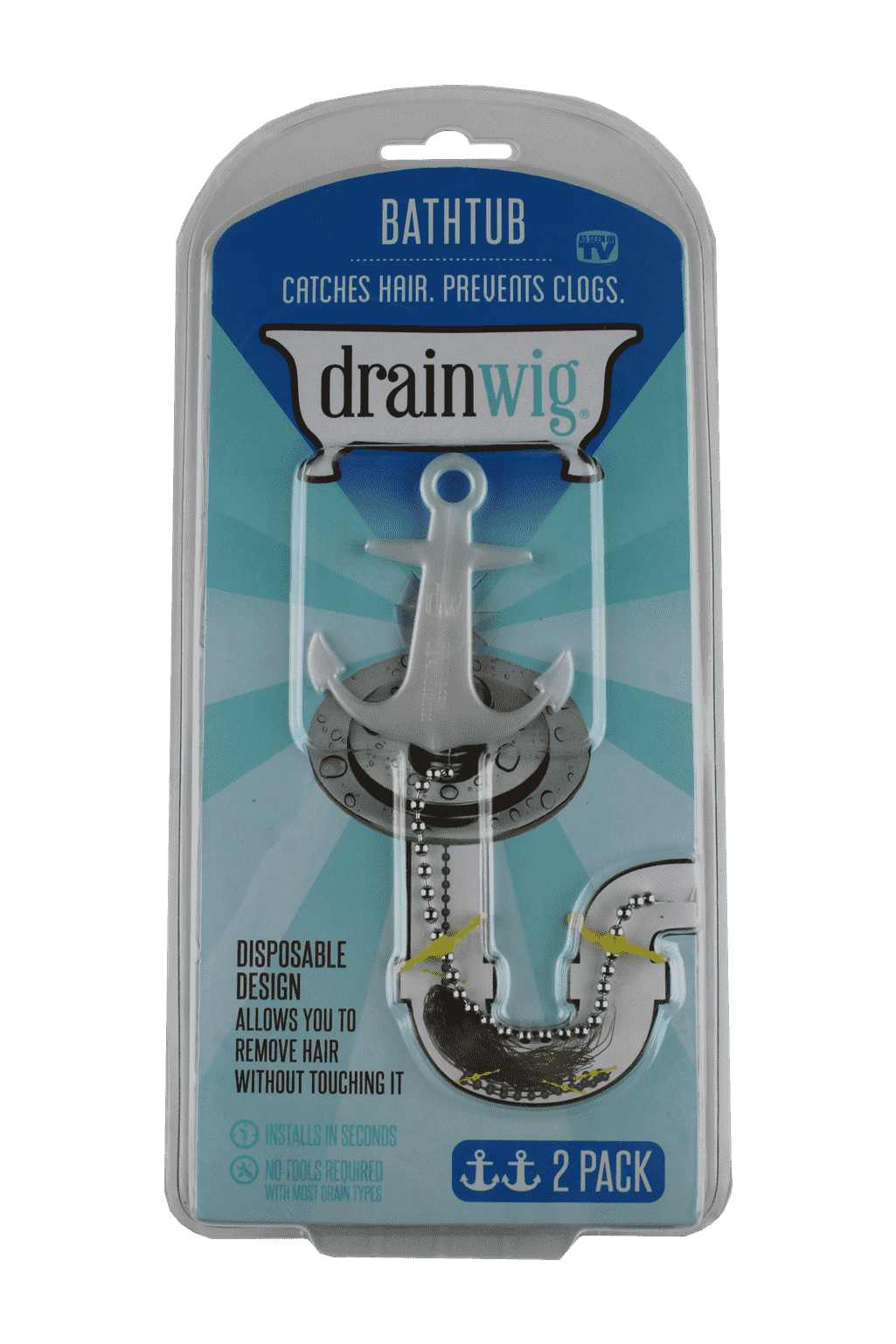
By following these steps, one can design a blister package that strikes a perfect balance between functionality and aesthetics. The ultimate goal is to ensure your retail packaging is not just a container, but also a silent salesperson on the shelf, showcasing the product and conveying your brand’s message.
Branding and Graphic Design
In the bustling arena of retail marketing, it’s no longer enough for a product to be merely useful or high quality. Aesthetics, branding, and presentation play a paramount role in influencing consumer choices. When it comes to blister packaging, the integration of branding elements can significantly enhance the product’s market appeal.
Firstly, consider the color scheme. Much like a company’s logo, colors are an essential part of a brand’s identity. They evoke specific emotions and associations that influence buying decisions. The colors used in your blister packaging should, therefore, align with your brand’s color palette, creating a cohesive visual experience that resonates with your customers.
Next, the strategic placement of your logo is crucial. Often, the logo is placed on the blister card, which acts as a backdrop to the product enclosed in the clear plastic blister. Make sure your logo is visible and prominent, effectively serving as a silent salesperson on the retail shelf.
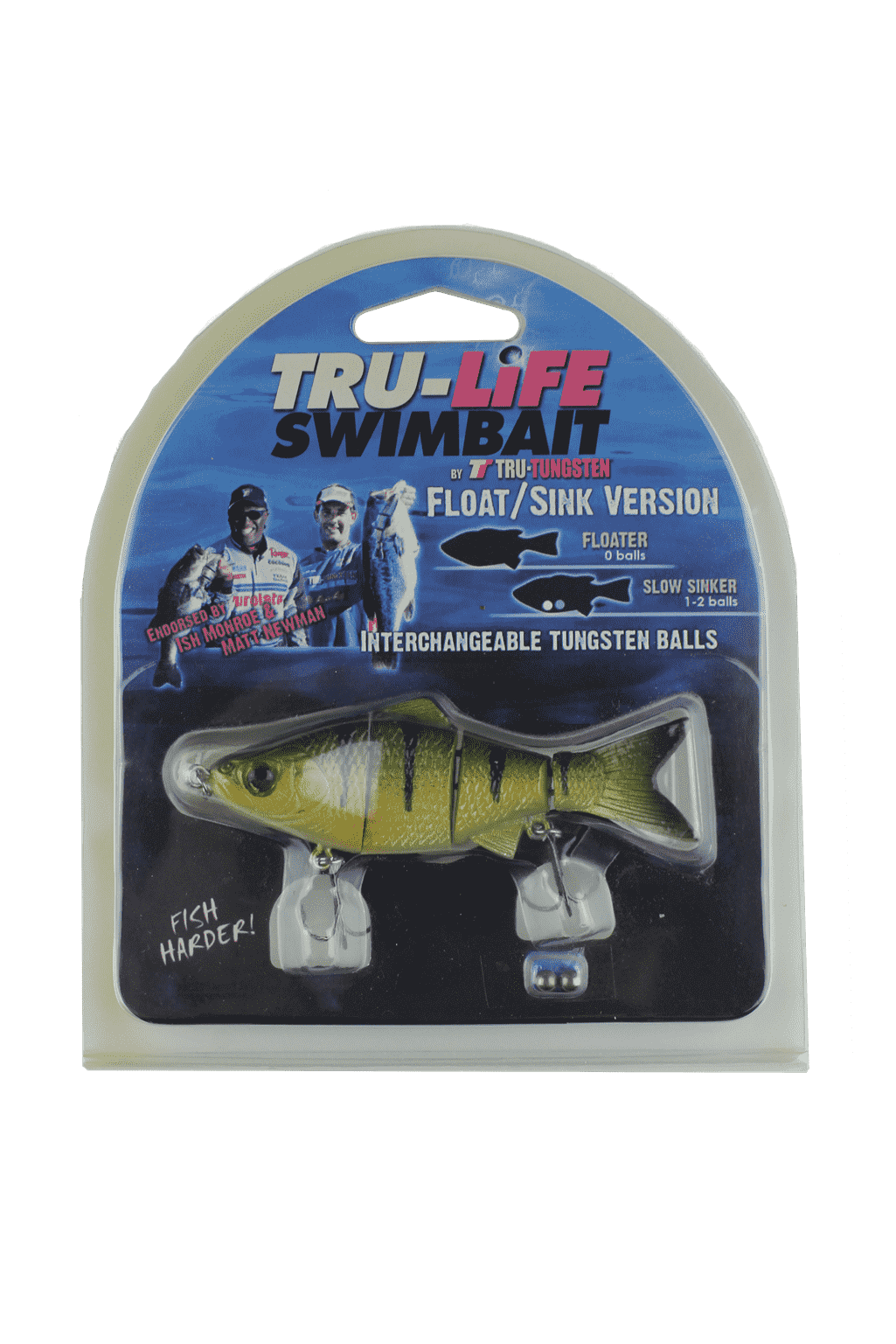
Then, let’s not forget the product information and other design elements. While you want your blister packaging to be aesthetically pleasing, it also needs to be informative. Include essential details like product features, usage instructions, and safety precautions. Use compelling graphics and typography that align with your brand’s style guide.
Lastly, consider adding unique design elements that differentiate your product from competitors. This could be an unusual shape for your clamshell pack or a distinctive design on the blister card. These elements can serve as a form of visual storytelling, connecting consumers to your brand narrative.
In essence, an effective blister packaging design should be more than a protective container. It should be a dynamic canvas that encapsulates your brand’s identity, stimulates interest, and ultimately, persuades consumers to choose your product amidst a sea of options.
Here are some vital points to consider:
- Color Scheme: The role of colors in retail packaging can’t be overstated. A brand’s color scheme is often the first thing that grabs the consumer’s attention, triggering emotional responses that drive purchasing behavior. Therefore, your blister packs should incorporate your brand’s color palette, ensuring instant recognition and evoking the desired feelings among consumers.
- Logo Placement: Your logo is the visual representation of your brand. Therefore, strategically positioning it on your blister packaging is essential. Typically, the logo finds its home on the blister card, offering a bold and clear display. It should be prominent and visible even from a distance, serving as a silent ambassador for your brand on the retail shelf.
- Product Information and Design Elements: While aesthetics matter, it’s equally crucial to inform potential buyers about the product. The blister card provides an excellent platform to communicate product features, usage instructions, and other key information. Choose graphics and typography that align with your brand style, making sure that the packaging design is informative as well as visually appealing.
- Unique Design Elements: In the competitive retail landscape, standing out is paramount. Incorporate unique design elements into your blister packaging that help differentiate your product from the competition. This could be an innovative shape for your clamshell packs or an eye-catching design on the blister card. Such elements not only attract attention but can also communicate your brand’s story.
Remember, blister packaging is more than a protective shield; it’s a dynamic canvas that encapsulates your brand’s essence. It is the first interaction between your product and potential customers, making it vital in influencing buying decisions. By integrating effective branding and graphic design elements, your blister packaging can act as a powerful tool in winning the hearts, minds, and wallets of consumers.
Usability and Consumer Experience
The effectiveness of blister packaging extends beyond protection and promotion—it’s also about enhancing consumer experience through usability. Indeed, how easy a package is to open, use, and even repurpose, can significantly impact a product’s success in the market.

Consider these points when designing for usability:
- Easy to Open: Consumers appreciate simplicity. If your blister packaging is hard to open, it could lead to frustration and negative perceptions of your brand. So, design your blister packs with easy-open features, such as perforated lines or pull tabs. This ensures that customers can access the product without any hassle, thereby enhancing their overall experience.
- Visibility of the Product: In blister packaging design, visibility is key. A clear clamshell pack or a transparent blister pack lets the customer see exactly what they’re purchasing, boosting their confidence in the product. This not only provides a sense of authenticity but also allows the consumer to inspect the product without opening the package.
- Instructions and Information: Good packaging design should also inform the consumer. Blister cards are perfect platforms to communicate instructions on how to open, use, or dispose of the product. Clear and concise information enhances the user experience and reflects positively on your brand.
- Reusability and Disposal: In an era where sustainability is valued, a package that is easy to dispose of, or better yet, reusable, can elevate your brand’s reputation. Whether it’s a clamshell pack that can double as a storage container, or packaging made from recyclable materials, incorporating sustainable practices into your blister packaging design can enhance consumer experience and perception.
Blister packaging is a powerful tool that can significantly enhance consumer experience when designed with usability in mind. By ensuring that your blister packs are easy to open, informative, and sustainable, you can create a positive interaction with your product, which in turn, leads to increased customer satisfaction and brand loyalty.
Environmental Considerations
As we delve deeper into the journey of blister packaging, one paramount aspect that we can’t ignore is its environmental impact. In today’s eco-conscious society, it’s not enough for blister packs to be functional and aesthetically pleasing. They should also be designed with environmental considerations in mind.
To begin, consider the choice of materials. PVC, a common material for blister packaging, is non-biodegradable and can cause environmental harm. However, a shift towards more eco-friendly materials, such as PET and RPET, which are recyclable, can significantly reduce the environmental footprint of your packaging.

Secondly, think about waste reduction. The design of blister packs should be optimized to minimize unnecessary material usage. Every millimeter of plastic saved equates to less waste in our landfills and oceans. From the design phase, aim to create packaging that uses just enough material to secure the product without excess.
Additionally, consider how the package can be disposed of responsibly. Adding clear instructions for disposal or recycling on the blister cards not only educates consumers about proper waste management, but it also reiterates your brand’s commitment to sustainability.
Furthermore, using energy-efficient blister packaging machines during production can lower the overall carbon footprint of your packaging process. Similarly, sourcing blister packaging supplies from local manufacturers can reduce transport-related emissions.
Lastly, consider innovations such as plant-based plastics, or biodegradable alternatives that can decompose naturally, further lessening the environmental impact.
In conclusion, while blister packaging is an essential component of product retail, its environmental implications should be thoughtfully considered. Through careful material selection, waste reduction, responsible disposal messaging, energy efficiency, and exploration of innovative materials, we can mitigate the environmental impact of blister packaging and contribute to a more sustainable future.
Legal and Regulatory Requirements
As we navigate the intricate terrain of blister packaging, we must not overlook the significant role that legal and regulatory requirements play. Each sector has its own set of packaging rules that need to be meticulously considered in the package design process.
First and foremost, for blister packaging, child-resistant regulations are key. Certain products like medications or hazardous materials demand blister packs that are specifically designed to deter access by young children. Yet, these packages must also remain accessible for adults, particularly seniors. Thus, incorporating safety features that align with regulatory requirements without compromising ease-of-use is a critical aspect of the design process.
Equally important are labeling requirements. Most retail products are required by law to have labels that clearly communicate critical information such as product ingredients, usage instructions, and safety warnings. For blister cards, ensuring that such vital details are displayed prominently and legibly is a must. More so, labels should comply with the size, color, language, and placement guidelines set by the appropriate regulatory bodies.
Next, environmental regulations also need careful consideration. In many regions, rules are in place to limit the use of certain types of plastics or to require specific recycling symbols. Making sure that your blister packaging complies with these environmental laws can save your brand from hefty fines, and more importantly, reinforces your commitment to sustainability.
Lastly, consider industry-specific standards. From the pharmaceutical industry’s strict packaging rules to the food industry’s hygiene and freshness requirements, your blister packaging design should meet all the relevant guidelines pertinent to your product’s industry.
In conclusion, while creating a compelling blister packaging design, it’s critical to ensure that all legal and industry-specific regulations are followed. Balancing safety, transparency, environmental responsibility, and sector-specific standards can be complex but achieving it speaks volumes about your brand’s integrity and dedication to your consumers’ well-being.
PFliptyping and Testing
In the intricate world of blister packaging, one crucial step that should never be underestimated is pFliptyping and testing. This pivotal phase in the design process involves creating sample blister packages to evaluate their real-world performance and address potential issues before full-scale production.
By crafting pFliptypes, designers and manufacturers can assess various aspects, such as durability, functionality, ease of use, and visual appeal. Testing these pFliptypes under different conditions allows for valuable insights into the package’s ability to protect and preserve the product effectively.
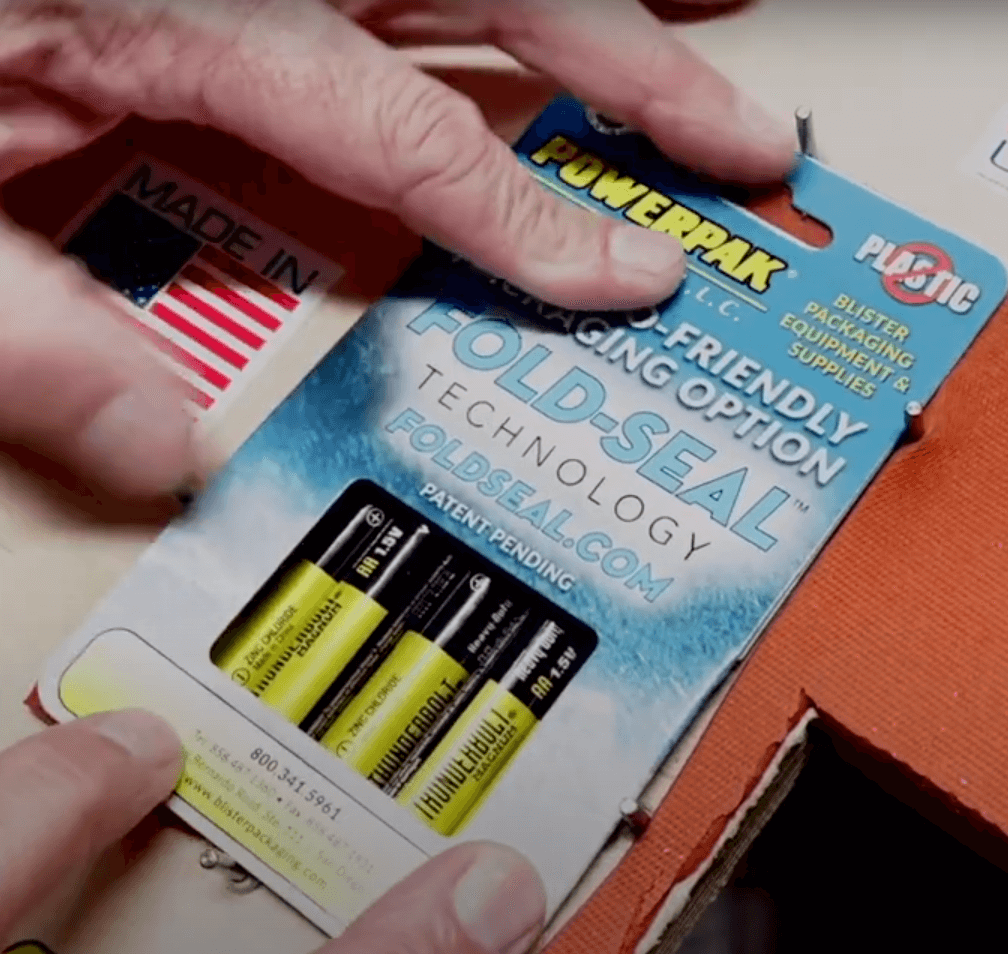
Additionally, it provides an opportunity to gauge user experience and identify any areas for improvement. From child-resistant features to consumer-friendly openability, pFliptyping and testing allow for iterative design enhancements, ensuring that the final blister packaging excels in meeting both practical and aesthetic demands.
Embracing this crucial step ultimately leads to a superior packaging solution that not only safeguards the product but also enhances the overall consumer experience, elevating your brand in a fiercely competitive market.
Cost Implications: Analyze the cost implications of design choices and discuss how to balance aesthetics and functionality with cost-efficiency.
Production and Manufacturing Process: Discuss how the design can impact the ease and cost of manufacturing, including considerations for the use of blister packaging machines.
5. Blister Packaging Process
Mold Creation
A crucial part that often goes unnoticed is the mold creation process, which is the foundation for your blister packs, clamshell packaging, and blister cards. So, let’s dive into the journey of mold creation, from CAD design to the finished product.
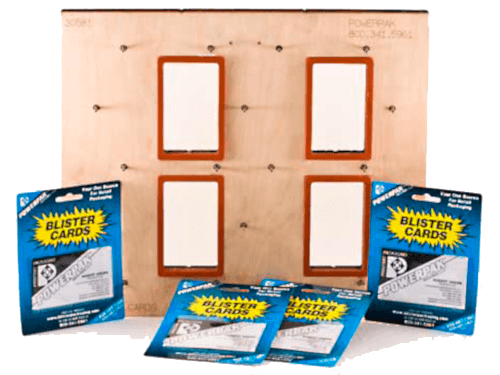
Firstly, the process starts with a CAD design. With this software, engineers meticulously design the mold for your retail packaging supplies. It ensures an exact match with your products, optimizing the fit and security. This step involves careful consideration of the product’s shape, size, and features to create a tailored, snug-fitting packaging design.
Next comes the machining process, where these digital designs come to life. Using precision machinery, like CNC routers, blister packaging machines carve out the design onto the chosen mold material. This process guarantees high accuracy, eliminating errors and waste.
Moreover, material selection plays a significant role. Metals such as aluminum and steel are popular choices due to their durability and thermal conductivity, which is vital for the clamshell sealing process. However, there’s a balance to strike, considering cost, durability, and environmental impact, as many companies now favor eco-friendly blister packaging supplies.
Lastly, quality control ensures the molds’ integrity and precision. This step is non-negotiable, as it guarantees your blister packs or clamshell packs are flawless every time. Quality control pFlipcols involve inspections of mold dimensions, surface finish, and the fit with your product, promising you top-tier retail packaging.
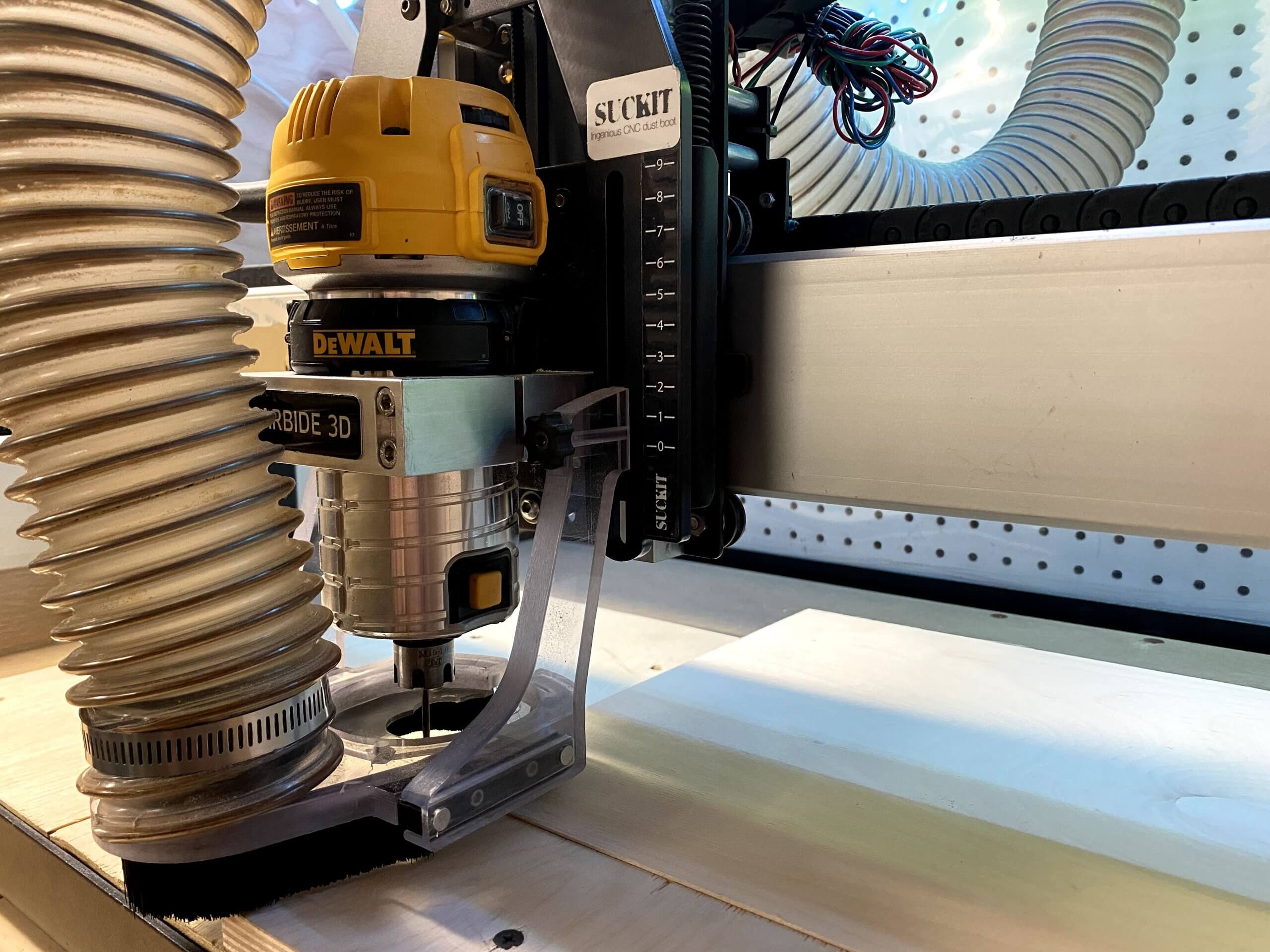
In conclusion, mold creation is a multifaceted process, bridging technology, craftsmanship, and strict quality control measures. As you delve deeper into retail packaging machines and methods, understanding this process will aid you in creating superior blister packs or clamshell packaging, amplifying your products’ appeal on the shelves. Remember, great packaging begins with a meticulously crafted mold.
Thermoforming Process
Thermoforming stands as a key process, enabling you to create bespoke blister packs or clamshell packs, essential in enhancing your products’ allure. This engaging and intricate method has various aspects to it; so let’s delve deeper and unravel its specifics.
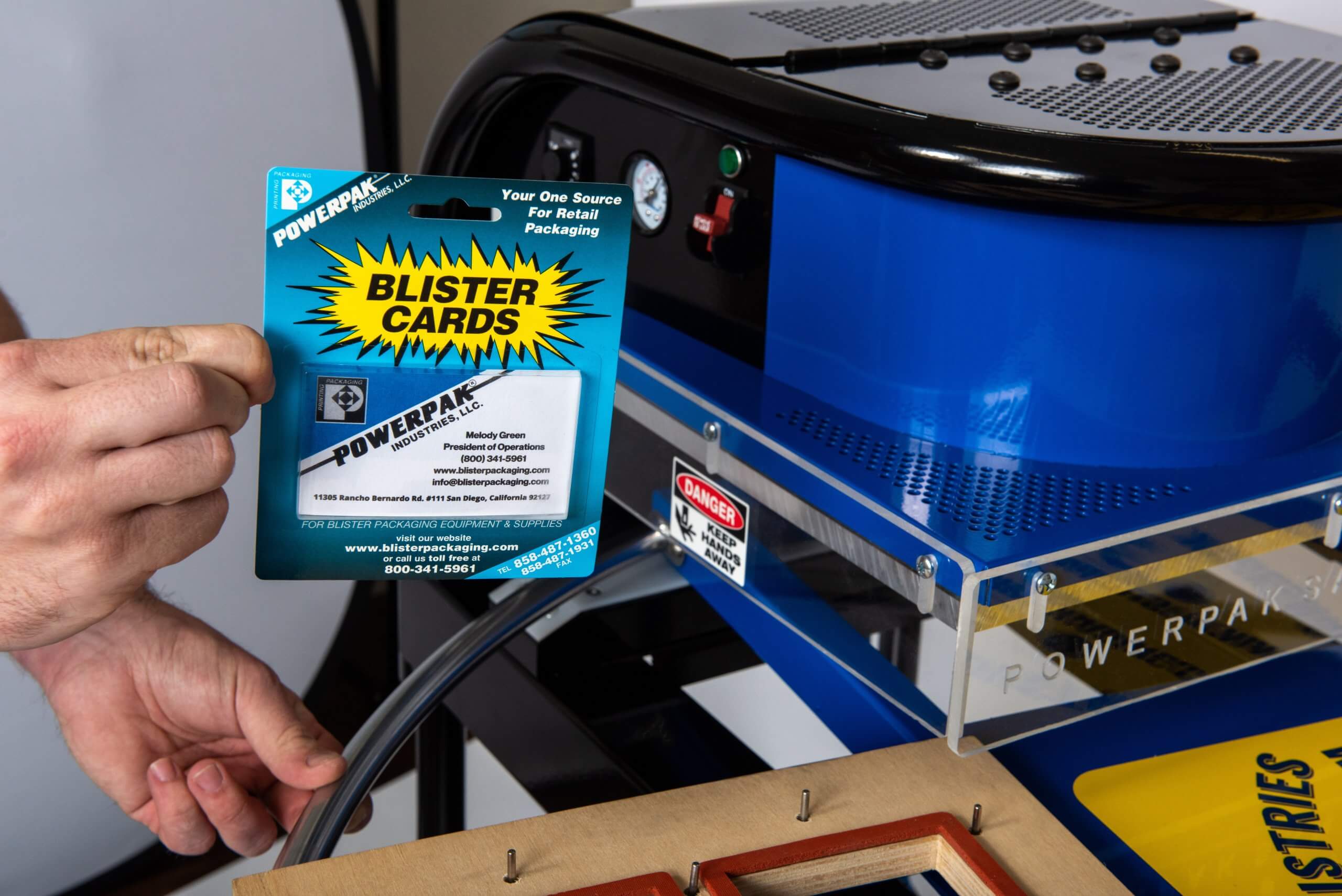
Thermoforming commences with heating a plastic sheet until it turns into a pliable state. Now, this pliable sheet is placed onto the mold, sculpted meticulously as per your product’s specifications. Then, the transformation begins, thanks to the blister packaging machines.
First, we have vacuum forming, a technique that employs a vacuum to pull the heated sheet into the mold. It’s an economical method, ideal for creating blister packs with less intricate details. Next, pressure forming uses high-pressure air to push the plastic sheet into the mold. It’s perfect for more detailed designs, offering an aesthetic closer to injection molding but at a fraction of the cost. Lastly, twin-sheet forming involves heating and forming two plastic sheets simultaneously, then bonding them together. It’s ideal for creating hollow structures with a finished appearance on both sides, like clamshell packaging.
The machinery used in these processes is specialized and versatile. Depending on your needs, there are different types of blister packaging machines available. Yet, it’s not just about the machinery; numerous factors influence the thermoforming quality. For instance, the plastic sheet’s thickness, its heating temperature, the mold’s accuracy, and the cooling time after forming can all drastically affect the final retail packaging quality.
In essence, mastering the thermoforming process in blister packaging production is crucial, but it’s also an art form, one that can enhance your products’ visual appeal, functionality, and safety. Whether you’re crafting blister cards or pursuing clamshell sealing, the process will always play an integral role in delivering quality and consistency. Hence, understanding and refining your thermoforming process is indeed the pathway to retail packaging excellence.
Product Loading
When talking about blister packaging, an oft-overlooked yet essential step is product loading. This process, whether manual or automated, is crucial to preserving the product’s integrity within the blister packs or clamshell packs, so let’s explore it in more detail.

Manual loading, while labor-intensive, offers a high degree of flexibility, ideal for low-volume or specialty products. Workers trained in the handling and placement of products ensure the secure placement of each item within the packaging. Special care is taken to ensure products are not damaged during the loading process, maintaining the product’s safety and quality.
However, when it comes to larger volumes, automated product loading systems integrated with blister packaging machines offer numerous benefits. Automated loading systems are fast, efficient, and ensure uniform product placement, reducing human error. They offer consistency in the placement of products within each blister pack, which is vital for maintaining product integrity.
Regardless of whether the process is manual or automated, numerous factors ensure product safety. The design of the blister pack or clamshell packaging needs to adequately secure the product, preventing movement that could cause damage. Furthermore, the materials used in retail packaging supplies must be chosen carefully, taking into account the product’s weight, dimensions, and fragility.
In conclusion, product loading is a vital cog in the wheel of the blister packaging process. Whether you’re working with blister cards, blister packs, or clamshell packaging, the loading process plays an integral role in ensuring product safety and maintaining integrity. It’s a critical step that can impact your product’s market appeal, making it an essential component of your retail packaging strategy.
Sealing Process
Diving deeper into the realm of blister packaging, we arrive at a crucial stage – the sealing process. Akin to putting the perfect bow on a gift, sealing secures your product within the blister packs or clamshell packaging. So, let’s unravel this pivotal step and understand its dynamics.
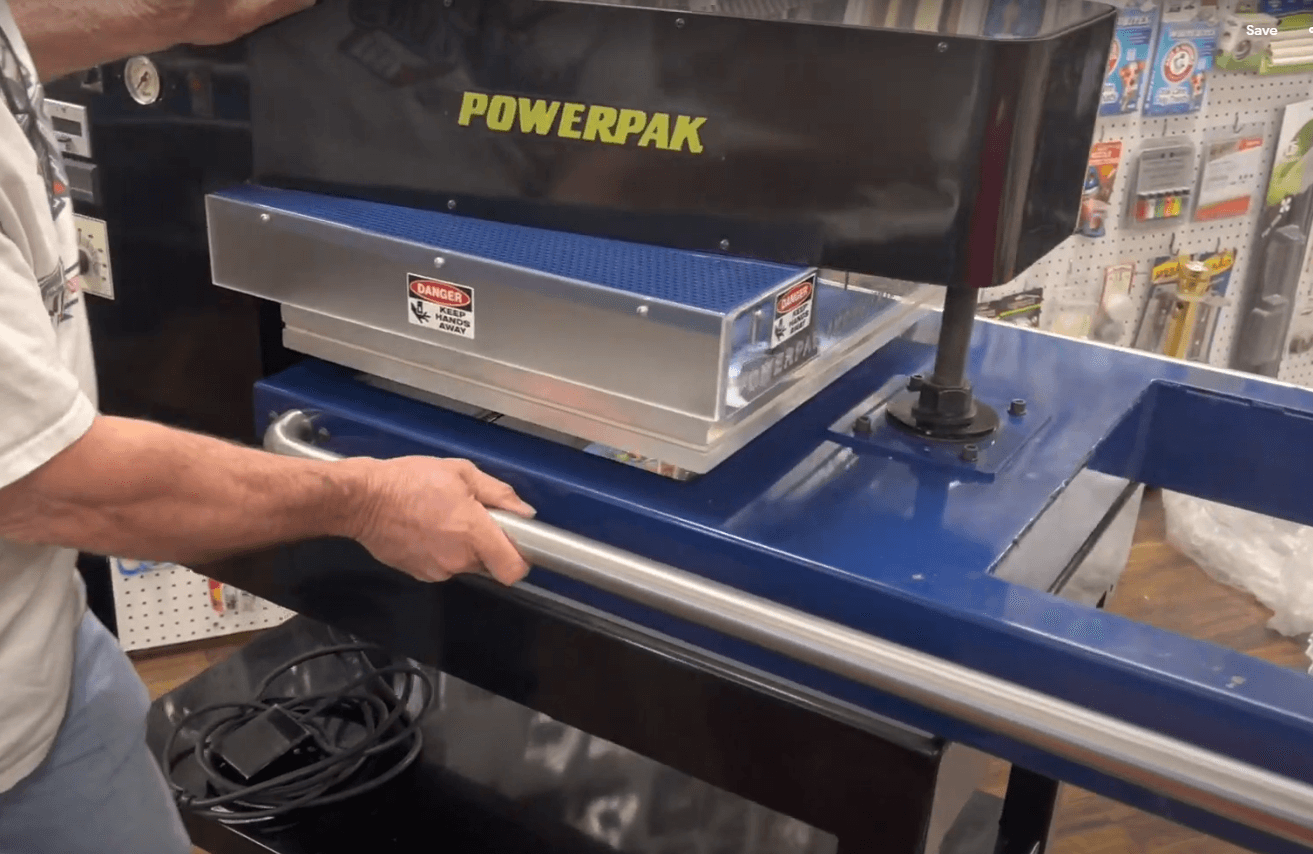
Sealing often employs three primary methods – heat sealing, adhesive, and ultrasonic sealing. Heat sealing, the most commonly used, utilizes heat and pressure applied by blister packaging machines to fuse the plastic blister pack to the backing card or foil. This creates a secure and tamper-evident packaging, vital for product integrity and customer confidence.
Alternatively, the adhesive method uses a strong adhesive to bond the blister to the backing card. It’s often used when heat might damage the product. However, the drying time and the need for exact adhesive application make this process a bit more complex.
Lastly, ultrasonic sealing leverages high-frequency ultrasonic acoustic vibrations to create a solid bond. It’s ideal for certain types of plastic and offers the advantage of a quick and clean seal, but it requires specialized equipment.
Quality control in the sealing process is paramount. Inspection pFlipcols typically include checking the strength of the seal, ensuring the seal area is free of contaminants, and confirming that the seal has fully fused without damaging the product or packaging.
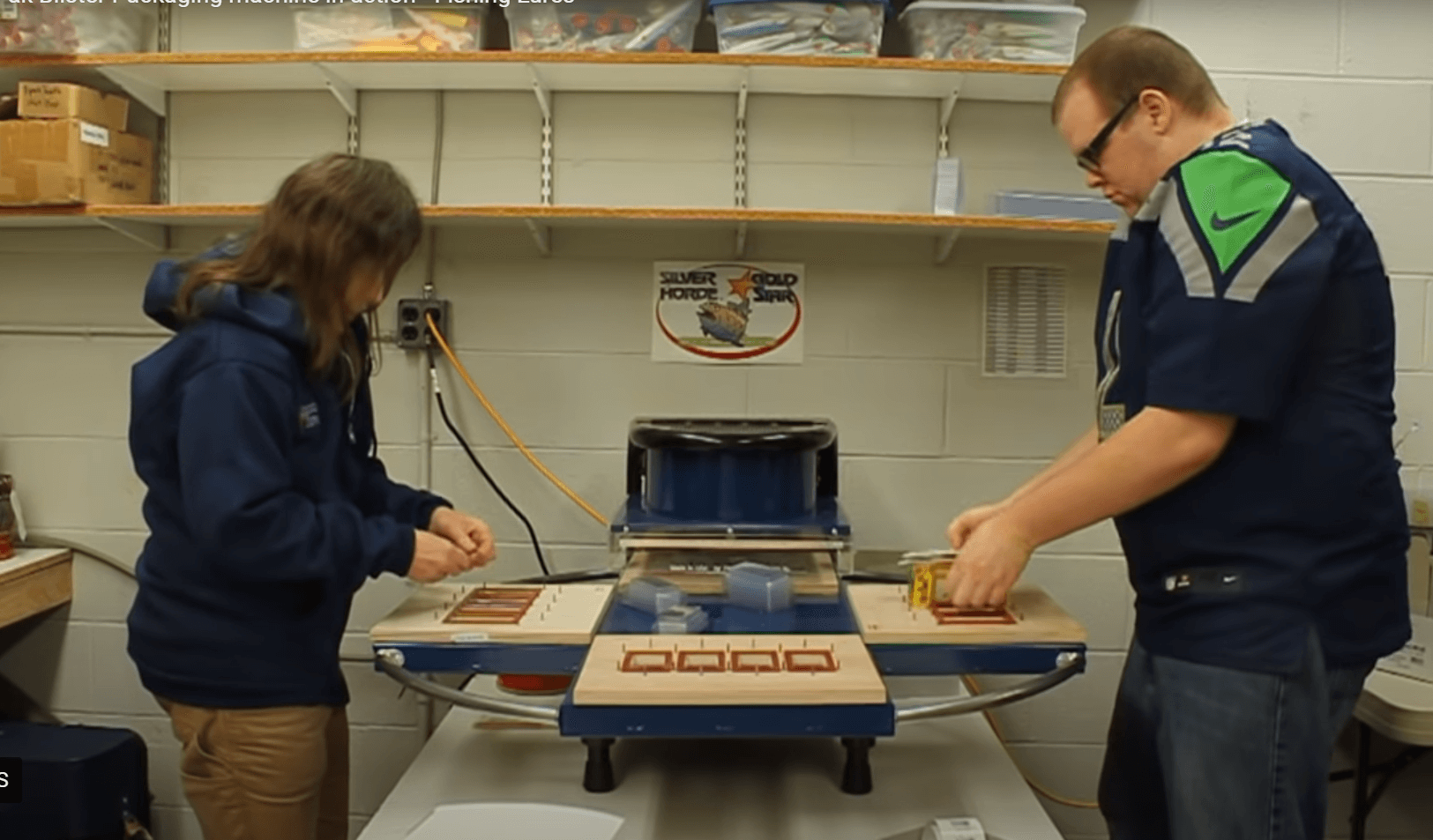
In conclusion, the sealing process is like the final lock, safeguarding your product within its blister packaging. It combines technique, machinery precision, and quality control to ensure each of your blister packs or clamshell packs is sealed to perfection. Whether you’re in the world of blister cards or clamshell sealing, mastering the sealing process will elevate your retail packaging standards, ensuring your product is ready to captivate customers from the retail shelves.
Quality Assurance
As we explore the realm of blister packaging, it’s imperative to highlight a step that often acts as the gatekeeper of quality – Quality Assurance (QA). This essential process employs various tests to ensure your blister packs or clamshell packs surpass the industry standards, providing consumers with a product that’s not only aesthetically pleasing but also reliably secure.
One of the primary QA tests is the seal integrity test. Whether it’s blister packaging or clamshell sealing, a robust seal is the backbone of effective packaging. This test involves pressurizing the pack and monitoring it for any leaks, ensuring the seal is sturdy and the product is protected from environmental factors.
Another critical aspect is visual inspection. It’s here that professionals or automated systems meticulously examine each package for any visible defects like misalignments, deformities, or inconsistencies in the sealing process. This step ensures that every package that leaves your facility is a testament to your commitment to quality and consumer satisfaction.
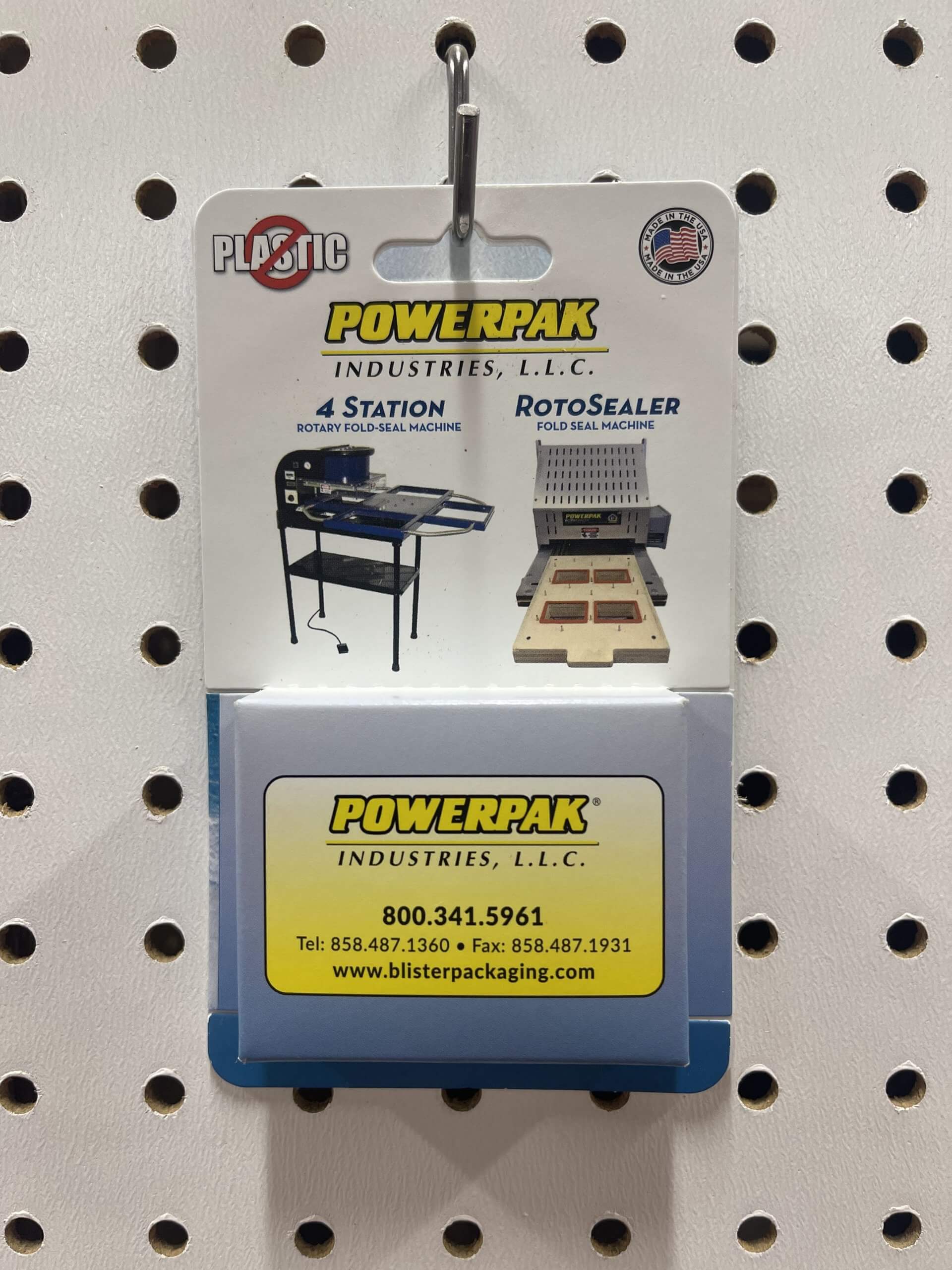
Other tests include drop tests, to validate the packaging’s ability to protect the product during shipping or accidental falls, and peel tests, which confirm that the packaging can be easily opened by consumers while still retaining its tamper-evident properties.
In conclusion, Quality Assurance is the unsung hero of the blister packaging process. It’s the gatekeeper that ensures each of your blister packs, clamshell packs, or blister cards meet the highest standards of quality and safety. Whether you’re involved in retail packaging supplies or retail packaging machines, remember – a commitment to QA isn’t just about meeting standards; it’s about exceeding expectations, winning consumer trust, and securing a spot as a leader in the competitive retail packaging landscape.
Packaging and Shipping
Now that we’ve explored the labyrinth of blister packaging production, let’s step into the final stage – packaging and shipping. This concluding stage ensures your perfectly created and quality-tested blister packs, or clamshell packs, are safely delivered to retailers or end-users.
Once the blister packs are assembled and passed all the quality checks, they are grouped and packaged for transportation. This grouping is done in a manner that optimizes the space within the shipping box while ensuring minimal movement to avoid any damage. Often, additional protective packaging, such as bubble wrap, air pillows, or paper padding, is used to cushion the blister packs, safeguarding them against any potential impacts during transit.
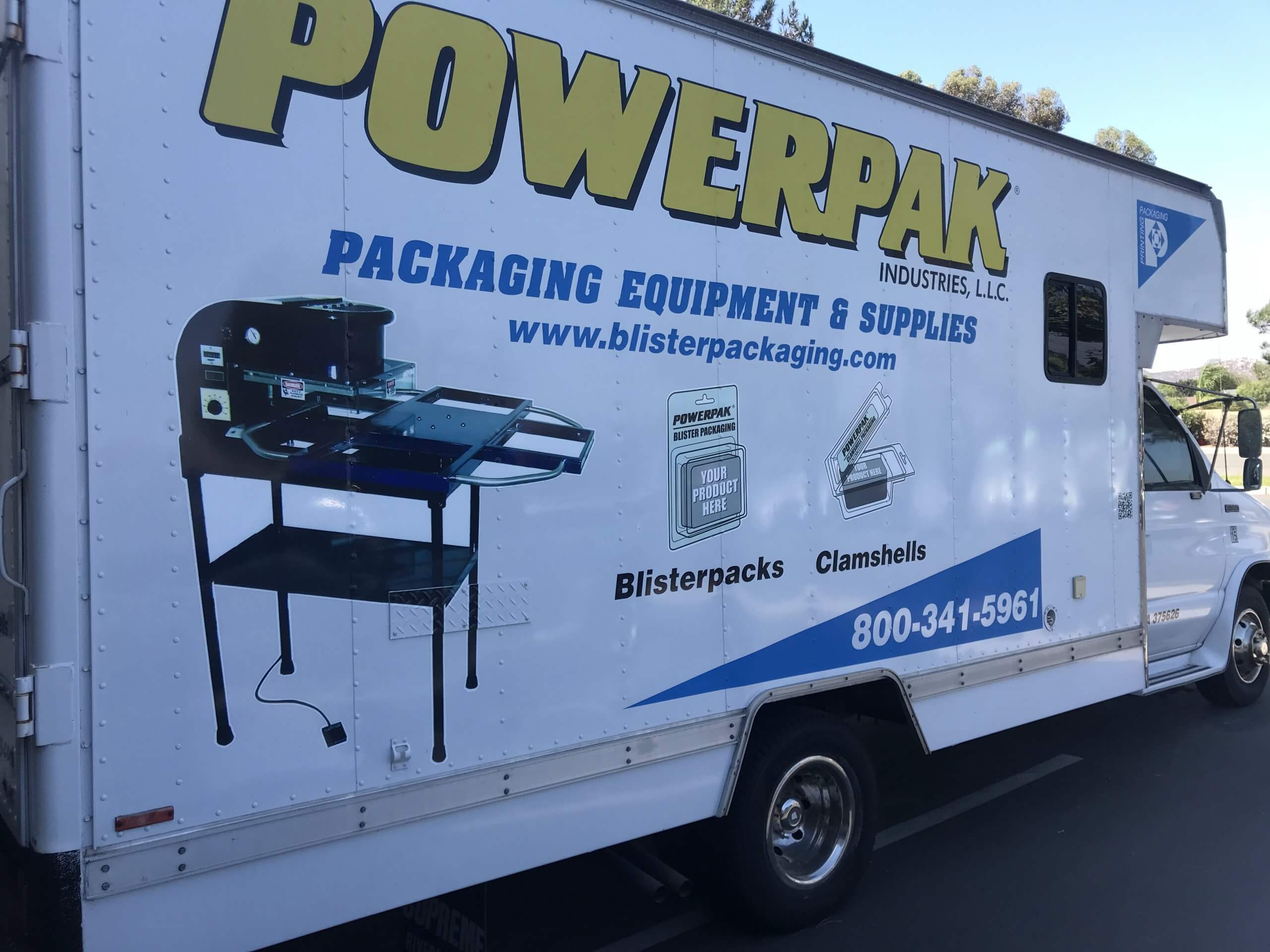
Moreover, the outer boxes or cartons used for shipping are also chosen with great care. These retail packaging supplies must be sturdy enough to withstand the rigors of shipping. Whether being moved by truck, plane, or ship, these boxes must protect their precious cargo, preserving the integrity of your blister packaging.
The packaging process is often automated, utilizing retail packaging machines to quickly and efficiently pack large quantities of product. These machines ensure consistency in packaging, further enhancing product safety during transit.
In conclusion, packaging and shipping is the final yet equally significant step in the blister packaging journey. It brings together all the previous steps and safely delivers your quality blister packs or clamshell packs to the retailers or directly to the end-users. Remember, whether you are into blister packaging supplies or clamshell sealing, the packaging and shipping process plays a crucial role in maintaining the high standards of quality that you’ve worked so hard to achieve. It is indeed the concluding chapter that completes your blister packaging story.
6. Equipment Used in Blister Packaging
Introduction to Blister Packaging Equipment
Welcome to the captivating world of blister packaging machines, the unsung heroes behind the blister packs and clamshell packs that secure your favorite products. When it comes to blister packaging, these sophisticated tools are the heart of the operation, each serving a distinct purpose in the packaging process.
A central piece of equipment is the thermoforming machine. This titan heats plastic sheets and, through a variety of techniques, molds them into the distinct shapes we associate with blister packaging. Whether creating a secure housing for electronics or designing protective shells for consumer goods, the thermoforming machine sets the stage for the packaging journey.
Next, we encounter the product loading machinery. In many operations, automated systems meticulously place each product into its designated blister pack or clamshell pack, ensuring precision and speed in the packaging process. Manual loading is also common, particularly for delicate or uniquely shaped items, and allows for careful inspection and placement of the product.

The sealing machine then steps onto the stage. From heat sealing to adhesive or ultrasonic sealing, these machines ensure the product stays put in its packaging, securing it against environmental influences and tampering. Especially in clamshell sealing, these machines prove vital, providing a durable and reliable seal that customers trust.
Finally, we have the cutting machines. They trim the excess plastic and cut the formed plastic into individual blister packs or clamshell packs. This process provides the final touch, shaping the packaging into a retail-ready product.
In conclusion, blister packaging machines play a critical role in producing blister packaging supplies that meet high industry standards. Each machine in the process, from thermoforming to sealing, plays a unique role, ensuring each blister pack or clamshell pack is a testament to quality and reliability. Therefore, understanding the roles and functions of these machines is fundamental in mastering the art of retail packaging.
Blister Packaging Machines
Immerse yourself in the fascinating world of blister packaging machines, an integral part of the blister packaging process. These devices, both manual and automatic, each possess unique functions, components, and usage, contributing significantly to the creation of high-quality blister packs and clamshell packs.
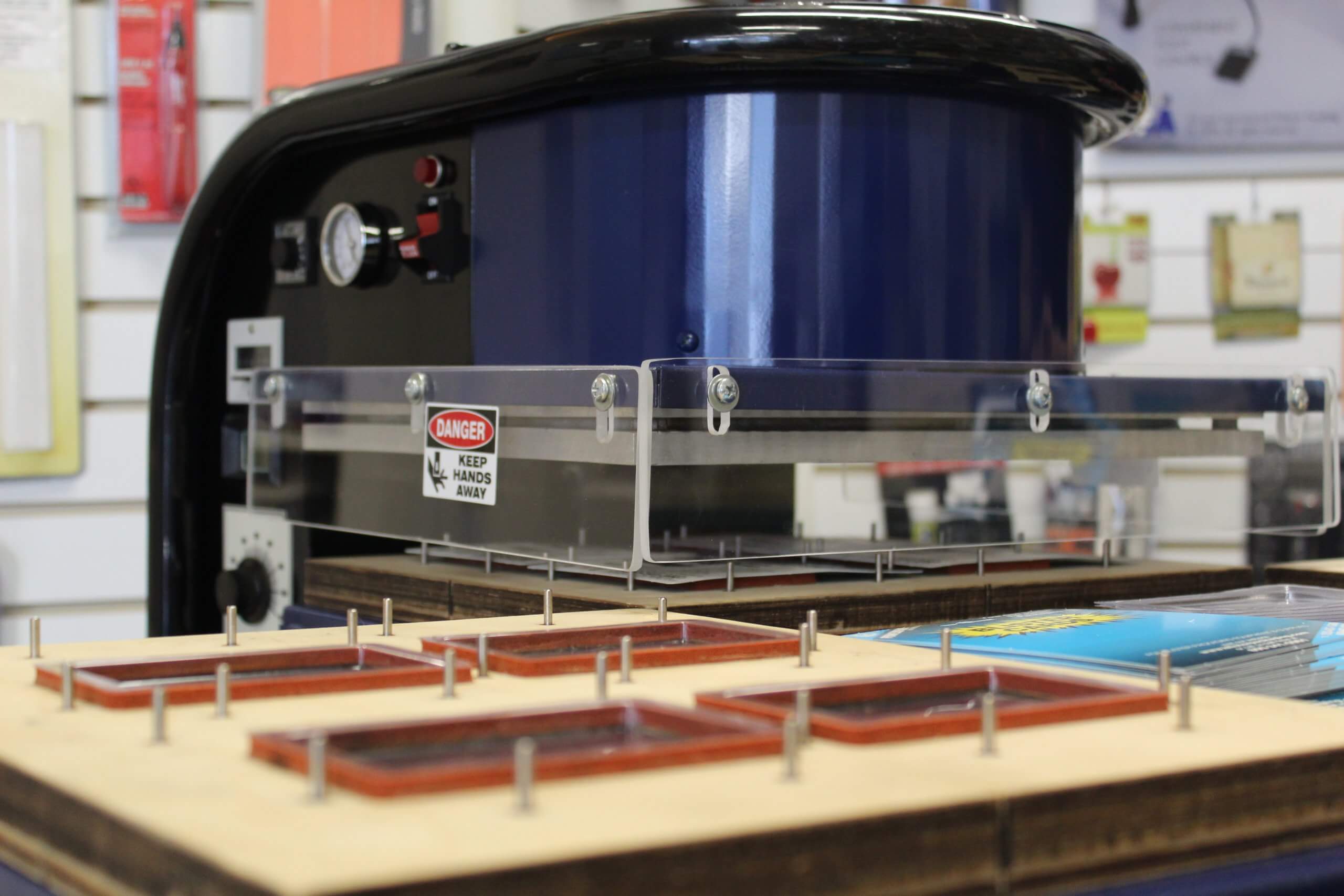
One such machine is the blister forming machine. This pivotal piece of equipment uses heat to shape the plastic sheet into the blister cavities that will hold the product. It is versatile and capable of forming a myriad of designs, making it adaptable to the packaging needs of different products. However, while it offers precision and customization, it also requires skilled operation and maintenance.
Next, we have the blister sealing machine, another cornerstone in blister packaging production. This machine uses heat, adhesive, or ultrasonic methods to seal the formed blister to the blister card. Automatic sealing machines offer speed and efficiency but can be a significant investment. On the other hand, manual sealing machines are more affordable and allow for greater control, albeit at a slower pace.
Loading machines, responsible for placing the product into the blister cavities, also come in both manual and automatic variants. Automatic loaders offer high-speed operation and are ideal for high-volume production lines. However, they can be cost-prohibitive and may not be suitable for delicate or irregularly shaped items. Manual loaders, in contrast, offer greater control and gentler handling, though they require more labor and time.
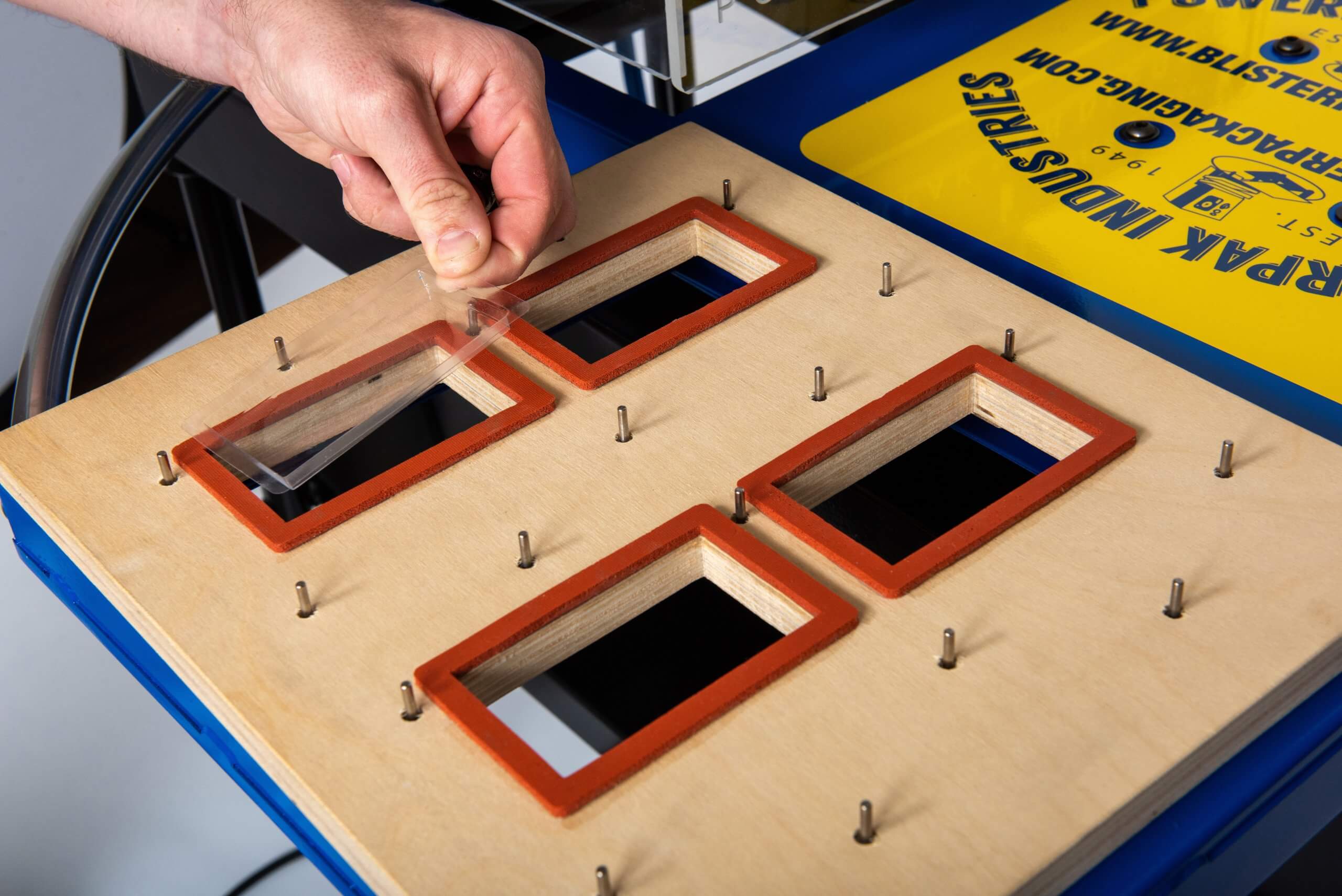
In conclusion, the type of blister packaging machines you choose will depend on your specific needs, including product type, production volume, and budget. Understanding the pros and cons of each machine type is vital to making an informed decision that will ensure the production of quality blister packs and clamshell packs. Whether it’s the adaptability of the forming machine, the speed of an automatic sealer, or the precision of a cutting machine, each contributes in its own way to the final product. So, equip yourself with this knowledge and navigate the world of blister packaging with confidence.
Four-Station Blister Packaging Machines
Behold the four-station blister packaging machines, a remarkable breed of blister packaging machines designed to optimize the entire process with remarkable efficiency. These powerhouses perform a sequence of tasks including forming, loading, sealing, and cutting, all within a single machine. So, how do they work? And what makes them a favored choice for many blister packaging tasks? Let’s delve into the details.
Starting with the forming station, the machine warms up a plastic sheet and shapes it into the desired form. The cavities formed can accommodate products of various shapes and sizes, providing a versatile solution for diverse packaging needs. Subsequently, the machine transports the formed blisters to the loading station. It’s here where the product is placed into the blister cavities, either manually or automatically, depending on the machine configuration and the delicacy of the product.
From there, the loaded blisters proceed to the sealing station. Here, a backing material, such as a blister card or foil, is attached to the blisters using heat, adhesive, or ultrasonic methods. The exact method will depend on the blister and backing materials, as well as the requirements of the product to be packaged. The sealed blisters are then transported to the final station: the cutting station. This station trims away any excess material and separates the blisters into individual packs.
The seamless workflow, from forming to cutting, is a significant advantage of the four-station blister packaging machines. This smooth operation contributes to an increase in productivity and reduction in labor costs, making them an economical choice. Furthermore, since the entire process is carried out within a single machine, it eliminates the need for transferring blisters between different machines, minimizing the risk of product damage or contamination.
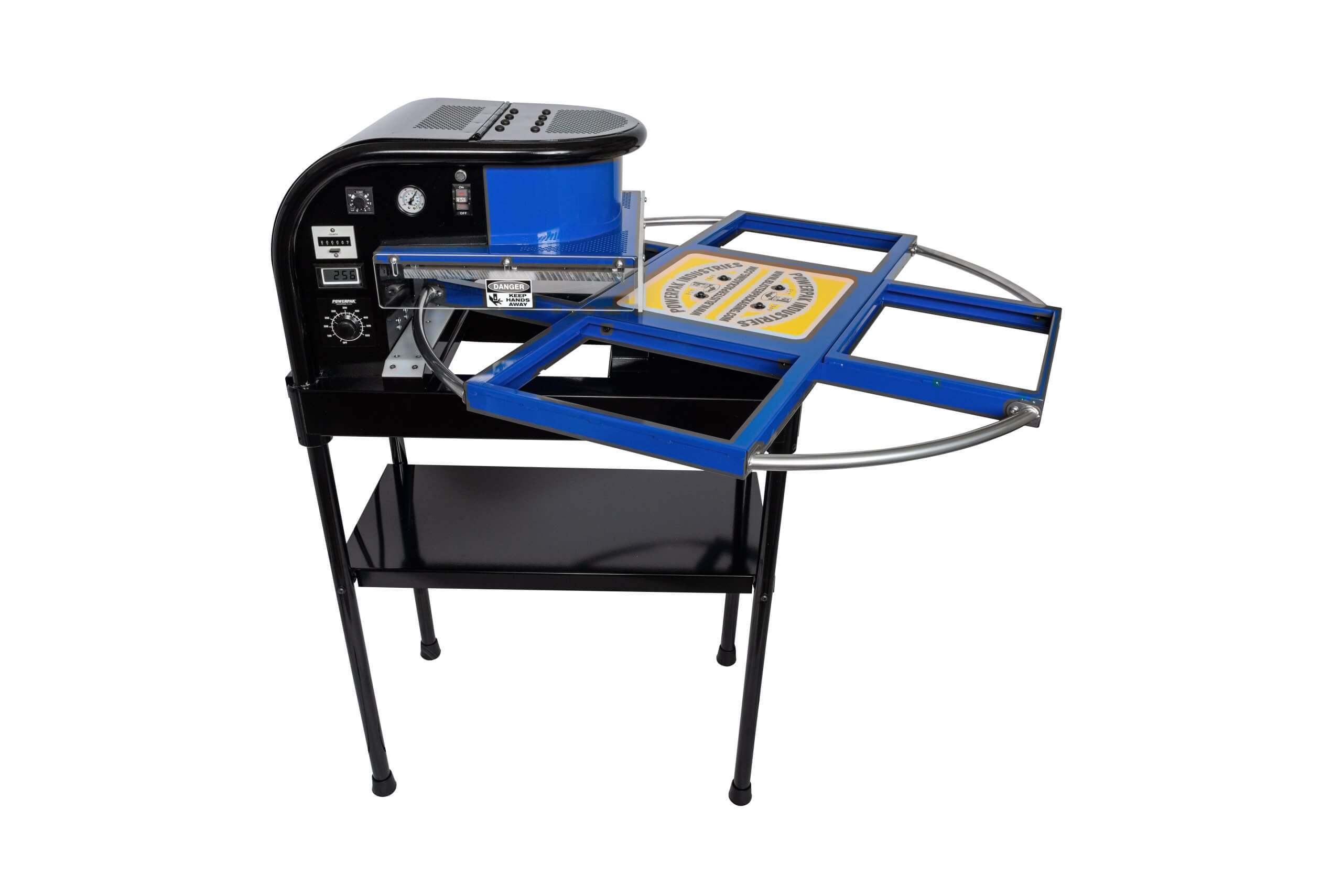
In conclusion, the four-station blister packaging machine stands as a testament to efficiency and reliability in the world of blister packaging. If you’re seeking to streamline your packaging process while maintaining high standards of product safety and integrity, this could be the solution for you. With a clear understanding of its workings and benefits, you can make an informed decision that ensures both efficiency and quality in your retail packaging.
Clean Room Blister Packaging Machines
With an increasing demand for sterile and high-purity packaging solutions, clean room blister packaging machines have become instrumental. Specifically tailored for industries such as pharmaceuticals and medical equipment manufacturing, these advanced machines operate within a meticulously controlled environment, ensuring absolute sterility and product purity. Their role in creating a safe, contamination-free packaging process is indeed revolutionary, and for many applications, nothing short of essential.
So, what sets clean room blister packaging machines apart? Designed for operation within clean rooms, these machines adhere to stringent cleanliness standards. They utilize HEPA (High Efficiency Particulate Air) filtered air and maintain a controlled atmosphere to mitigate contamination risks. Moreover, their surfaces are often constructed with materials resistant to microbial growth, further emphasizing their commitment to cleanliness.
Furthermore, clean room blister packaging machines also cater to specific use cases. For example, in pharmaceutical applications, where maintaining sterility is paramount, these machines ensure the packaging process doesn’t introduce any foreign contaminants that could compromise the efficacy of the drugs. This critical role renders them indispensable in sectors where product purity and safety are paramount.
However, with these specialized functions come additional operational and maintenance considerations. Regular cleaning and validation processes are crucial to ensure the machine remains compliant with cleanliness standards. Additionally, specialized training may be required for operators to understand and adhere to the strict pFlipcols associated with clean room operations.
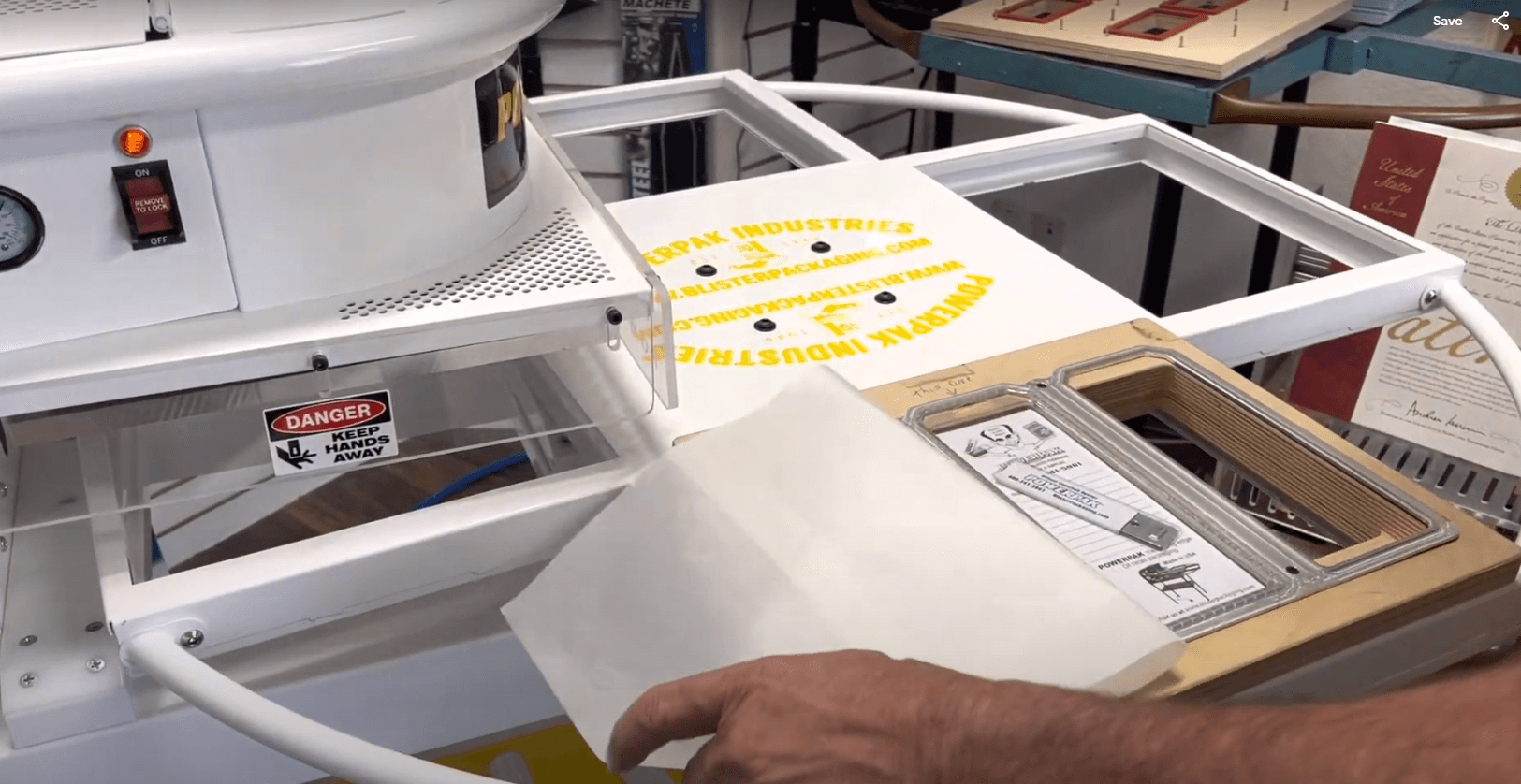
In conclusion, clean room blister packaging machines are a testament to the lengths the industry will go to ensure product safety. They exemplify the meticulous attention to detail that is crucial in highly-regulated fields like pharmaceuticals. By understanding their specific uses and operational considerations, businesses can leverage these machines to deliver safe, high-quality blister packaging for their customers. Therefore, these machines aren’t just an investment in equipment – they’re an investment in quality, safety, and customer trust.
Flip Sealer Blister Packaging Machines
In the intricate world of blister packaging, Flip sealer blister packaging machines have carved out a unique niche. As one of the most efficient systems, Flip sealers have changed the game in sectors ranging from pharmaceuticals to retail products, offering speed and precision that’s hard to match. But what makes these machines so special?
Flip sealer machines revolve around efficiency. These rotating machines function through a synchronized system of sealing blisters to cards, allowing a continuous production flow without the need for pausing or stopping, making them an ideal choice for high-volume manufacturing lines. They’re particularly adept at producing blister packs and clamshell packs, a testament to their versatility.
One of the key features of Flip sealers is their exceptional speed. They can produce blister packaging at a rate much faster than many traditional systems, making them a powerhouse for high-demand applications. However, speed isn’t their only selling point. Flip sealer machines also offer exceptional accuracy and consistency, ensuring each package is sealed securely and correctly, every time.
Despite their high-speed operation, Flip sealers don’t compromise on quality. They have built-in quality assurance systems that consistently monitor the sealing process, providing real-time data for optimum performance. This constant surveillance helps maintain quality, further bolstering their appeal.
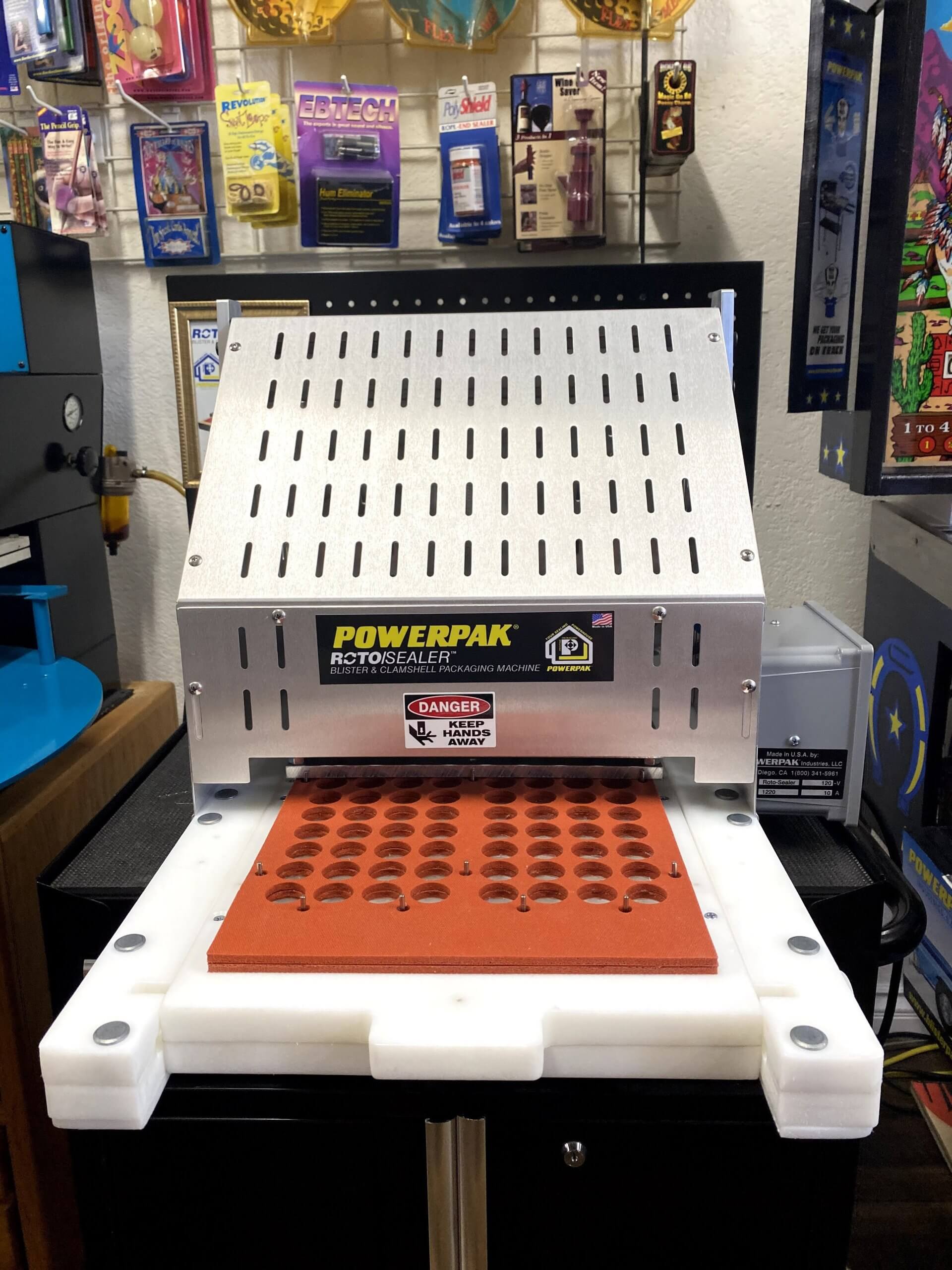
However, it’s not just about the machine; the human element is also crucial. Operating a Flip sealer machine requires a firm understanding of its functions, necessitating well-trained personnel. Hence, businesses must invest in both the equipment and the training of their staff to harness the full potential of these machines.
In conclusion, Flip sealer blister packaging machines bring together speed, precision, and quality, making them a preferred choice in many industries. By understanding their functionalities and features, businesses can leverage these machines to optimize their blister packaging process, bolster productivity, and ultimately, achieve a competitive edge.
Clamshell Sealers
Clamshell sealer machines: the unsung heroes of the blister packaging world, are instrumental in the production of clamshell packs, a popular form of retail packaging. These machines, designed specifically for the task, efficiently seal clamshell packaging to safeguard products from damage and tampering, thus ensuring consumer satisfaction.
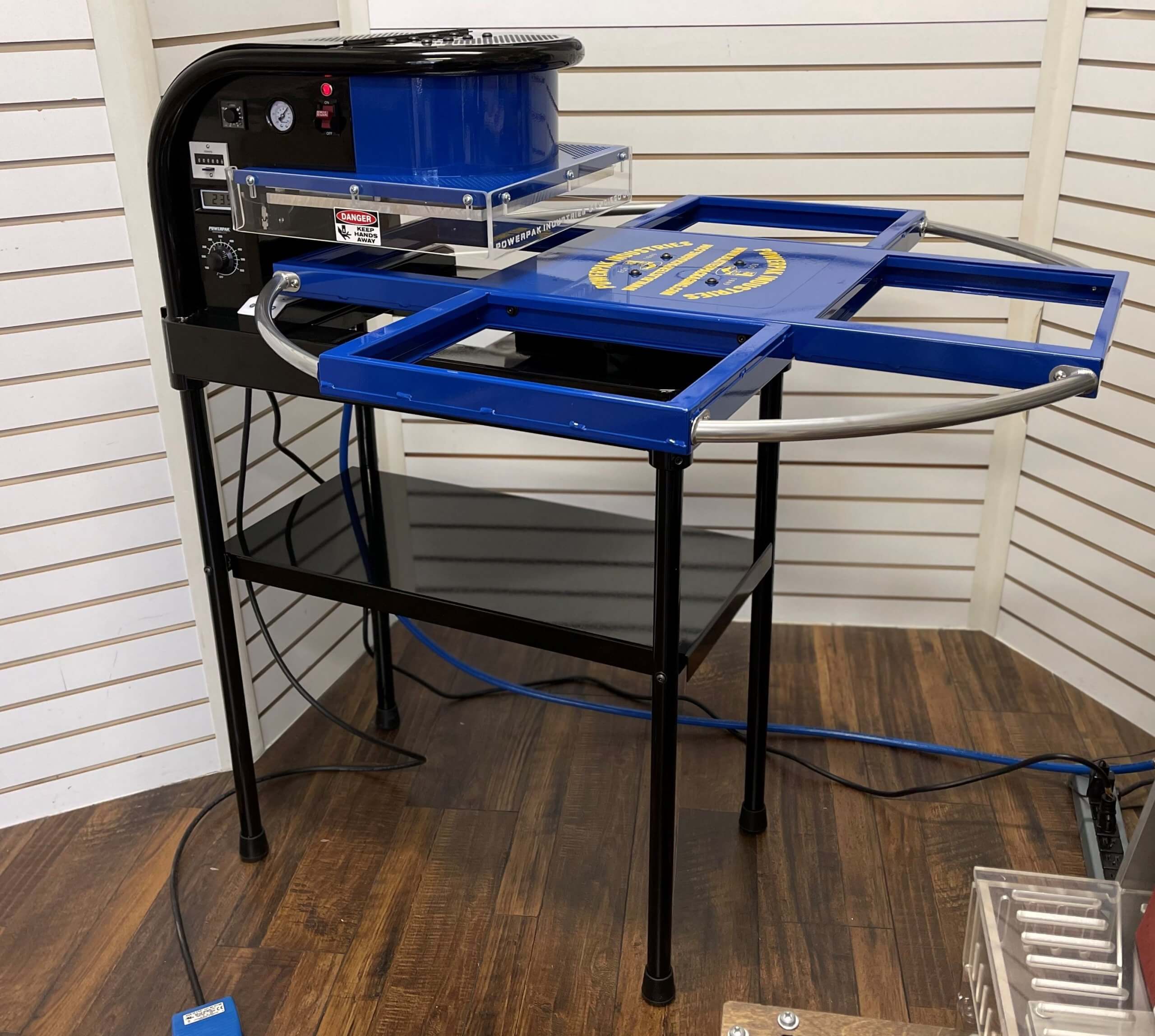
The working principle of a clamshell sealer is simple, yet effective. In general, it uses heat to fuse the two halves of a clamshell pack, forming a secure seal that holds the product in place. The heat can be adjusted to suit different materials and thicknesses, offering flexibility for diverse packaging needs. However, the operator must handle the machine with care, as excessive heat can warp or damage the packaging.
As for applications, clamshell sealers are extensively used across a broad range of sectors, including electronics, food, cosmetics, and toys, among others. The reason? Clamshell packaging offers enhanced visibility, product protection, and anti-theft features, making it a favorite in retail outlets. Consequently, clamshell sealing machines are seen as vital tools in these industries.
Despite the high demand, it’s crucial to remember that not all clamshell sealers are created equal. Factors like the type of material, the size of the product, and production volumes must be considered when choosing the right machine. Furthermore, regular maintenance of the clamshell sealing machine is a must to ensure its longevity and optimal performance.
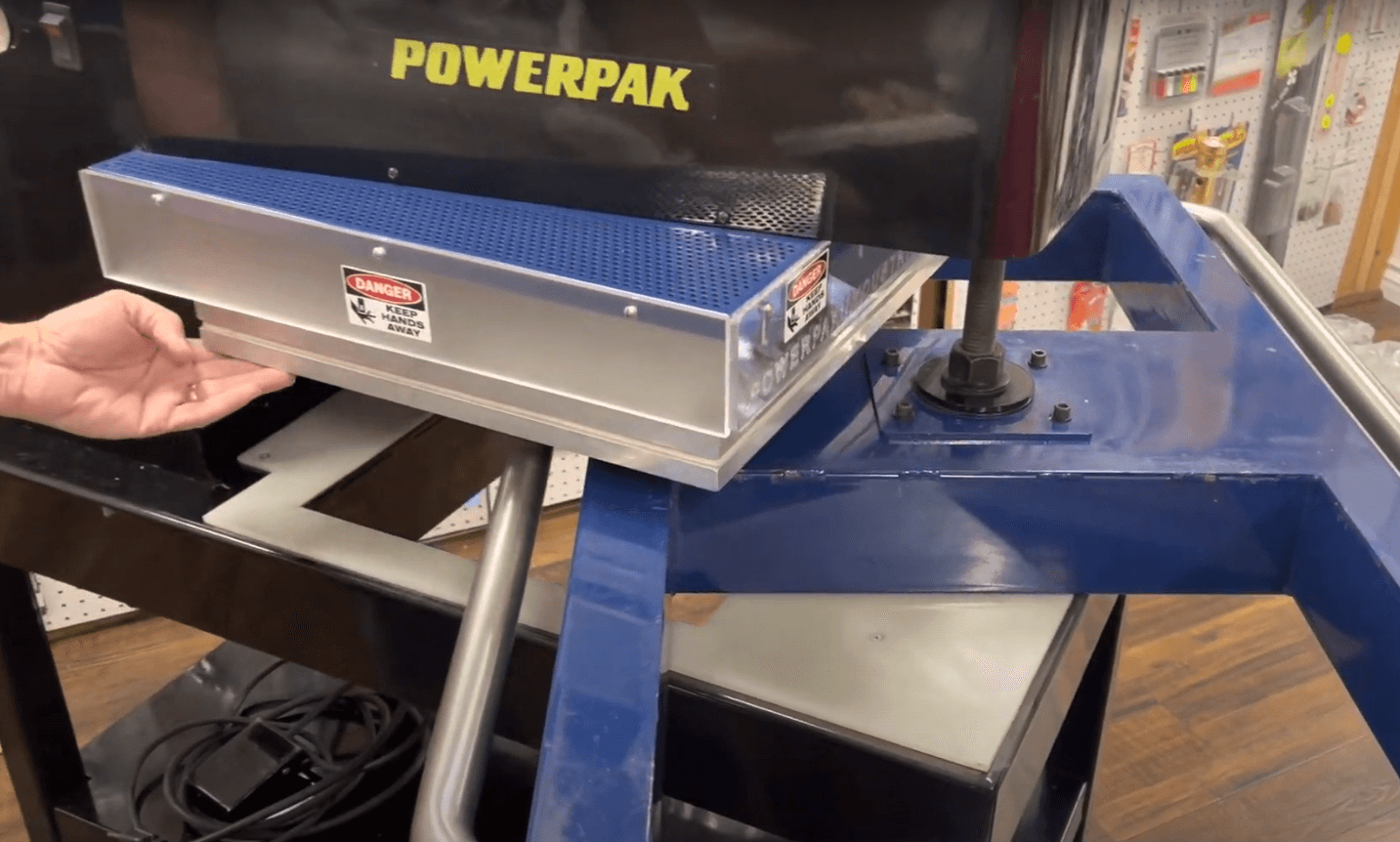
In conclusion, clamshell sealers play a pivotal role in retail packaging, particularly in producing clamshell packs. Understanding their operation and applications can help businesses make an informed decision about incorporating them into their packaging operations.
7. Quality Control & Testing
Material Testing
Material testing is an indispensable step in the world of blister packaging. As a matter of fact, it forms the cornerstone of ensuring blister packs or clamshell packs’ reliability, durability, and overall quality. Here, let’s delve into how materials used in blister packaging undergo rigorous testing for vital properties like strength, clarity, and barrier traits.
The strength test, for instance, assesses the material’s ability to withstand physical stress. A force is applied on the material to identify at what point it fails, providing insight into its toughness. A high-strength material is key in blister packaging to protect the product from damage during handling, shipping, or on the retail shelf.
Clarity testing, on the other hand, is fundamental when it comes to retail packaging. Consumers highly value the ability to see the product before purchase, and blister packaging excels in this regard. Through clarity tests, manufacturers ensure that the packaging material is clear enough to showcase the product inside, enhancing its appeal to potential buyers.
Barrier property testing is another critical process. It evaluates the material’s ability to resist permeation of gases, water vapor, and other substances that could potentially harm the product. Especially crucial for products that require specific environmental conditions, this test ensures product integrity and long shelf-life.
On top of these, there are numerous other tests, such as seal integrity and leak tests, each with their unique role in guaranteeing the quality of the blister packaging supplies. Thus, comprehensive material testing is a must, acting as the bedrock of quality in the blister packaging world, contributing to consumer trust and product safety.
In-Process Quality Control
In-process quality control is a pivotal component of blister packaging production. As the blister packaging machines spring into action, various control measures are meticulously implemented to ensure a flawless manufacturing process. Checking parameters such as forming temperature, sealing conditions, and product alignment is crucial to delivering perfect blister packs.
Starting with forming temperature, it’s a critical aspect that needs constant monitoring. If the temperature strays beyond the ideal range, the blister packaging may become deformed, leading to functional and aesthetic issues. Regular checks help maintain the correct temperature, ensuring the finished blister packs are up to the mark.
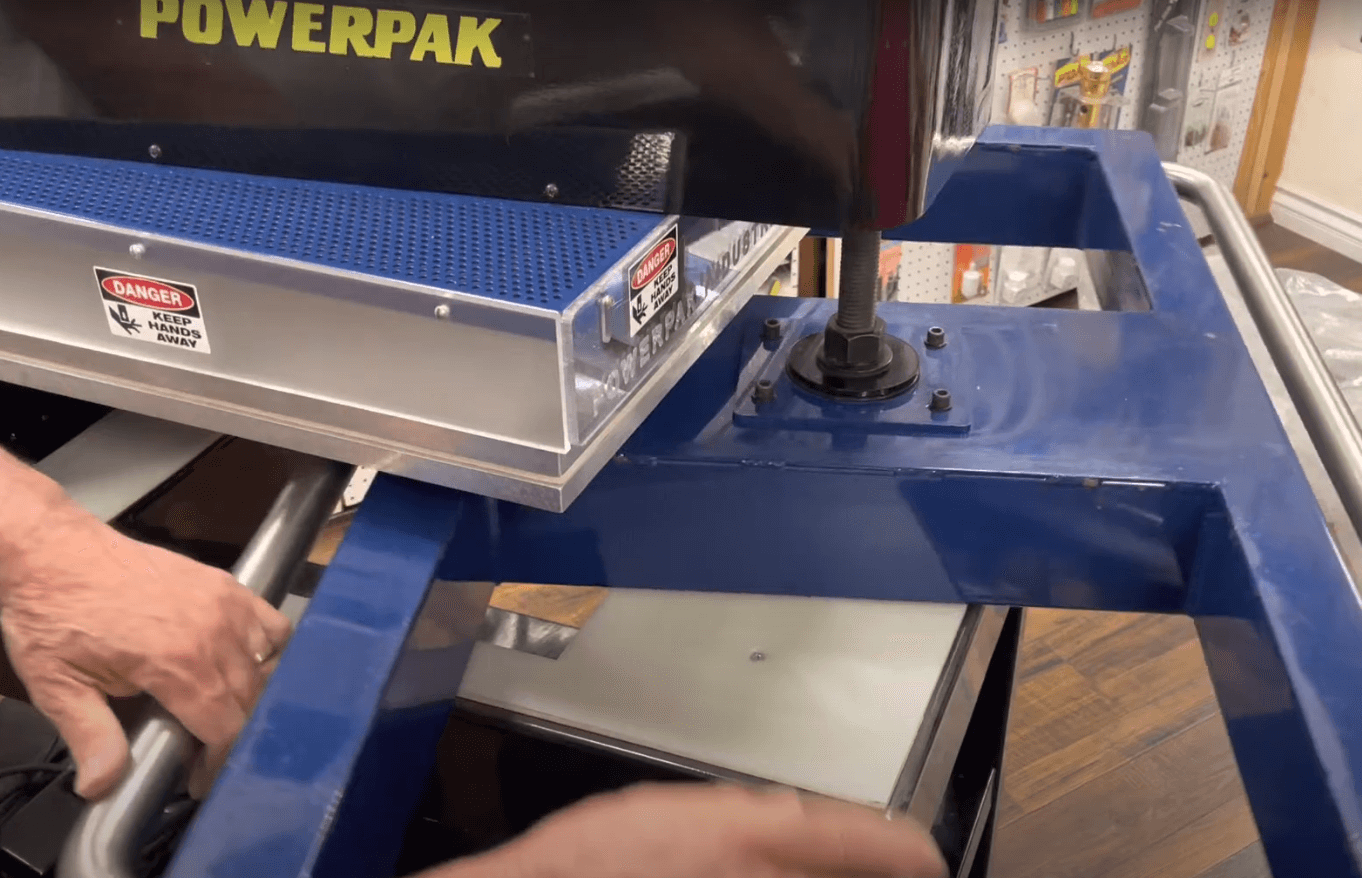
Next, we have sealing parameters. Just as the forming temperature is essential for giving shape to the blister packs, the sealing parameters ensure the packs stay closed, protecting the product inside. These parameters, including temperature, pressure, and dwell time, are carefully regulated to achieve a perfect, secure seal.
Furthermore, product alignment is monitored. With each product securely encased in its blister pack or clamshell pack, maintaining precise alignment is imperative. Misalignment can result in poorly sealed packs or wasted packaging materials.
In essence, these in-process control measures act as a safety net, catching potential issues early in the production process. By keeping a close eye on each stage of the manufacturing process, blister packaging machines produce high-quality, reliable retail packaging that meets consumer expectations and safeguards the product inside. So, as you delve deeper into the world of blister packaging, remember that in-process quality control is what keeps the entire operation running smoothly.
Seal Integrity Tests
Seal integrity tests hold a paramount position in the world of blister packaging, as they ensure the airtight and watertight nature of the blister packs. These critical tests offer a guarantee that the product within is protected from external factors such as moisture, air, and contaminants. In the grand scheme of blister packaging, maintaining the quality of the seal can mean the difference between a well-protected product and a compromised one.
One common technique used in seal integrity tests is the dye penetration test. In this process, the sealed blister pack is immersed in a dye solution under pressure. If any leaks exist in the seal, the dye will penetrate through, revealing the flaw. This simple yet effective test provides a visual confirmation of the seal’s integrity and its ability to safeguard the packaged product.
Next, there’s the vacuum leak test. This method subjects the blister packs to a vacuum environment. If a pack is properly sealed, it will retain its shape, whereas a flawed seal will result in the pack collapsing under the vacuum pressure. This technique, combined with the dye penetration test, provides a comprehensive assessment of the seal’s robustness.
Remember, whether it’s a blister pack or a clamshell pack, the sealing quality is crucial. Without rigorous seal integrity tests, the efficiency of retail packaging could be compromised, leading to product damage or spoilage. As you navigate the world of blister packaging, understanding the vital role of seal integrity tests will provide you a broader perspective on how blister packaging machines and blister packaging supplies contribute to delivering a perfect, well-sealed product to the end-user.
Visual Inspection
In the blister packaging universe, where precision and perfection reign supreme, visual inspection stands as an indispensable tool. This vital checkpoint serves as a final guardian, verifying the quality of blister packs before they make their way into the retail market. As an essential aspect of retail packaging supplies, a visual inspection is primarily concerned with detecting visible defects that might otherwise escape notice.
To illustrate, consider a misaligned blister pack. Even the slightest misalignment can compromise the product’s security, and this is where a visual inspection comes in. By carefully examining each blister pack, experts can spot any misalignment, no matter how subtle, thereby ensuring every product is packaged correctly.
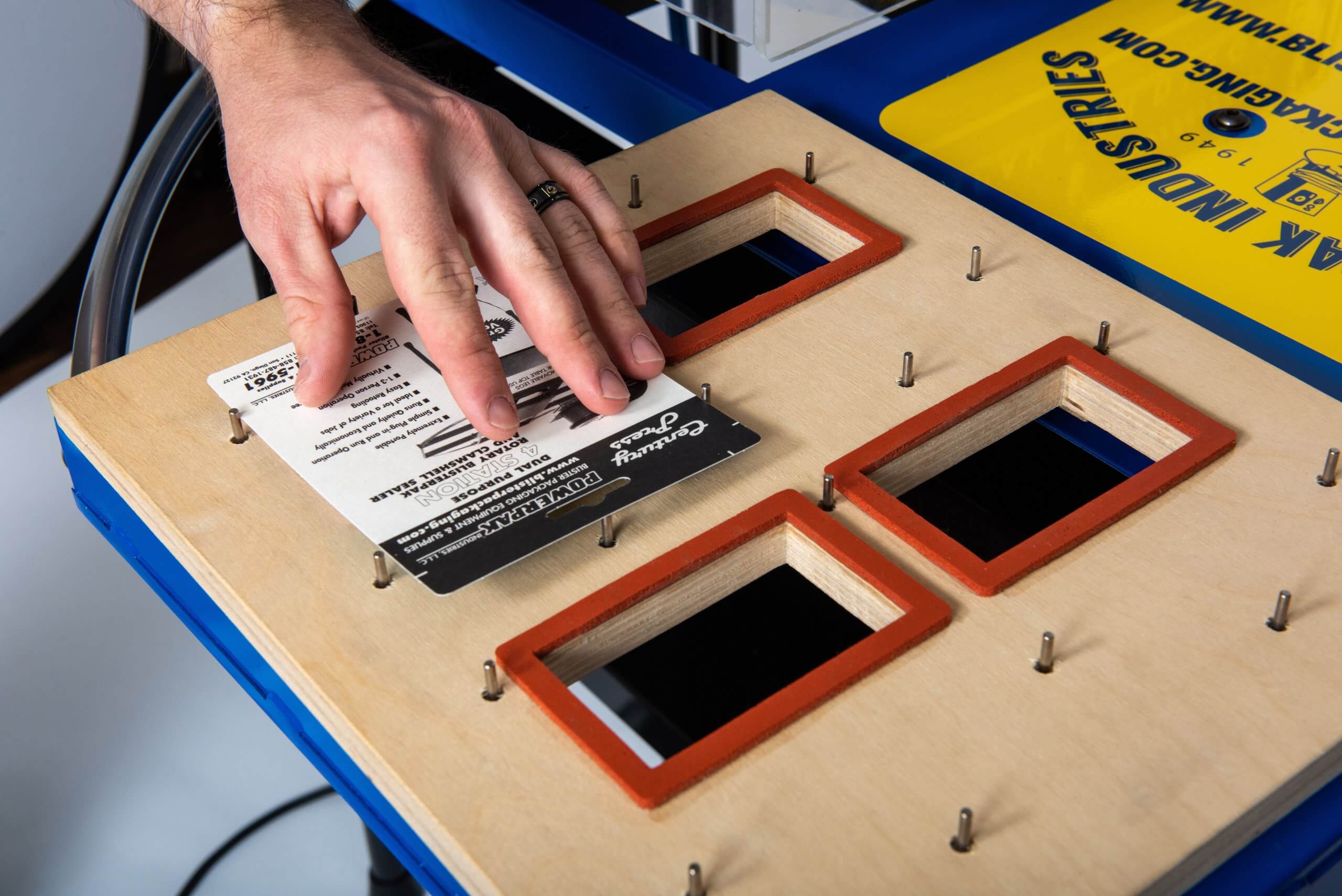
Similarly, visual inspections can reveal poor sealing, a significant issue that can compromise the airtight and watertight nature of the packaging. If a seal is not adequately formed, the product within is at risk. Hence, catching such defects at this stage can prevent potential damage or loss.
Lastly, foreign objects are a major concern in any packaging process, especially in industries like pharmaceuticals or food and beverages. A visual inspection can detect these anomalies, protecting both the integrity of the product and the safety of the end-user.
Overall, visual inspection is a fundamental step within the blister packaging process, underlining the attention to detail that defines this industry. It underscores the meticulous nature of blister packaging machines and their role in producing high-quality, defect-free blister packs. So, as you delve deeper into the world of blister packaging, remember the role of visual inspection, and appreciate the thoroughness it brings to this intricate process.
Quality Assurance vs Quality Control
In the blister packaging world, where quality reigns supreme, two key concepts play a pivotal role – Quality Assurance (QA) and Quality Control (QC). They may seem interchangeable, yet they are distinct in purpose and execution, working together to create high-quality blister packs.
Quality Assurance, or QA, is the systematic process of preventing defects in the first place. For instance, before a blister packaging machine is even switched on, QA ensures that every part of the machine functions correctly, the materials used are of top quality, and the staff handling the machine are adequately trained. This proactive approach minimizes potential errors before the production process even begins. Consequently, QA helps to build a reliable, efficient, and robust blister packaging process from the outset.
On the other hand, Quality Control, or QC, kicks in during the production process. Its main aim is to detect and correct defects in the finished blister packs. Tools like visual inspections and seal integrity tests, part of your essential blister packaging supplies, are used to scrutinize every pack. If a defect is detected, it’s corrected on the spot or the faulty pack is removed from the batch. Therefore, QC is more of a reactive approach, correcting errors after they occur to ensure only defect-free products reach the market.
In conclusion, QA and QC are like two sides of the same coin. They operate in tandem, with QA preventing errors at the beginning and QC detecting and correcting any errors that slip through. Together, they ensure that every blister pack created is nothing short of perfect, affirming the role of blister packaging machines as a key cog in delivering superior retail packaging. By understanding these dual aspects, you can better appreciate the meticulous steps taken to ensure the highest quality of blister packaging.
8. Regulations and Standards
Introduction to Regulations and Standards
Diving into the world of blister packaging, a key factor that ensures product safety, consistency, and quality are the strict regulations and standards in place. They serve as crucial guiding pillars in the design and manufacturing process of blister packaging supplies.
Regulations and standards are essential to maintaining an unwavering level of quality across all products. Whether it’s blister packs for pharmaceuticals or retail packaging for consumer goods, adhering to these guidelines ensures uniformity. For instance, you don’t just want a clamshell pack that looks good; it also has to protect the product, maintain its integrity, and meet hygiene requirements.
Moreover, the impact of regulations is far-reaching. It extends to the very machines used for packaging, where standards govern aspects such as machine safety, operational efficiency, and environmental impact. This adherence to standards ensures that every part of the blister packaging process, from the blister packaging machines to the finished blister cards, meets the same quality and safety benchmarks.
Additionally, by complying with these standards and regulations, manufacturers can provide assurances to consumers about the safety and quality of their products. This can significantly boost customer trust and brand reputation, while also ensuring smoother market access worldwide.
In conclusion, regulations and standards in blister packaging don’t just guarantee product quality and safety; they also play a vital role in shaping the manufacturing process and influencing design choices. Understanding their importance and implications can provide invaluable insights into the meticulous attention to detail involved in producing every single blister pack or clamshell pack. It’s a testament to the industry’s commitment to delivering nothing but the best to consumers.
Food Packaging Regulations
Dipping into the fascinating realm of blister packaging, you’ll soon discover that food packaging regulations are a cornerstone for maintaining the highest levels of safety and quality, globally. These measures, implemented by esteemed bodies such as the Food and Drug Administration (FDA) in the U.S. and the European Food Safety Authority (EFSA) in Europe, exert a major influence on blister packaging supplies and retail packaging alike.
To start with, the FDA’s role in regulating food packaging can’t be understated. They meticulously assess materials used in blister packaging machines and the final blister packs themselves. Their rigorous evaluation ensures every item touching our food is safe, non-toxic, and performs as expected. Similarly, in Europe, the EFSA takes on this critical responsibility. They set stringent standards to guarantee that food in our blister cards or clamshell packs is protected from contamination.

Additionally, these entities also address environmental concerns. With growing awareness about the need for sustainable packaging solutions, they’ve ushered in norms encouraging the use of recyclable and eco-friendly materials in blister packaging. Consequently, manufacturers globally are striving to meet these benchmarks, leading to innovations in both design and production methods.
Meanwhile, across different regions, numerous bodies mirror the function of the FDA and EFSA, adapting the rules to local requirements. Whether it’s retail packaging supplies or blister packaging for food, these organizations work tirelessly to ensure the integrity of our food supply chain.
In conclusion, the international and regional food packaging regulations bring about uniformity in safety standards, irrespective of geographical boundaries. Whether it’s a blister pack from a store in the U.S. or a clamshell pack from a European market, consumers can rest assured about the safety and quality of their packaged food.
Pharmaceutical Packaging Regulations
In the realm of blister packaging, one arena that demands strict oversight is pharmaceuticals. Consequently, to ensure the highest level of quality and safety, pharmaceutical blister packaging follows stern regulations set by esteemed bodies like the Food and Drug Administration (FDA), the European Medicines Agency (EMA), and the World Health Organization (WHO).
Firstly, the FDA regulates every stage of pharmaceutical blister packaging in the U.S., from the initial material selection in blister packaging machines to the final blister packs. These guidelines protect consumers from potential health risks, ensuring the medicine inside the packaging remains untainted and effective throughout its shelf-life. In parallel, across the Atlantic, the EMA maintains an equivalent role in Europe, setting standards that safeguard the integrity of blister packs and clamshell packs used for medication.
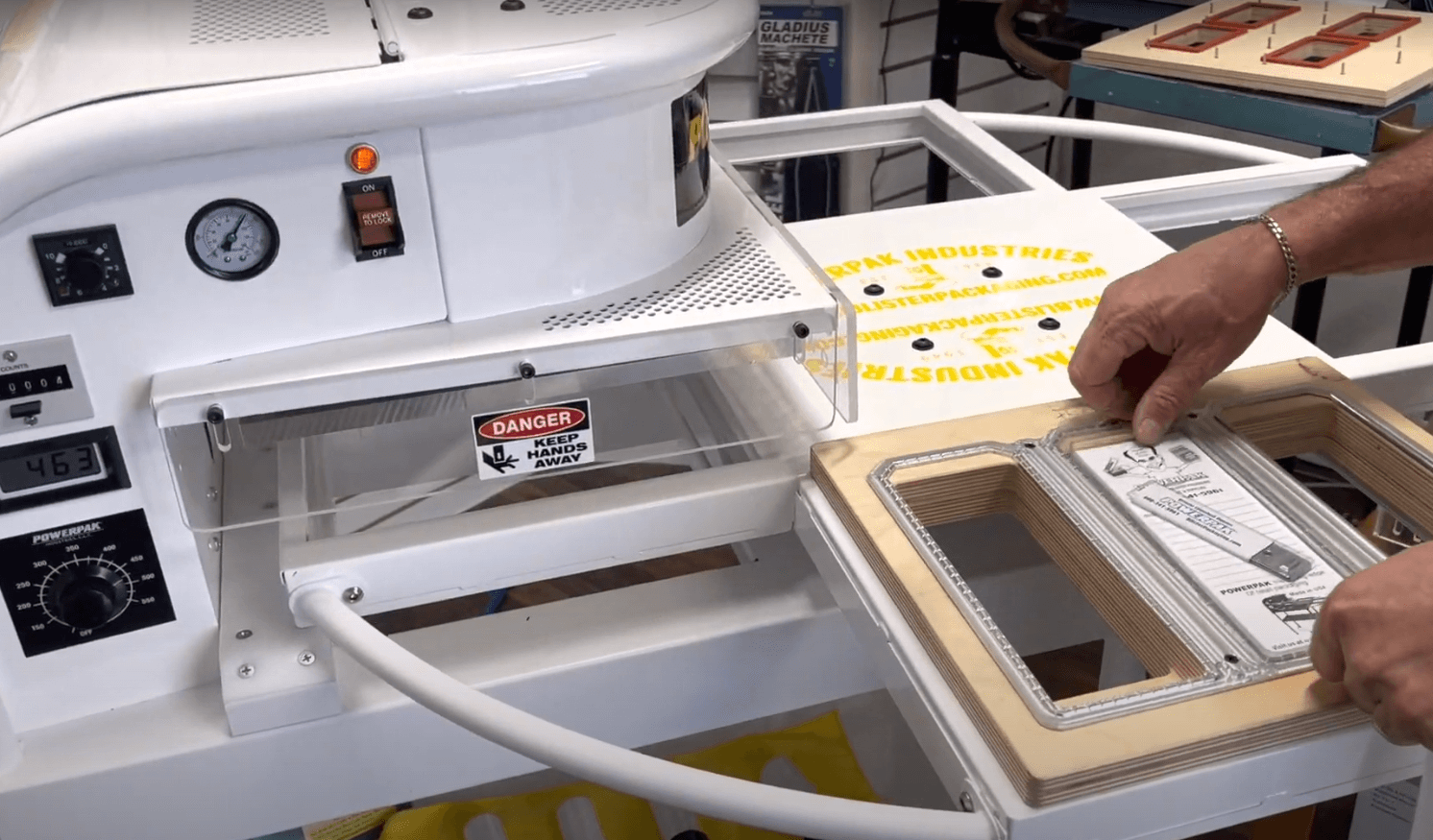
Moreover, it’s crucial to note that these guidelines also extend to blister packaging supplies used for over-the-counter (OTC) drugs and health supplements. For instance, retail packaging machines producing these packages must meet specific cleanliness and sterility standards to prevent cross-contamination.
At the global level, the WHO formulates universal guidelines for pharmaceutical packaging. These rules promote consistency across different geographical regions, ensuring that consumers worldwide receive safe and reliable medication, regardless of where the packaging was manufactured.
To sum up, the rigorous regulations for pharmaceutical blister packaging reflect the critical role packaging plays in delivering safe and effective medicine. By adhering to the standards set by bodies like the FDA, EMA, and WHO, pharmaceutical manufacturers can ensure the highest level of safety, quality, and consistency in their products, all encapsulated within the modest yet crucial blister packaging.
Labeling Requirements
Navigating through the regulations of blister packaging, we soon discover that proper labeling is not just an option, but a non-negotiable requirement. Precisely articulated, the labeling of blister packs holds a critical role in conveying essential details to consumers. It provides the vital bridge of communication between the manufacturer and the end user, acting as an open book of transparency.
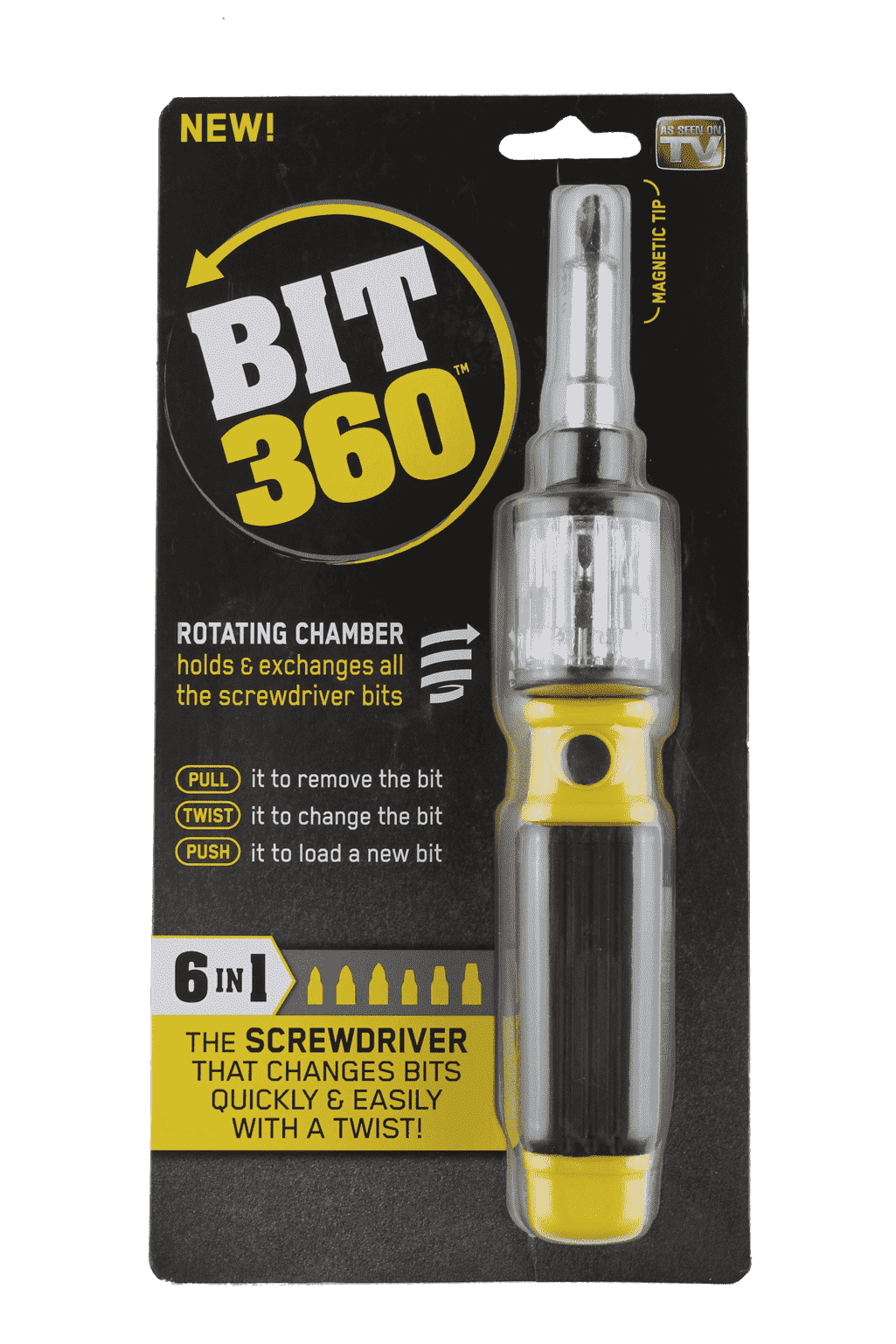
Initially, the labeling offers a detailed list of ingredients or components enclosed within the blister packaging. For instance, it includes the active and inactive components in pharmaceuticals, or materials used in the product for retail packaging. This transparency enables consumers to make informed decisions, especially those with specific allergies or sensitivities.
Moreover, user instructions accompany the package. This information is vital, especially when dealing with pharmaceutical blister packs. Clear guidelines about dosage, storage conditions, and usage instructions not only ensure that consumers can correctly use the product, but also prevent misuse, subsequently promoting safety.
In addition, the labeling serves as a platform for safety warnings. Whether it’s a choking hazard warning on a toy’s clamshell packaging or a side-effects warning on a medicine’s blister pack, these warnings are vital for consumer safety. Furthermore, labeling regulations require the inclusion of manufacturer’s contact information for consumers to reach out if any problem arises.
Beyond this, the regulations mandate labeling requirements for blister packaging machines and retail packaging supplies. This ensures that every stakeholder in the blister packaging chain, from manufacturers to retailers, is informed about the specifications, usage, and safety procedures associated with these machines and supplies.
In essence, labeling is a vital cog in the blister packaging wheel, enabling clear communication, promoting safe usage, and ensuring regulatory compliance. By adhering to the labeling requirements, manufacturers can boost consumer confidence and satisfaction, while also staying in line with the regulatory landscape.
Child-Resistant and Senior-Friendly Packaging Regulations
A significant factor in blister packaging design revolves around safety and accessibility, specifically ensuring child-resistant but senior-friendly packaging. Balancing these two facets can seem like a tightrope walk. However, organizations like the Consumer Product Safety Commission (CPSC) in the U.S. have established clear standards and regulations that manufacturers can follow.
Child-resistant packaging, often employed in pharmaceutical and certain retail packaging, is designed to prevent children from accidentally consuming harmful substances. Notably, the regulations stipulate that the packaging must be significantly difficult for a child under five years to open, yet not impossible. This demands innovation in the design of blister packs and clamshell packs, which typically use ‘push and turn’ caps, snap-off closures, or pressure down and twist mechanisms. Additionally, every stage of production, from operating blister packaging machines to selecting blister packaging supplies, must prioritize child safety.
Conversely, these safety mechanisms must not restrict seniors’ access to essential products. The challenge lies in creating packaging that is both child-resistant and senior-friendly. A balance between intricate opening mechanisms and ease of access for older consumers is crucial. Manufacturers must therefore pay particular attention to the sealing parameters in blister and clamshell sealing processes, ensuring they are tight enough to deter a child, yet can be managed by an older person.
With stringent adherence to the CPSC’s regulations, manufacturers can ensure that their blister packaging serves its dual purpose – keeping children safe while allowing easy access for seniors. By taking such regulations into account during the design and manufacturing process, companies can contribute to a safer environment while still meeting the needs of all consumers.
Environmental and Sustainability Regulations
As we confront the growing environmental crisis, industries worldwide, including the packaging sector, have had to reassess their practices and pivot towards more sustainable solutions. Blister packaging, a mainstay in retail packaging and pharmaceutical industries, has not been left out of this shift. Increasingly, the materials used in blister packaging supplies and the operation of blister packaging machines are under regulatory scrutiny to reduce their environmental impact.
Notably, the key to sustainability in blister packaging is finding the balance between functionality, affordability, and eco-friendliness. Consequently, several regulatory bodies have imposed recycling mandates and restrictions on certain materials to drive this change. For example, packaging designs that incorporate PET (Polyethylene Terephthalate), PVC (Polyvinyl Chloride), and PS (Polystyrene) have come under examination due to their non-biodegradable nature and the difficulties associated with their recycling.
In response to this, manufacturers have innovated and expanded their blister packaging supplies to include more eco-friendly alternatives. Materials such as bio-PET, recycled PET (rPET), and plant-based PLA (Polylactic Acid) are increasingly utilized in blister packs and clamshell packs to ensure compliance with environmental regulations.
However, it isn’t just about the materials used. Even the most sustainable material can cause environmental harm if not properly managed at the end of its lifecycle. As such, businesses involved in retail packaging need to ensure that their products can be easily sorted and recycled, promoting a circular economy.
In this journey towards sustainable blister packaging, it’s essential to bear in mind that regulations are not limitations but opportunities. They can guide innovation and stimulate the industry to create packaging solutions that are not only effective and user-friendly but also kinder to our planet.
9. Choosing a Blister Packaging Partner
Introduction
In the dynamic world of retail, the packaging of your product is as crucial as the product itself. It’s not only about encasing items for protection; it’s about appealing to consumers, standing out on the shelves, and aligning with the latest environmental regulations. In this realm, blister packaging has proved itself as a versatile solution, accommodating a wide range of products, from toys to electronics, and pharmaceuticals to household goods.
However, with numerous blister packaging supplies and retail packaging machines on the market, one may ask, “What’s the best way to navigate this landscape?” The answer is simple – by choosing the right blister packaging partner. An experienced and trusted partner like POWERPAK Industries, LLC can make all the difference to your product’s success.

Why? Well, first, they understand the nuances of blister packs, blister cards, and clamshell packaging. From selecting the right materials to ensuring precise clamshell sealing, they leverage their extensive expertise to deliver top-notch packaging solutions.
Secondly, with a partner like POWERPAK, you are not just gaining access to superior blister packaging machines and supplies, but also tapping into a wealth of industry knowledge. This means staying ahead of packaging trends, regulations, and meeting the changing needs of your consumers.
Most importantly, integrity is at the heart of what they do. Your business goals become their goals, ensuring a mutually beneficial relationship. Hence, the right blister packaging partner can amplify your success, making them an invaluable asset in your business journey. So, while the choice of partner might seem insignificant, remember that it can have a substantial impact on your bottom line.
Experience
When charting the path to retail success, the worth of an experienced blister packaging provider like POWERPAK Industries, LLC, cannot be overstated. Their wealth of knowledge, gathered over years of handling varied blister packaging projects, is invaluable in navigating the intricate terrain of packaging. Let’s delve into the importance of a provider’s industry experience and track record.
Imagine that you’re on a hike through unfamiliar territory. Would you prefer a seasoned guide who’s traversed the landscape countless times, or an amateur who’s just as new to the path as you? Clearly, you’d choose the experienced guide. Similarly, a provider’s experience becomes your guiding light in the complex world of blister packaging. They have battled the storms, scaled the heights, and crossed the hurdles, gaining invaluable insights that can help steer your product’s packaging journey towards success.

Additionally, a provider’s past projects and clientele can speak volumes about their capabilities. This experience translates into practical skills and knowledge of best practices, as well as potential pitfalls. Moreover, if the provider has worked with notable clients, it’s indicative of their capability to meet high standards and demands. Consequently, their track record becomes a testament to their reliability and competence in delivering high-quality blister packaging, from blister packs and blister cards to clamshell packaging.
In essence, an experienced packaging provider like POWERPAK isn’t just offering blister packaging machines or retail packaging supplies; they’re offering peace of mind. They’re a trusted ally in your quest for retail triumph, safeguarding your product with the armor of superior packaging. Hence, when choosing a packaging partner, give due importance to their experience and track record – it’s an investment that pays off manifold.
Communication
In the bustling world of blister packaging, it’s not just about the quality of blister packs or the efficiency of blister packaging machines – the art of communication stands paramount. Imagine a partnership where you can’t voice your needs or concerns effectively. Sounds like a recipe for disaster, right? This is where the likes of POWERPAK Industries, LLC come into play, providing not just stellar blister packaging supplies but also fostering crystal-clear, timely communication.
Firstly, let’s consider the value of clarity. When you have unique needs for your product’s packaging, be it retail packaging or clamshell packs, you need a provider who doesn’t just hear, but truly understands your vision. Every detail, every specification needs to be comprehended in-depth. With POWERPAK, you get that level of comprehension, allowing you to discuss your needs without any fear of being misunderstood.
In addition, think about the crucial nature of timeliness. In an industry where time is indeed money, delayed responses can mean lost opportunities. With POWERPAK, you get the commitment of timely communication, which means your concerns are addressed promptly, leaving no room for unnecessary delays.
In essence, clear and timely communication is akin to an open highway, connecting you seamlessly with your blister packaging partner. It’s an assurance that your voice matters, your ideas are valued, and your concerns are met with urgency. So, when looking for a packaging partner, don’t just focus on their blister packaging machines or retail packaging supplies, but also their ability to communicate effectively. After all, in the orchestra of blister packaging, communication sets the rhythm for a harmonious performance.
Flexibility and Scalability
As you navigate the intricate world of blister packaging, one fundamental factor often overlooked is the adaptability of your packaging partner. It’s crucial to align with a provider like POWERPAK Industries, LLC, not just for their top-notch blister packaging supplies or blister packaging machines, but for their inherent ability to flex and scale their operations according to your evolving needs.
Firstly, ponder over flexibility. Imagine this: you’ve launched a product packed in standard blister packs, and it’s a massive success. Suddenly, you’re contemplating an extension line with a distinctive design. Will your packaging partner be agile enough to adapt and provide you with the customized blister cards or retail packaging supplies you need? With POWERPAK, the answer is a resounding yes. They’ve built a reputation for responsiveness, quickly and efficiently pivoting their services to cater to your unique requirements.
Moreover, consider scalability. Your brand is growing; your retail packaging needs are increasing. Is your packaging partner equipped to grow with you? POWERPAK shines here as well, boasting the capacity to scale up operations seamlessly. Whether it’s ramping up production of clamshell packs or integrating a new clamshell sealing machine into the workflow, they’re poised to match your expansion stride for stride.
In conclusion, flexibility and scalability are two pillars of a strong, successful partnership in the blister packaging industry. And with a partner like POWERPAK, you’re aligning with a company that thrives on these pillars. They not only understand the language of blister packaging but also speak the dialects of flexibility and scalability, ultimately helping your business reach new heights.
Sustainability
In today’s environmentally conscious world, the importance of sustainable practices in blister packaging cannot be overstated. As consumer and regulatory focus continues to zero in on eco-friendly practices, choosing a blister packaging partner that champions sustainability becomes increasingly critical.
Enter POWERPAK Industries, LLC, a trusted name in the blister packaging industry that has diligently committed itself to sustainable operations. From the outset, they prioritize eco-friendly approaches in the manufacture and supply of blister packs, retail packaging supplies, and clamshell packs. This means less wastage, lower carbon footprints, and a step towards a more sustainable future.
Moreover, POWERPAK doesn’t just talk the talk, but walks the walk when it comes to their machines. For instance, their blister packaging machines and clamshell sealing machine are optimized for energy efficiency, thus minimizing their environmental impact. As a result, when you partner with POWERPAK, you are not just investing in quality packaging solutions; you are aligning with a brand that shares your commitment to the environment.
To sum up, a robust sustainability strategy is no longer just a ‘nice-to-have’ feature; it’s a must-have for any business seeking to remain competitive and responsible. With POWERPAK Industries, LLC, you’ll find a blister packaging partner that understands this crucial paradigm shift and has embedded sustainability into their core operations, helping you fulfill your environmental responsibilities while delivering outstanding packaging solutions.
Pricing
Navigating the terrain of blister packaging pricing can sometimes be a complex endeavor, but understanding the balance between cost and quality can make all the difference. At first glance, a lower price may seem like the better option, enticing you with the promise of cost savings. However, this isn’t always the case.
POWERPAK Industries, LLC, a trusted leader in blister packaging, emphasizes that quality should never be compromised for cost. While it may be tempting to cut corners with cheaper blister packaging supplies, it can result in subpar blister packs or retail packaging, which can adversely impact your product’s marketability and potentially tarnish your brand’s reputation. Furthermore, inferior blister packaging machines or clamshell sealing machines may require frequent maintenance or replacement, incurring additional costs in the long run.
Therefore, it’s paramount to view cost in the context of value. POWERPAK’s retail packaging machines, for instance, are competitively priced but they are also robust, efficient, and backed by excellent customer support. Their blister cards and clamshell packs are not just affordable, but also meet high-quality standards. So, while their prices might not always be the lowest, their uncompromising commitment to quality ensures that you get exceptional value for your investment.
In conclusion, remember that when it comes to pricing, the least expensive option is not always the best. Instead, choose a blister packaging partner like POWERPAK Industries, LLC, who can deliver both quality and value in perfect harmony.
Questions to Ask Potential Partners
When it comes to choosing your ideal blister packaging partner, knowing the right questions to ask can make all the difference. The process may seem daunting initially, but armed with the right inquiries, you can effectively assess potential partners like POWERPAK Industries, LLC.
Firstly, “What is your turnaround time?” is a pivotal question. It’s essential to understand how quickly a provider can deliver, from the initial design of blister packs or clamshell packs, to the operation of blister packaging machines and clamshell sealing machines. Speedy service should not compromise quality, however, leading to the second question: “What is your defect rate?” A low defect rate signifies that the blister packaging supplies, retail packaging supplies, or retail packaging machines produced are consistently of high quality.
The third query should revolve around handling quality control issues: “How do you address quality control?” Transparency in this domain is vital, as it showcases the provider’s commitment to high standards. POWERPAK Industries, for example, not only maintains stringent quality control measures but also promptly rectifies any issues, thereby ensuring customer satisfaction.
In summary, the right questions lead to valuable insights, aiding you in selecting a reliable blister packaging partner. So, before settling, delve deeper, ask questions, and remember – the success of your product may lie in the integrity of your packaging.
Red Flags to Avoid
As crucial as it is to know what to look for in a blister packaging partner, being able to identify potential red flags is equally essential. With the stakes as high as they are, the last thing you need is a subpar provider compromising the integrity of your blister packs, clamshell packs, or retail packaging.
Firstly, a clear warning sign is a lack of transparency. If a potential partner is not open about their blister packaging machines, clamshell sealing process, or the source of their blister packaging supplies, you might want to think twice. A reliable partner like POWERPAK Industries, LLC will be upfront about every aspect of their operations, from the machines used to the materials sourced.
Secondly, poor communication can be a significant obstacle. Providers who don’t promptly respond to queries, or fail to provide regular updates, may cause frustration and delays. It’s essential to have a packaging partner who ensures smooth, clear communication throughout the process.
Another red flag to consider is a pattern of negative reviews. If multiple customers have had issues with a provider’s blister cards or retail packaging machines, there’s a good chance you might too. Reviews can offer vital insights into a provider’s track record and reliability.
Lastly, outdated technology can hinder your product’s packaging quality and the efficiency of the production process. Look for partners who invest in modern blister packaging and retail packaging machines, ensuring the best results for your product.
In summary, these red flags serve as cautionary reminders that not all packaging partners are created equal. The right partner, like POWERPAK Industries, will stand apart with their integrity, transparency, communication, positive customer reviews, and state-of-the-art technology.
10. Glossary
- Blister Packaging: A type of packaging that uses a plastic cavity or shell to protect and display a product.
- Thermoforming: The process of heating a plastic sheet and shaping it into a specific form in a mold.
- Sealing: The process of securing the product within the blister pack by attaching the blister to a backing card or a lidding seal.
- Clamshell: A type of blister packaging that folds onto itself, forming a clam-like appearance.
- Mold: The tool used in thermoforming to shape the blister packaging.
- Carded Packaging: A type of blister packaging where the plastic blister is adhered to a card backing.
- Face Seal Blister: A blister package where the blister extends and adheres to the entire surface of the backing card.
- Trapped Blister Packaging: A package in which the plastic blister is trapped between two pieces of card.
- ISO Standards: International standards for quality, safety, and efficiency relevant to packaging and manufacturing.
- Sustainability: The practice of creating products or packaging with minimal environmental impact.
- Recyclability: The capability of a product or material to be processed and used again.
- Biodegradable: Refers to materials that can be broken down by microorganisms over time.
- Compostable: Materials that can decompose into natural elements in a compost environment, leaving no toxicity in the soil.
- Life Cycle Analysis (LCA): The assessment of environmental impacts associated with all the stages of a product’s life.
- Tamper-Evident Packaging: Packaging that shows visible signs of tampering.
- Child-Resistant Packaging: Packaging designed to be difficult for children to open.
- Clean Room: A controlled environment with low levels of pollutants for manufacturing products that need a high level of hygiene.
- Flange: The extended edge of a blister pack that allows it to be sealed to the card or lidding material.
- Die-Cutting: The process of cutting a piece of material into a specific shape using a die.
11. Frequently Asked Questions
Understanding Blister Packaging
- What is blister packaging?
- Blister packaging is a reliable, secure packaging method used predominantly for small consumer goods, pharmaceuticals, and medical equipment. This strategy encompasses a product sealed between a plastic blister and a paperboard card or aluminum foil, thereby providing strong protection and product visibility.
- What are the different types of blister packaging?
- Indeed, there are various types of blister packaging that cater to specific product needs. The most prevalent types include standard blister packs, clamshell packs, and carded blister packs. Standard blister packs, created with a formable web, are the preferred choice for capsules or tablets, providing a superb moisture barrier. Meanwhile, clamshell packs, identifiable by their hinged, clam-like design, work best for larger items due to their increased depth. Lastly, carded blister packs, which are particularly cost-effective and versatile, find frequent use in retail packaging.
- Why is blister packaging so commonly used?
- Blister packaging’s widespread usage stems from its numerous advantages. Firstly, it offers unrivaled product protection and tamper evidence, thus ensuring the integrity and safety of the product. Secondly, the transparency of the plastic allows customers to directly view the product, which is a substantial advantage in retail environments. Lastly, the use of automated blister packaging machines enables businesses to quickly package a large number of items, thereby enhancing operational efficiency significantly.
Materials and Production
- What materials are commonly used in blister packaging?
- Blister packaging typically involves the use of thermoformable plastic materials such as PVC, PET, PP, and PETG. These materials are used to form the ‘blister’ that holds the product. The backing, often called a blister card, is usually made from paperboard or aluminum foil. The choice of materials often depends on the type of product being packaged, its requirements for protection, and the visual appeal desired in the retail environment.
- How is blister packaging produced?
- The production of blister packaging involves a process called thermoforming. In this procedure, the chosen plastic is heated until it becomes pliable, and it is then shaped into a blister using a mold. Blister packaging machines are essential in automating this process, efficiently creating and sealing blisters at high speed. After the blisters are formed, the product is placed in them, and they are sealed onto the blister cards using heat and pressure.
- Can the blister packaging process be customized for specific products?
- Absolutely! One of the significant benefits of blister packaging is its adaptability. Blister packaging machines can be tailored to accommodate different shapes and sizes of products. Custom molds can be created to form unique blister shapes, and the blister cards can be customized with high-quality printing to enhance branding and product information. This flexibility makes blister packaging a versatile choice for a wide range of products, from pharmaceuticals to consumer goods.
Applications and Use Cases
- What types of products are commonly packaged in blister packs?
- Blister packs are a versatile packaging solution used across numerous industries. You’ll often find pharmaceuticals, small consumer goods, hardware, and electronics in blister packaging. This is because blister packs not only protect the product from external factors but also clearly showcase the product, making it a great choice for retail packaging.
- Why should I choose blister packaging over other types of packaging?
- Blister packaging stands out for several reasons. First, it offers excellent product protection against humidity, temperature variations, and physical damage. Second, it adds to the product’s visibility, which can significantly enhance retail display and, therefore, sales. Lastly, using blister packaging machines, the packaging process can be automated, increasing efficiency and reducing labor costs. It’s a perfect balance of protection, presentation, and productivity.
- Are there any limitations to what can be blister packaged?
- While blister packaging is highly adaptable, it might not be the best fit for every product. Larger or heavier items may not be suitable for blister packaging due to their size and weight. Also, products sensitive to heat might not fare well in the heat-sealing process used in blister packaging. Therefore, it’s crucial to consult with a knowledgeable blister packaging partner, like POWERPAK Industries LLC, to evaluate the best packaging solution for your specific needs.
Quality Control and Testing
- How is quality ensured in blister packaging?
- Quality in blister packaging begins with selecting high-quality materials and utilizing advanced blister packaging machines. Furthermore, stringent quality control procedures are in place throughout the production process. Regular inspections and checks are conducted to detect any possible defects early on. Partnering with an experienced provider like POWERPAK Industries LLC ensures adherence to the highest industry standards and delivery of top-tier blister packs.
- What tests are performed on blister packaging to ensure it’s safe and effective?
- Multiple tests are performed on blister packaging to guarantee its safety and effectiveness. Leak detection tests are conducted to ensure the package is properly sealed and the product is protected from exposure. Compression tests are performed to assess how the package will hold up under pressure during shipping and handling. Moreover, clarity tests can be done to ensure the packaged product is clearly visible for retail display. Ultimately, these comprehensive testing procedures help ensure the durability, integrity, and overall quality of blister packaging.
Regulations and Standards
- What regulations govern the use of blister packaging?
- There are various regulations in place to ensure the safety and quality of blister packaging, especially when used for food, pharmaceuticals, and medical devices. These regulations often vary by country. In the United States, for instance, the Food and Drug Administration (FDA) oversees packaging for food and pharmaceutical products. They have rigorous standards for material safety, labeling, and product integrity. Similarly, the European Union has the European Medicines Agency (EMA) and the European Food Safety Authority (EFSA) setting standards for blister packaging.
- How can I ensure that my blister packaging is compliant with regulations?
- Ensuring regulatory compliance starts with understanding the specific regulations applicable to your product and its packaging. Partnering with a reputable packaging provider like POWERPAK Industries LLC, who stays abreast of the changing regulations, can be a crucial part of this process. Additionally, it involves choosing high-quality materials that are safe for the intended use, maintaining rigorous quality control processes, and carrying out necessary tests for safety and effectiveness. Finally, for utmost transparency, it may be beneficial to obtain certification from a recognized authority confirming your adherence to industry standards and regulations.
Environmental Impact and Sustainability
- What is the environmental impact of blister packaging?
- As with many forms of packaging, blister packaging does have an environmental impact. The majority of blister packs are made from plastic or plastic-aluminum composites. The production of these materials can contribute to greenhouse gas emissions, and if not properly disposed of, they can end up in landfills or oceans, causing harm to wildlife and ecosystems.
- Are there more sustainable alternatives to traditional blister packaging?
- Yes, sustainability is increasingly being prioritized in the packaging industry. More environmentally friendly materials, such as plant-based bioplastics, are being explored for use in blister packaging. Moreover, many companies, including POWERPAK Industries LLC, are now investing in eco-design strategies to minimize the material used in each pack, contributing to less waste and reduced carbon footprints.
- Is blister packaging recyclable?
- While the recyclability of blister packaging can depend on the materials used and local recycling facilities, many blister packs are indeed recyclable. PET (Polyethylene terephthalate) and PVC (Polyvinyl chloride), two commonly used materials in blister packaging, are widely accepted by recycling programs. However, it’s crucial to separate different components of the pack, such as the plastic and cardboard backing, before recycling. To further promote sustainability, manufacturers are continuously working to increase the recyclability of blister packs and the use of recycled content in their production.
Economic Considerations
- Is blister packaging cost-effective?
- Yes, blister packaging is often a cost-effective solution. The materials used, particularly PVC and PET, are relatively low-cost yet robust. The blister packaging process is also designed for efficiency, reducing labor costs and enabling high-volume production. Blister packs are lightweight and compact, leading to significant savings on storage and transportation. Plus, they provide superior product protection, minimizing potential losses due to product damage or tampering.
- How can the use of blister packaging impact my sales?
- Implementing blister packaging can positively impact your sales in several ways. Firstly, blister packs are excellent at showcasing products, with their clear plastic covers allowing consumers to view the product directly, boosting consumer confidence and enhancing shelf appeal. Secondly, blister packaging is adaptable and can be customized to accommodate special promotions or branding elements, helping your product stand out in crowded retail environments. Lastly, blister packs are highly effective at deterring theft, providing added security for high-value items and reducing losses from shoplifting.
Choosing a Blister Packaging Partner
- What should I look for when choosing a blister packaging provider?
- When it comes to selecting a blister packaging provider, there are several key factors to consider. First, you need to evaluate their experience and expertise in the field of blister packaging. They should be able to guide you through the packaging process, from design to production, with proven expertise in handling products similar to yours. Next, check the quality of their blister packaging supplies and machinery. High-quality materials and advanced blister packaging machines are crucial for producing reliable and aesthetically pleasing packages. Furthermore, the provider’s adherence to regulatory standards and commitment to sustainability may also be essential factors, especially if you operate in a heavily regulated industry or value eco-friendliness. Lastly, the level of customer service and communication is important. You want a partner who is responsive, transparent, and focused on meeting your specific needs.
- What are the red flags to watch out for?
- When vetting a blister packaging provider, be wary of certain red flags. An obvious one would be lack of transparency – if a company isn’t upfront about their capabilities, pricing, or production process, it’s a warning sign. Additionally, if a provider lacks adequate certifications or doesn’t comply with industry standards, this can signal a disregard for quality control. Beware of those who don’t offer customization options or flexibility; the ability to adapt to your specific needs is critical in a packaging partner. Lastly, a provider who doesn’t prioritize sustainability may not be in line with modern consumers’ values or future industry trends.
12. Conclusion
In conclusion, thank you for taking the time to navigate this comprehensive journey into the world of blister packaging. We trust this guide has shone a light on the nuances, intricacies, and myriad applications of this versatile packaging solution. No doubt, you’ve gleaned valuable insights to assist in making informed decisions around product packaging. But we understand that learning is an ongoing process. Consequently, you may still have questions or wish to explore this topic further. Don’t hesitate to reach out. At POWERPAK Industries, LLC, we’re not just about blister packaging machines, supplies, and services. We’re also about building knowledge and empowering our clients. In essence, we pride ourselves on being your blister packaging professionals. Whether you’re curious about clamshell sealing, want to dive deeper into retail packaging options, or are simply on the hunt for the best blister packs, we’re here for you. With our experienced team and extensive resources, your packaging queries and challenges are always welcome. Reach out to us today, and let’s continue the conversation. After all, in the realm of blister packaging, knowledge is power, and together, we can harness it.
Summary Breakdown Of This Article
- Introduction to Blister Packaging: The basics of blister packaging, what it is, where it’s commonly used, and why it’s important. Brief history and evolution of blister packaging.
- Types of Blister Packaging: Details about the different types of blister packaging, such as face seal, full face seal, trapped blister, and clamshell. Pros and cons of each type.
- Materials Used in Blister Packaging: Discuss the various materials used to produce blister packaging, including plastic (PVC, PP, PET, etc.), aluminum, and cardstock. Discuss sustainability and environmental impact of these materials.
- Designing Blister Packaging: Discuss the process of designing blister packaging, including considerations about product visibility, security, aesthetics, information display, and ease of opening. Discuss the use of software in designing.
- Manufacturing Process: A detailed walkthrough of the manufacturing process, from design, to mold creation, to thermoforming, to sealing.
- Equipment Used in Blister Packaging: Detailed information about the machinery and tools used in the process, like thermoforming machines, heat sealers, etc. Discuss the modern technologies and advancements in this field.
- Quality Control & Testing: Discuss how quality control is ensured in blister packaging, and what tests are performed to ensure the packaging is safe, effective, and up to standards.
- Regulations and Standards: Provide an overview of the regulations and standards that affect blister packaging, particularly in sectors like pharmaceuticals and food where packaging safety is critical.
- Innovation and Future Trends: Discuss new technologies, materials, and design trends that are shaping the future of blister packaging. Discuss sustainability trends.
- Choosing a Blister Packaging Partner: Give some tips on what to look for when choosing a blister packaging provider. What questions should businesses ask potential partners? What are the red flags to avoid?
- Economic Impact: Discuss the economic implications of using blister packaging, including cost-efficiency, market trends, etc.
- Environmental Impact and Sustainability: A comprehensive analysis of the environmental impact of blister packaging, initiatives for more sustainable options, and the recyclability of the materials used.
- Glossary: Explain important terms related to blister packaging for the reader’s reference.
- Frequently Asked Questions: Include a section to address common queries about blister packaging.


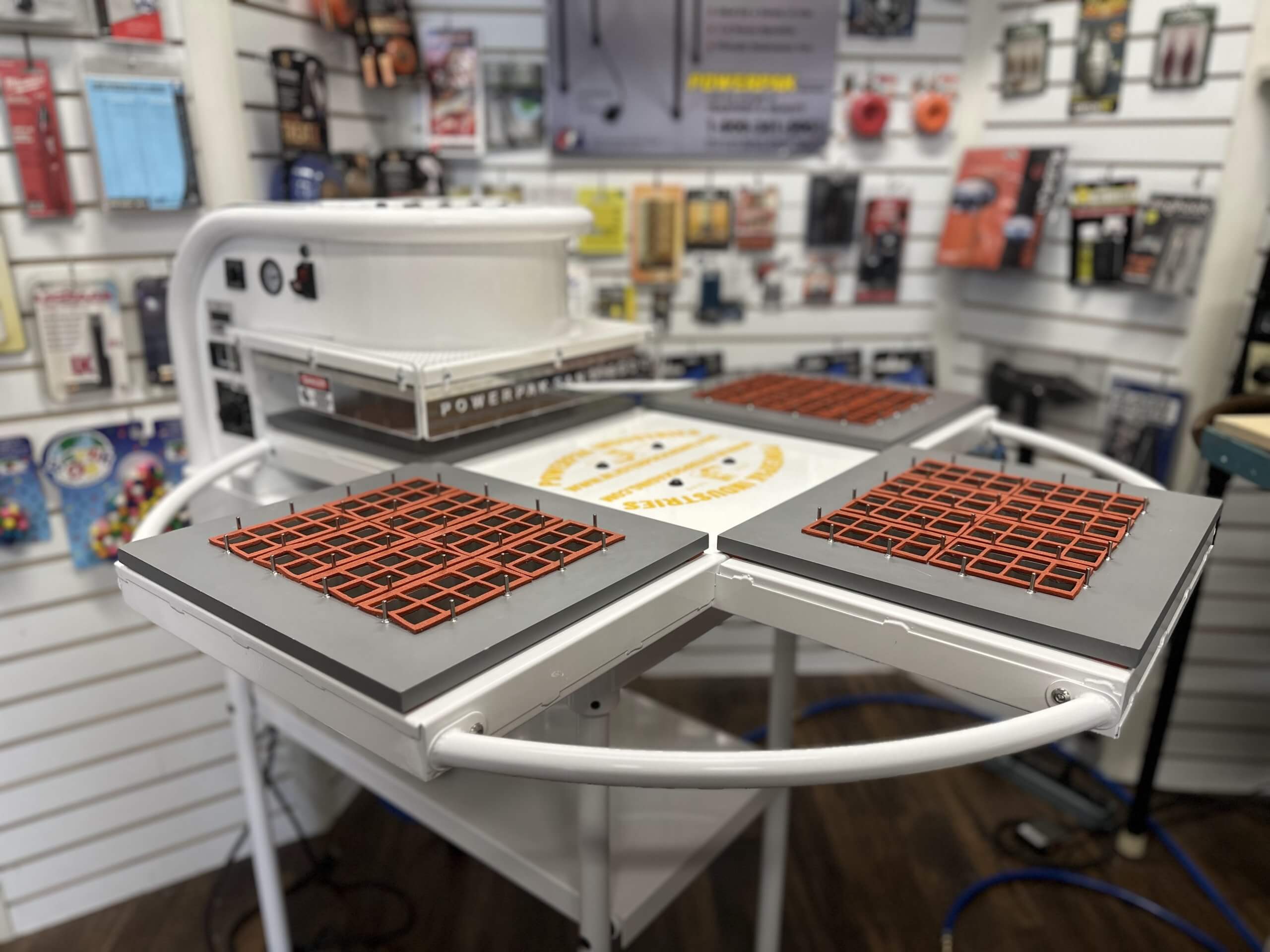

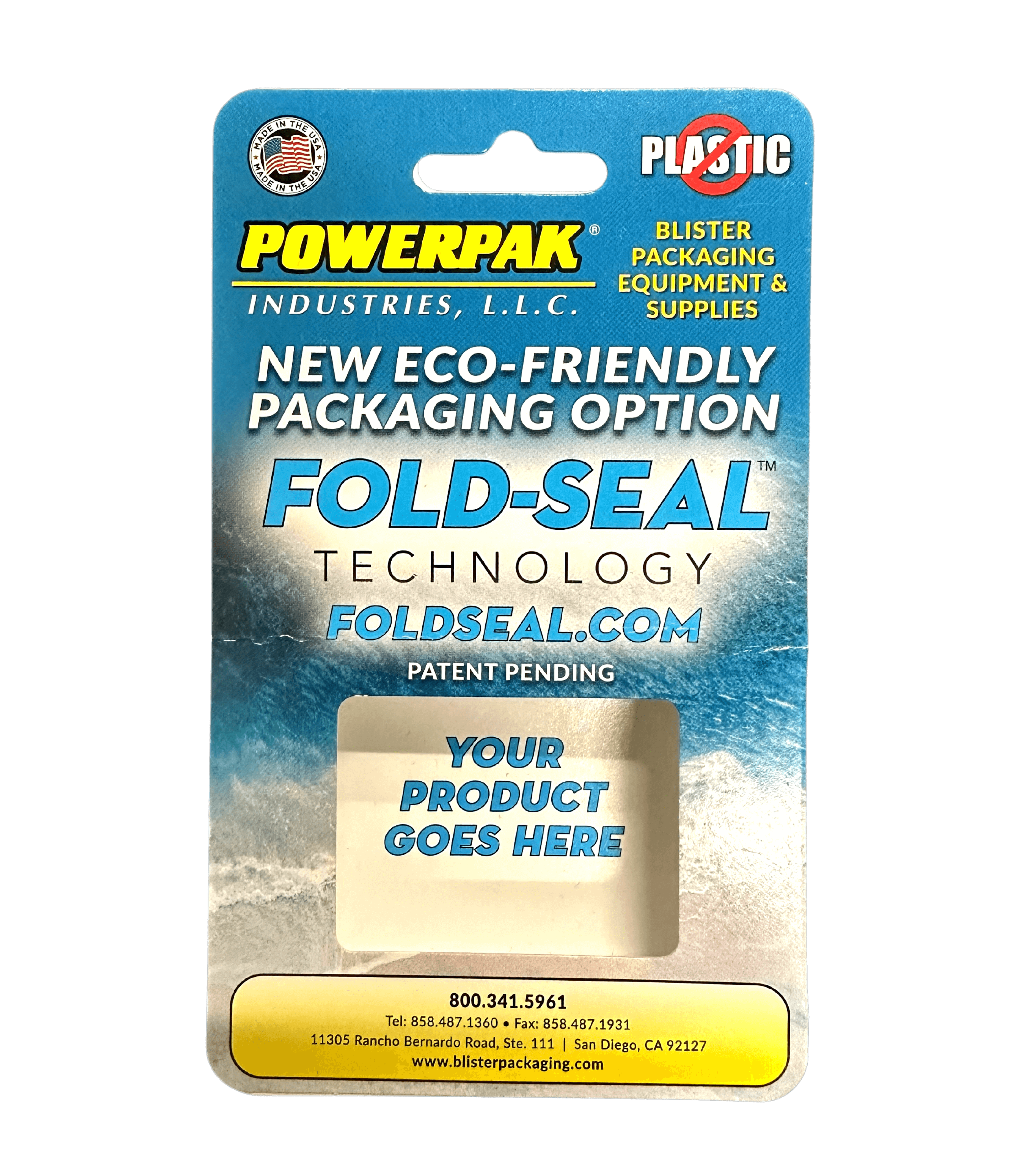
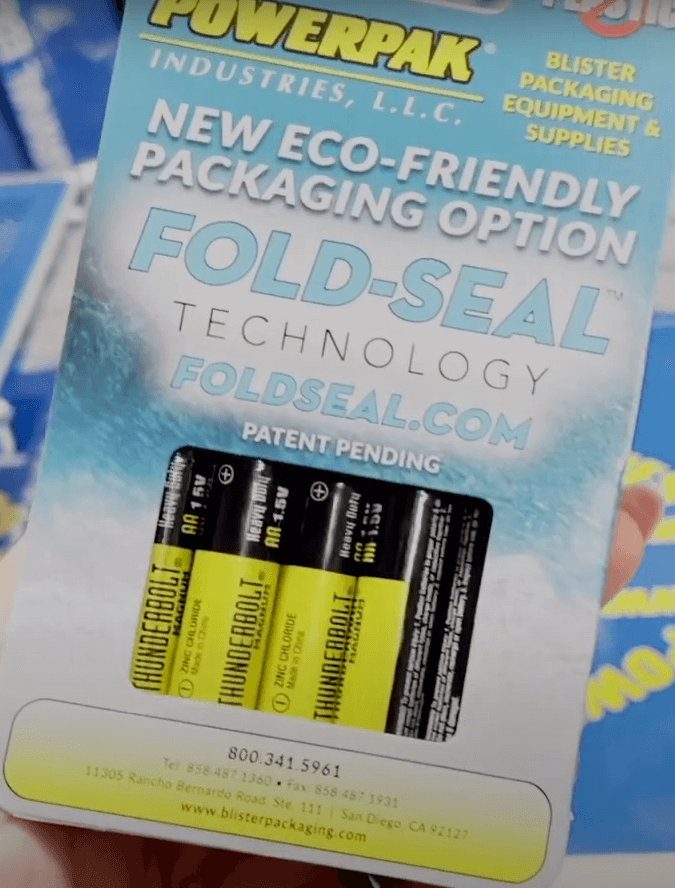



One thought